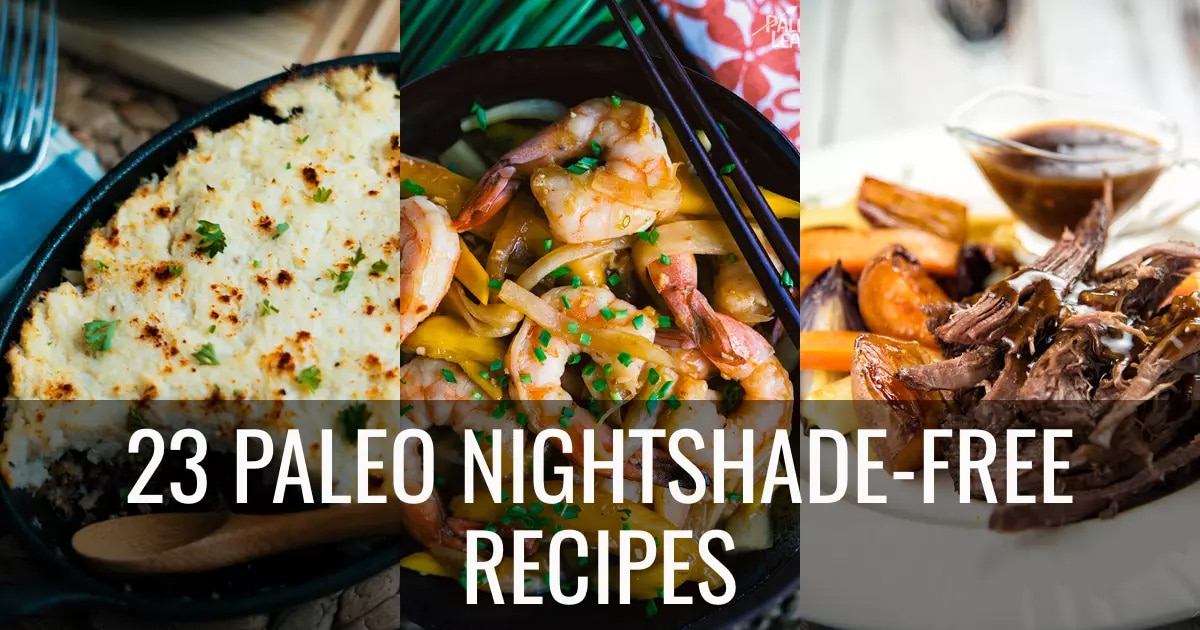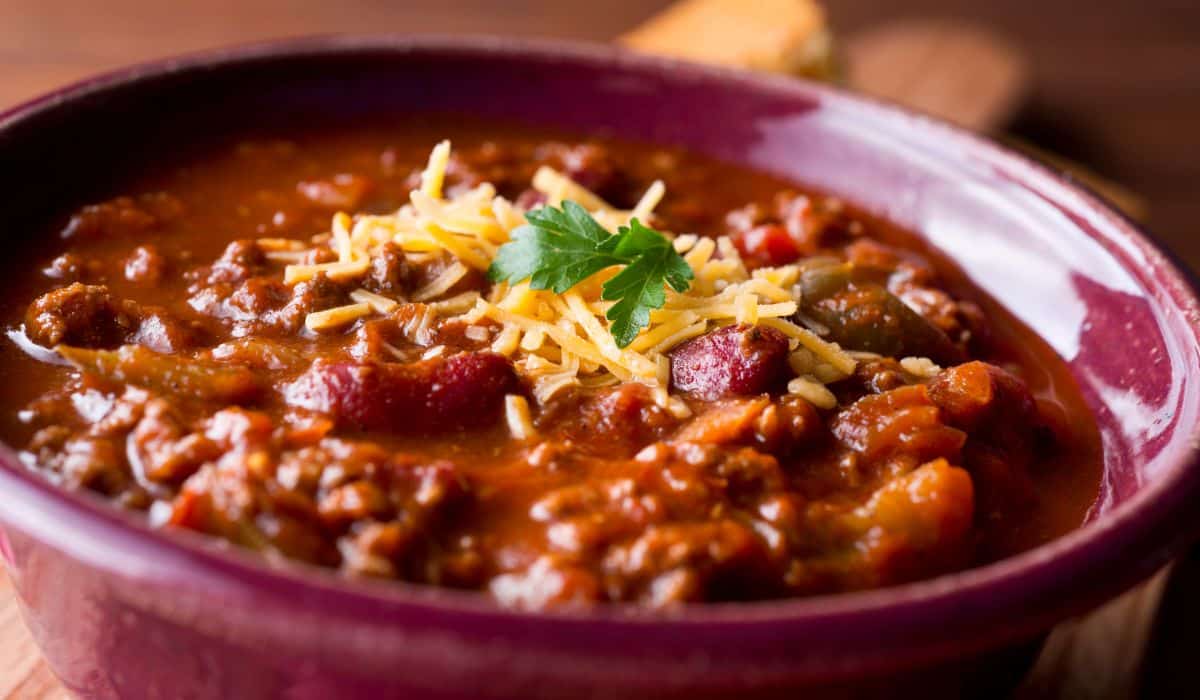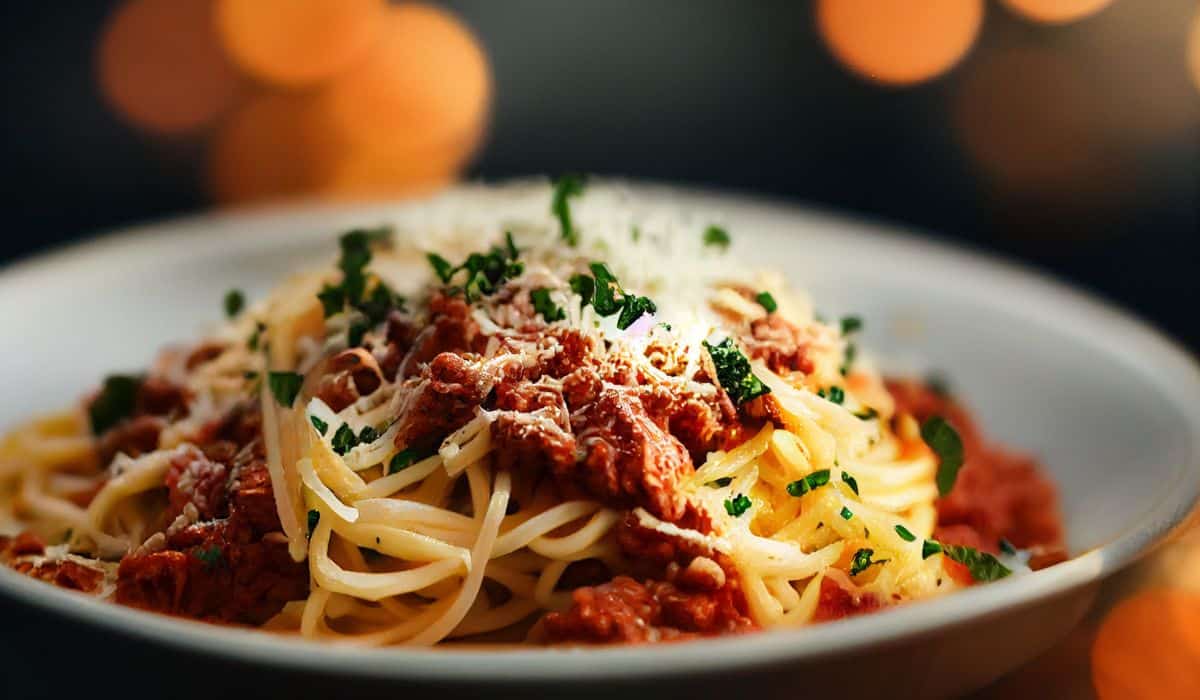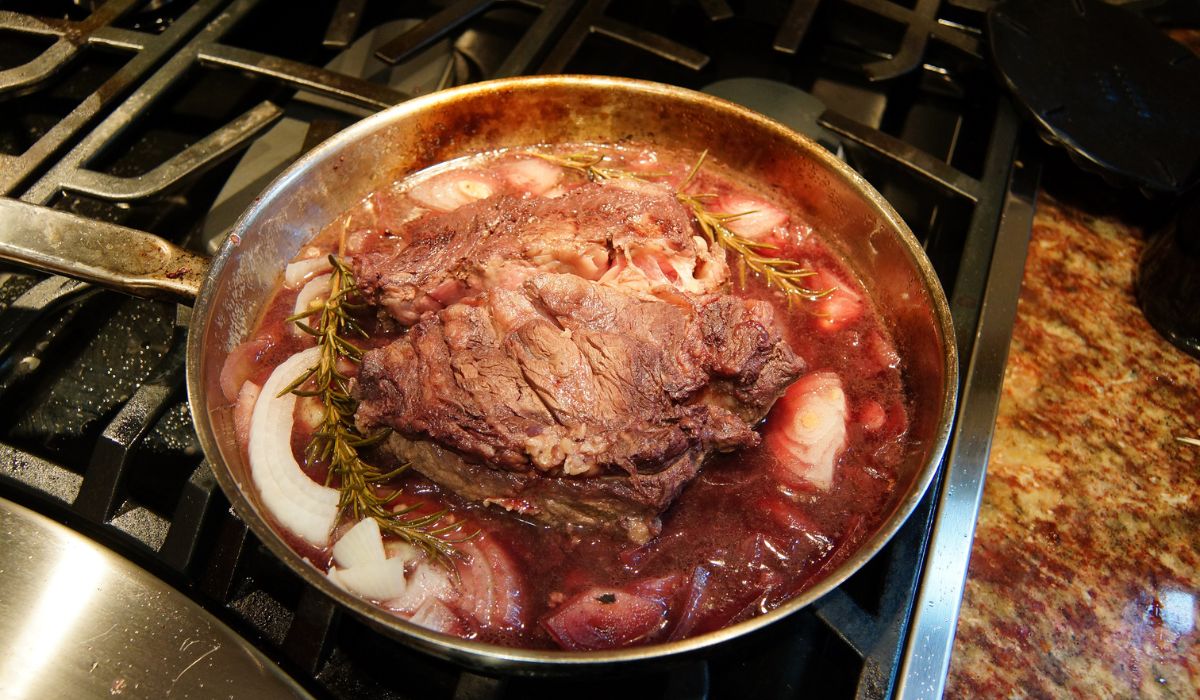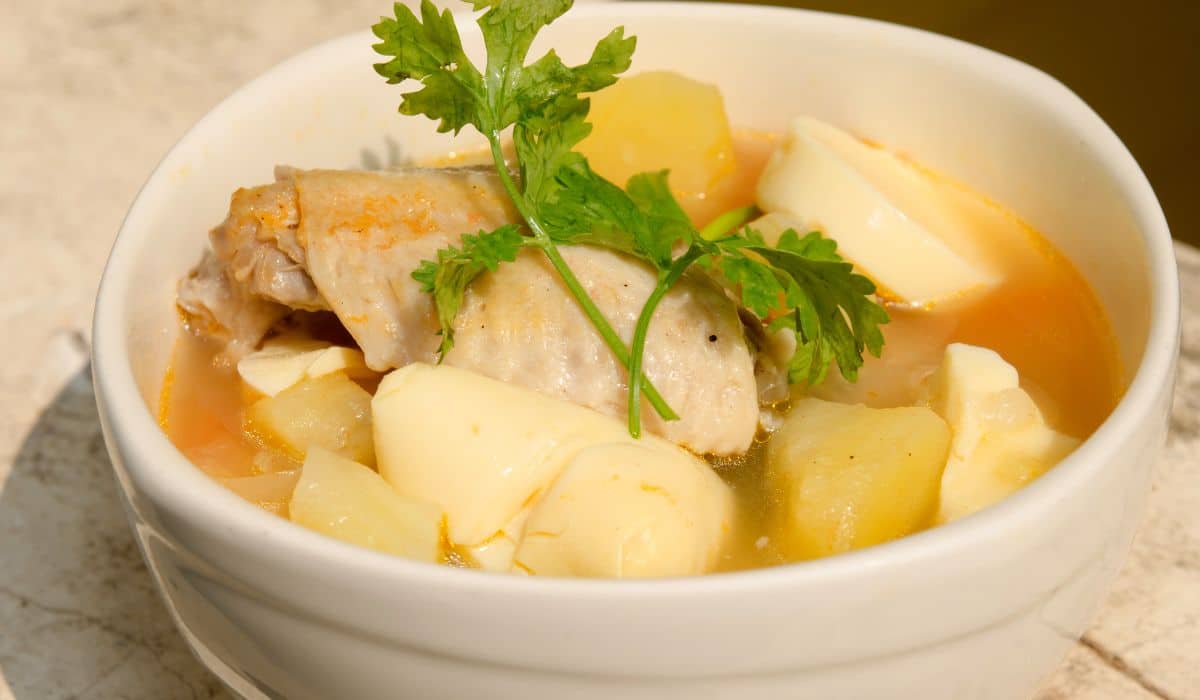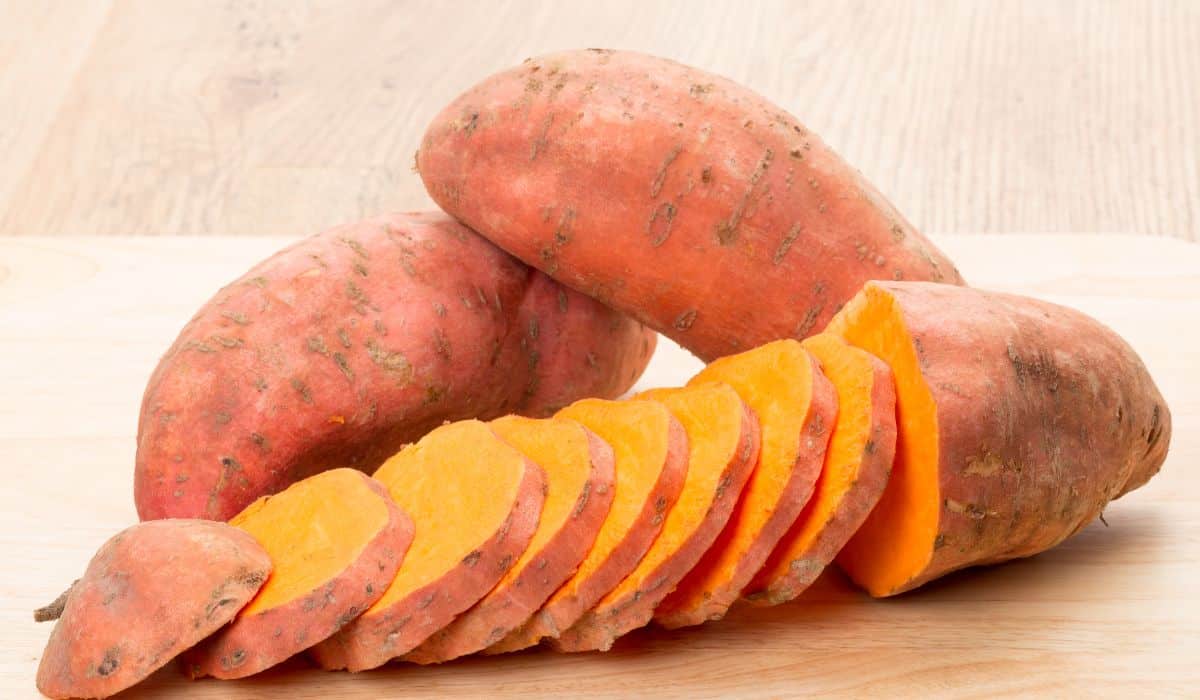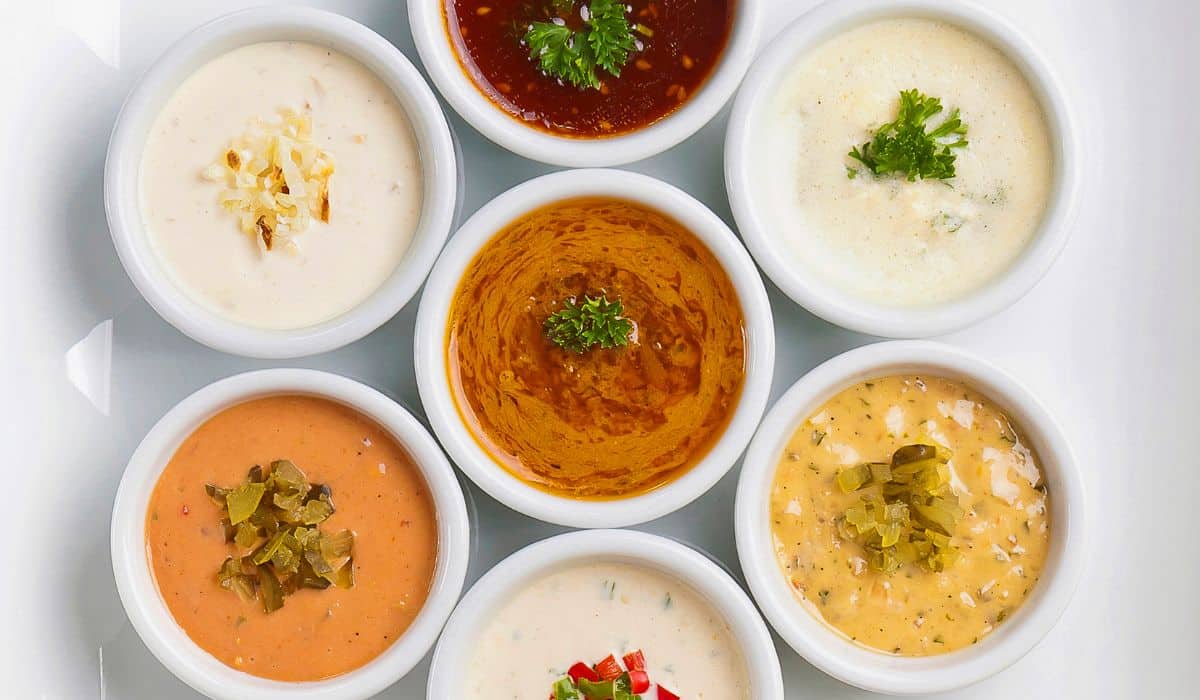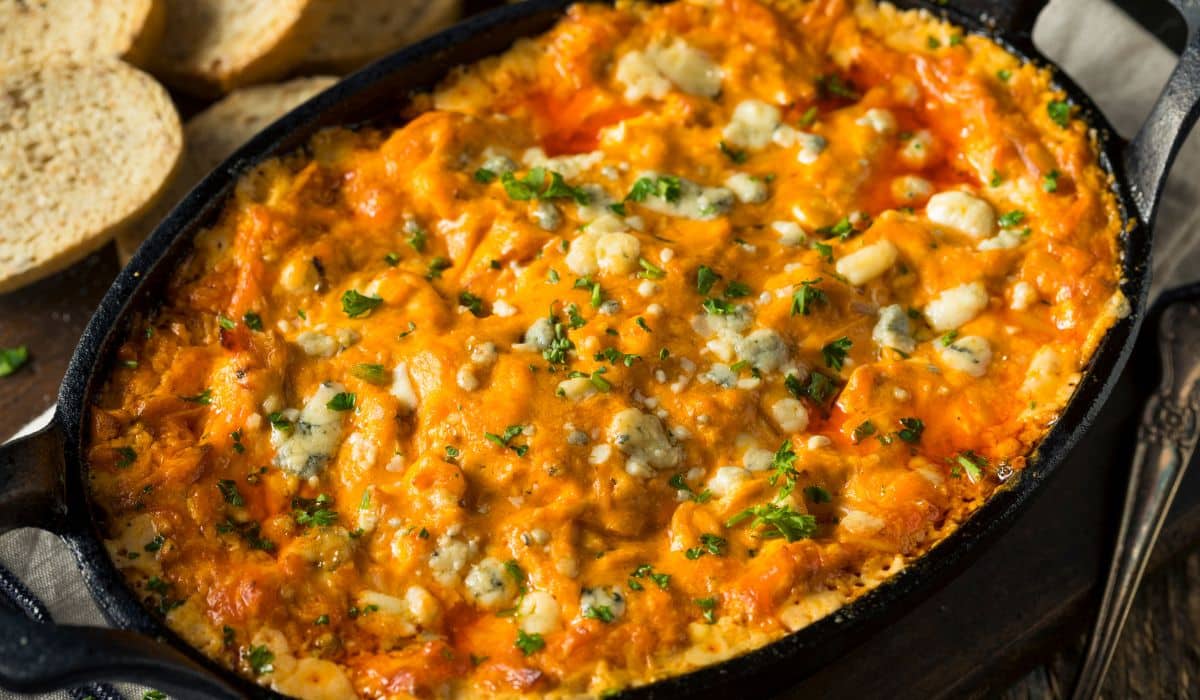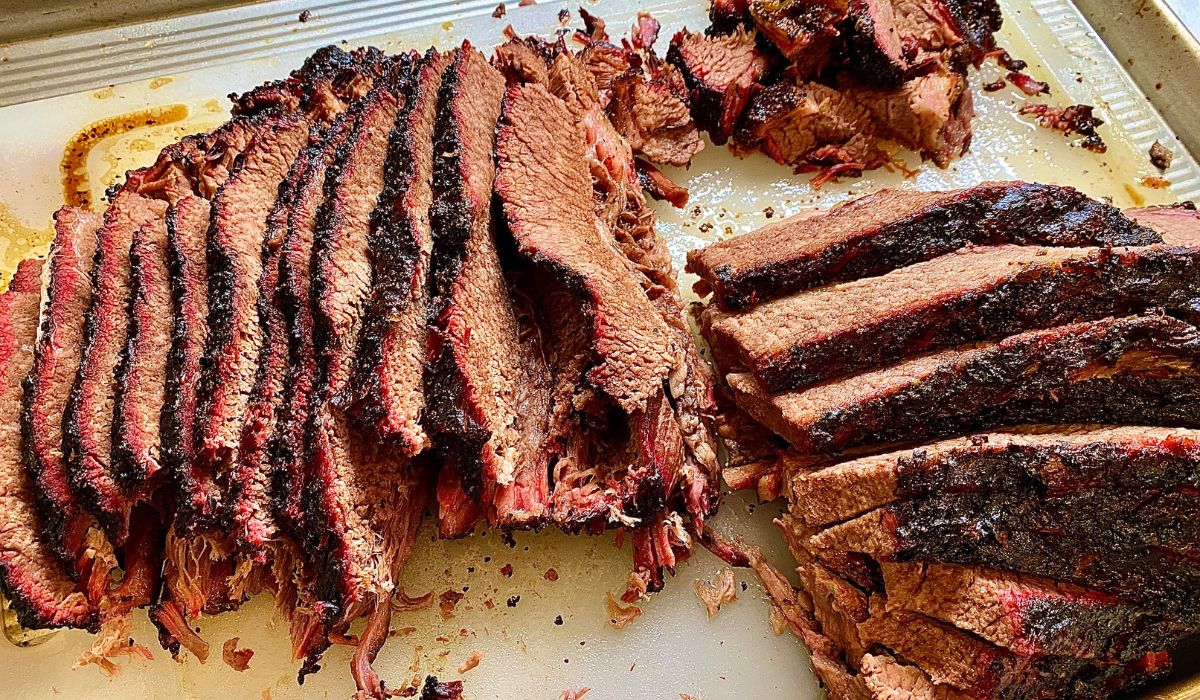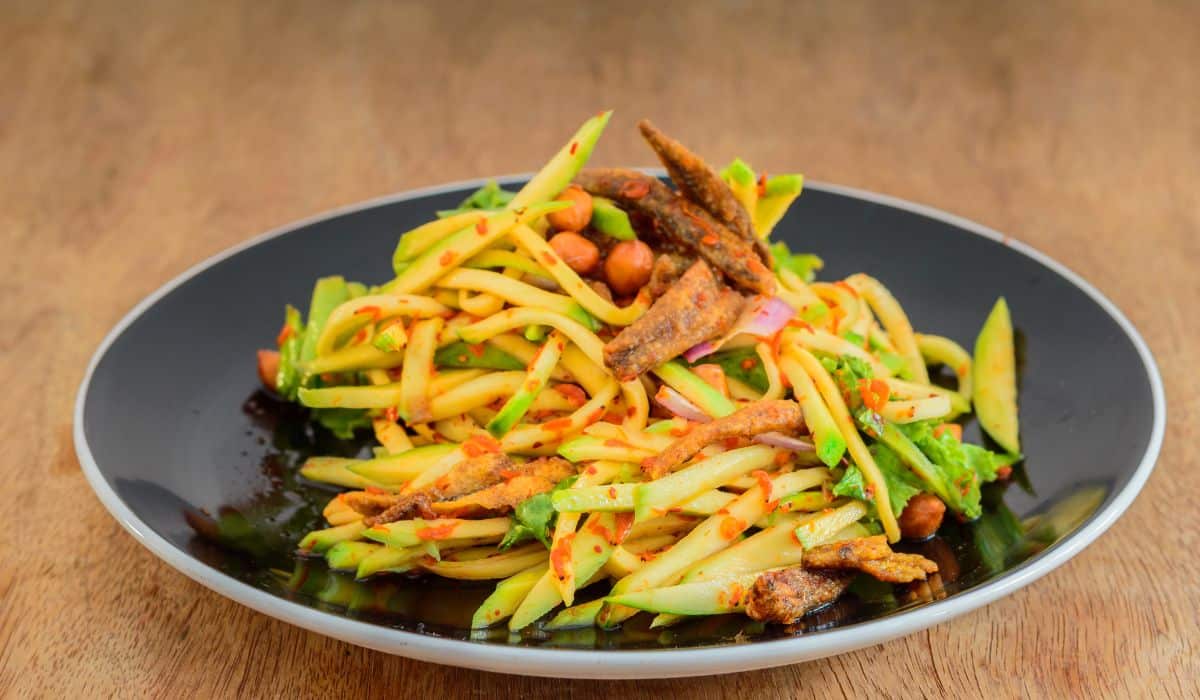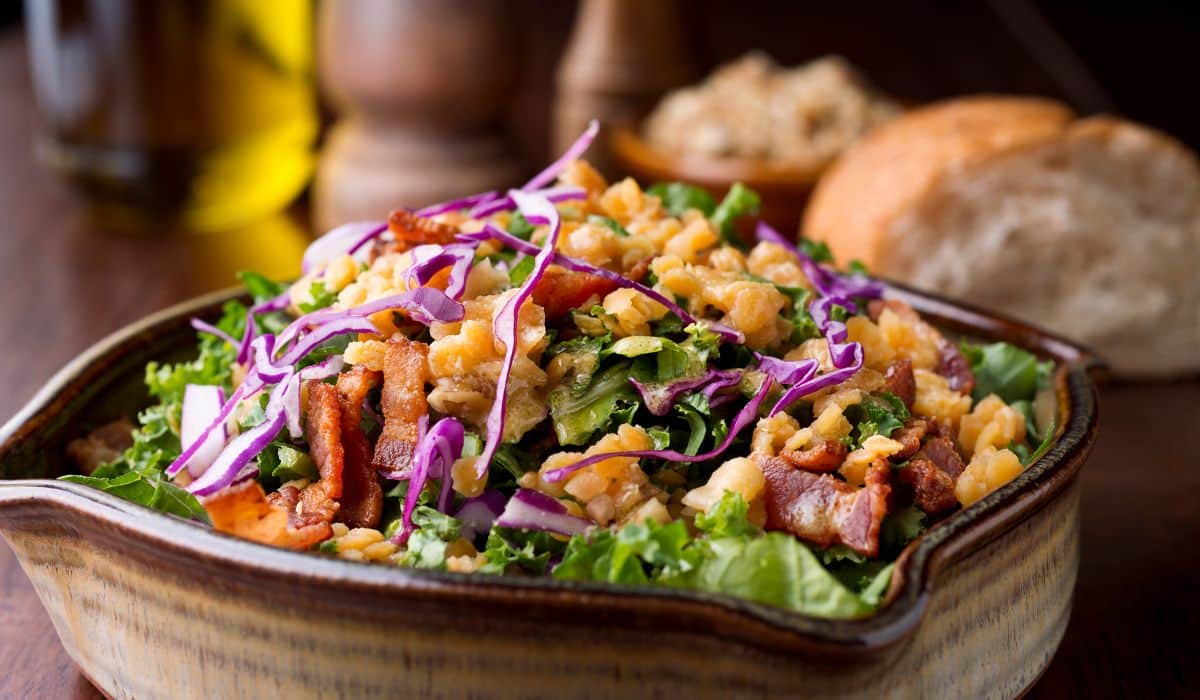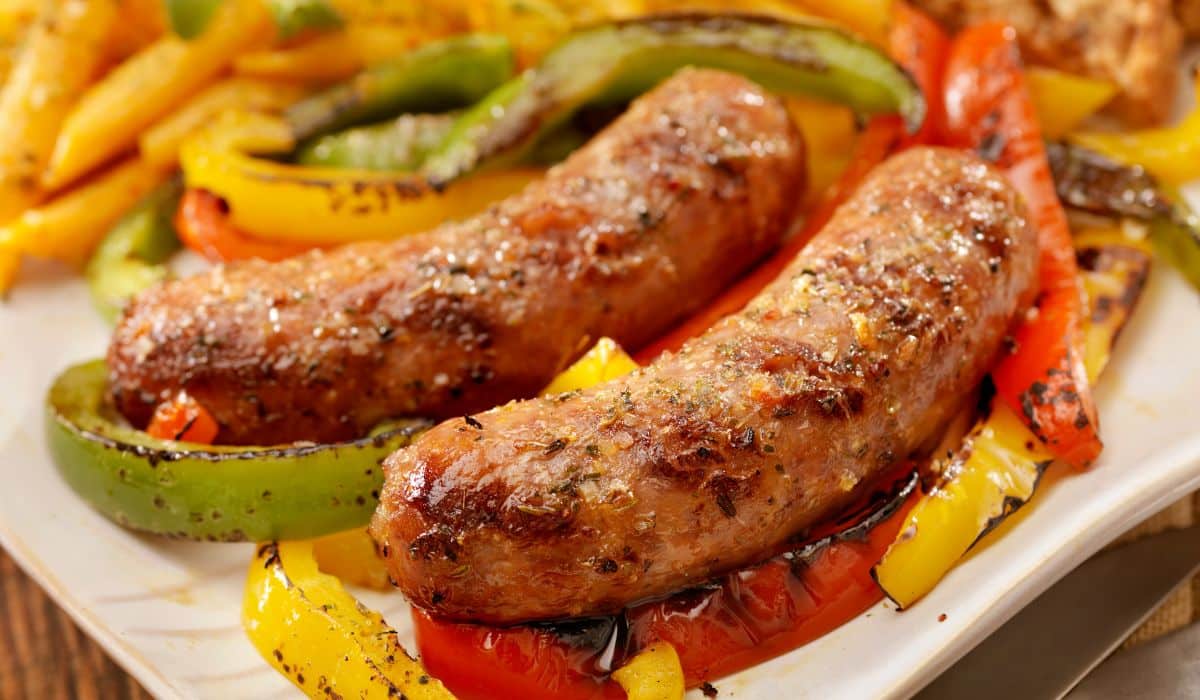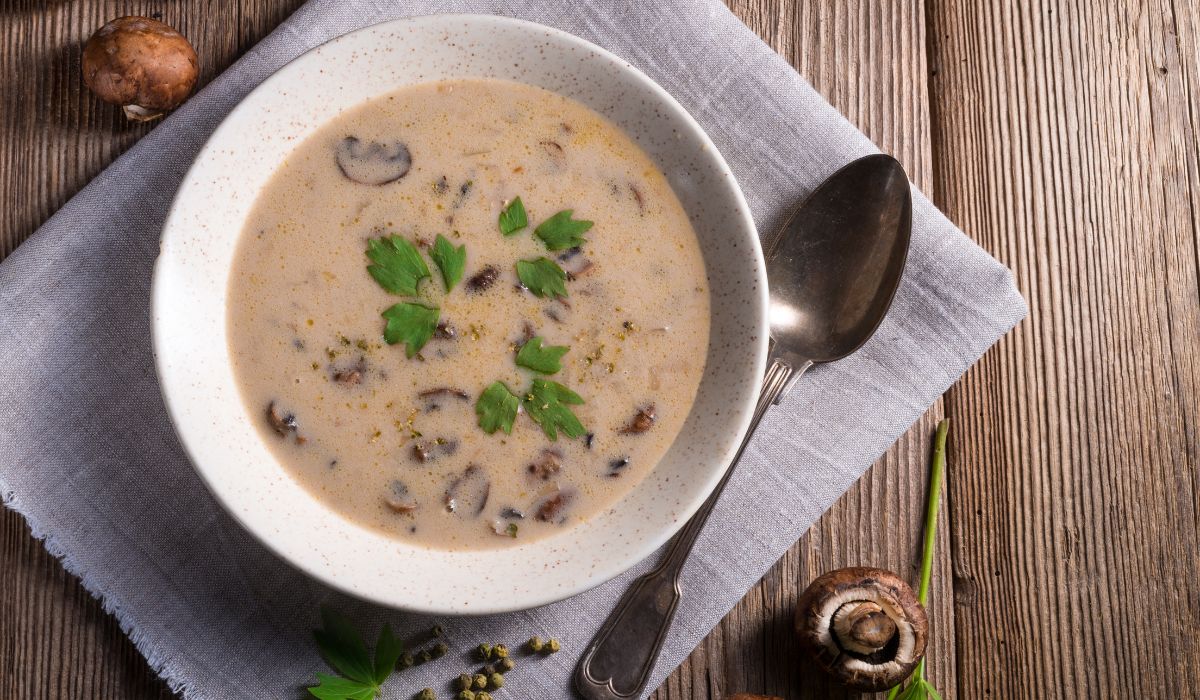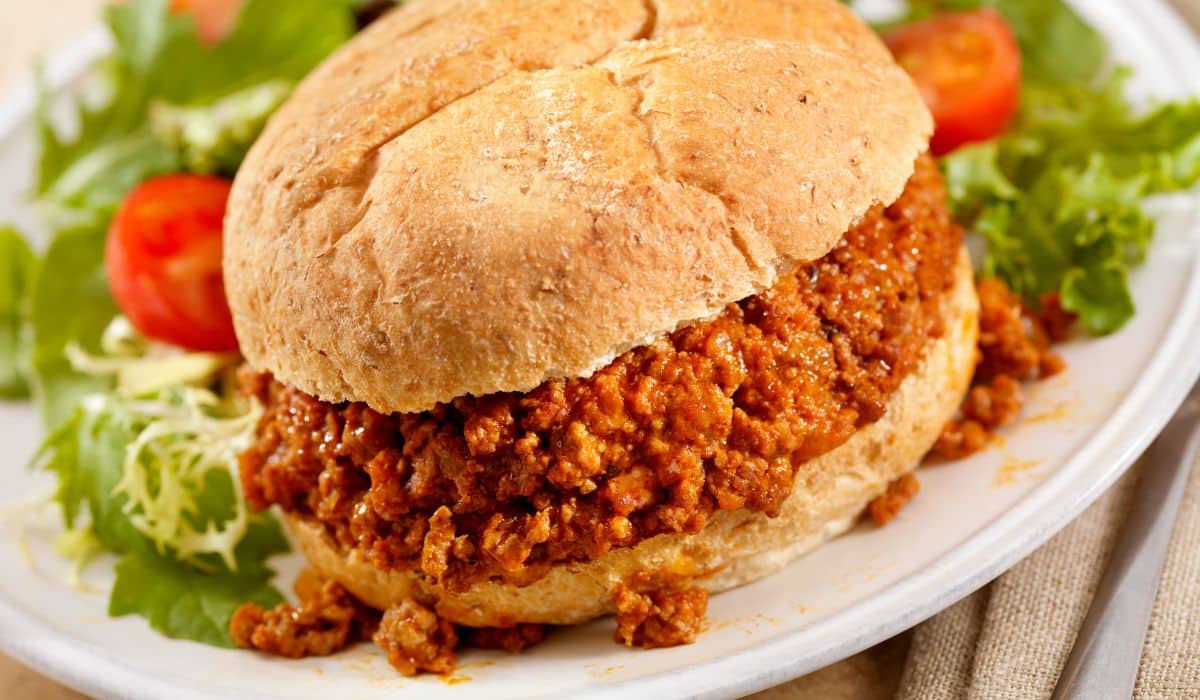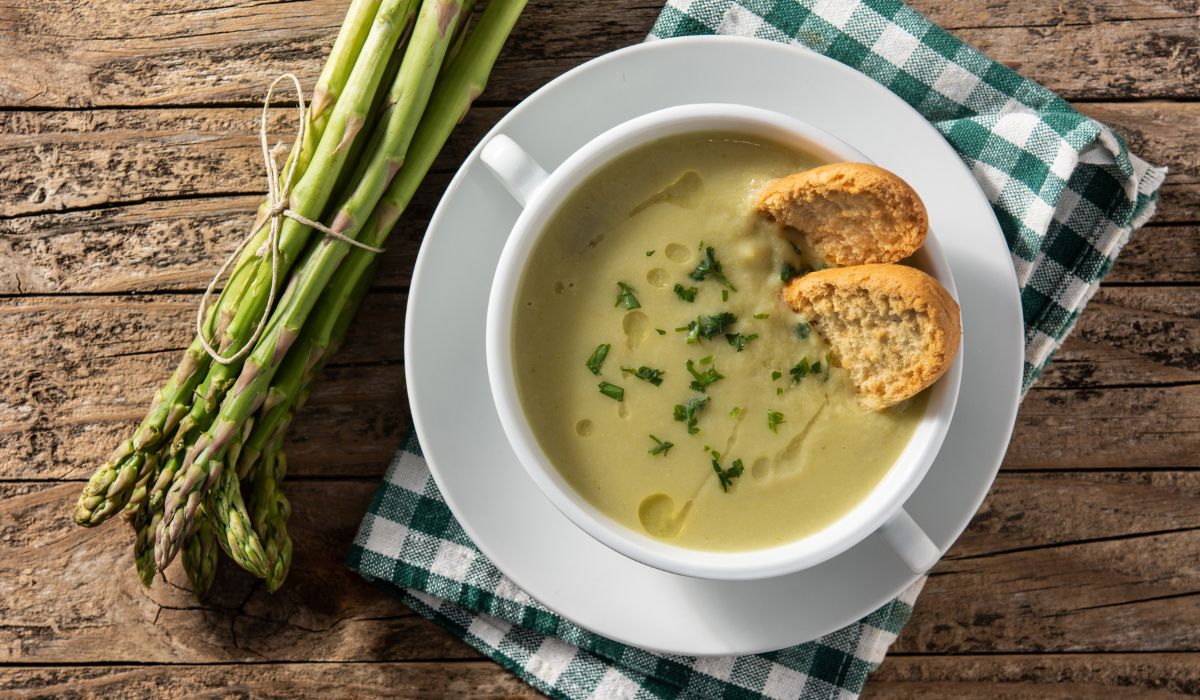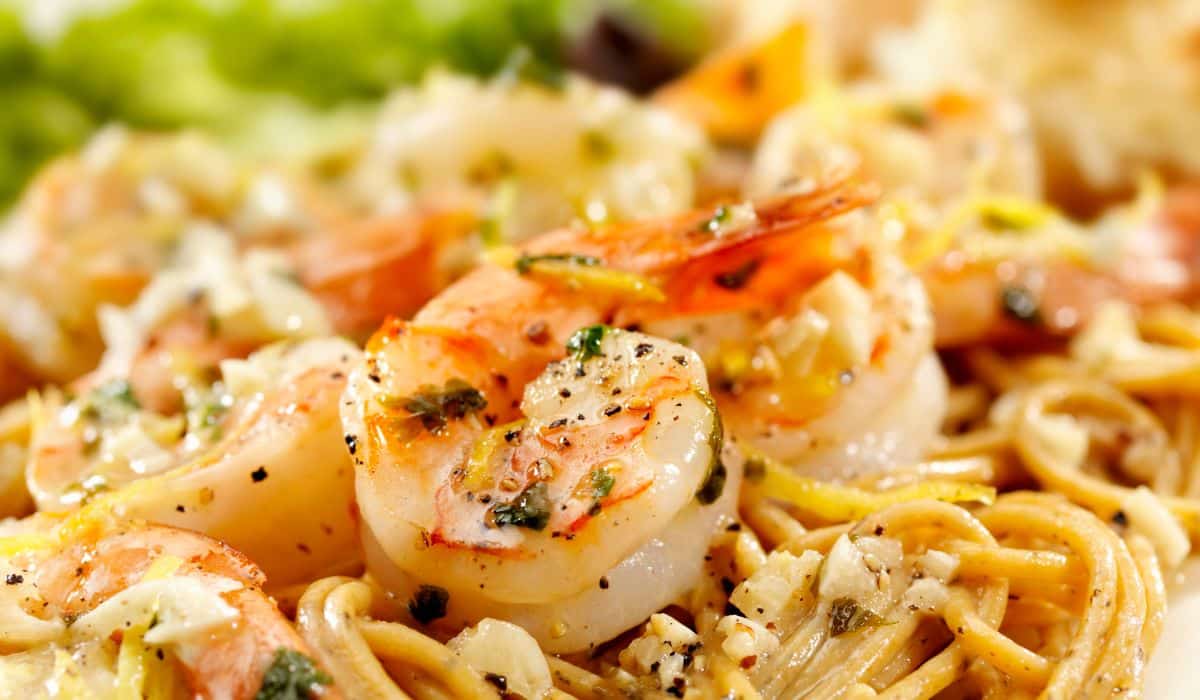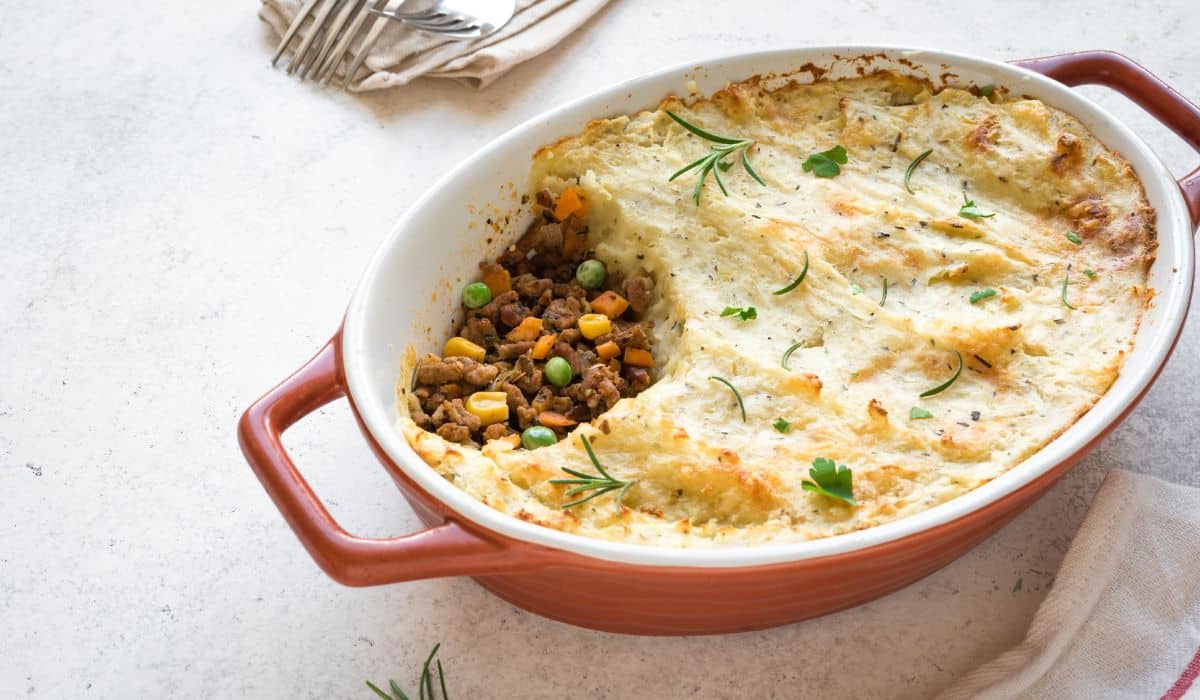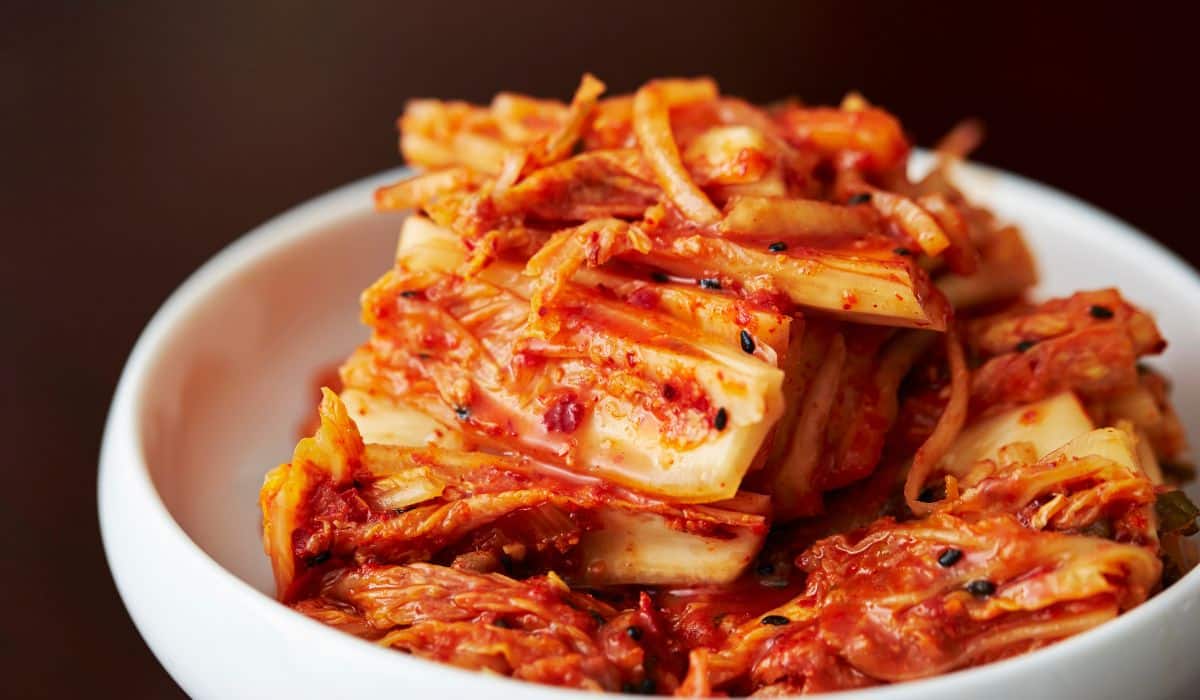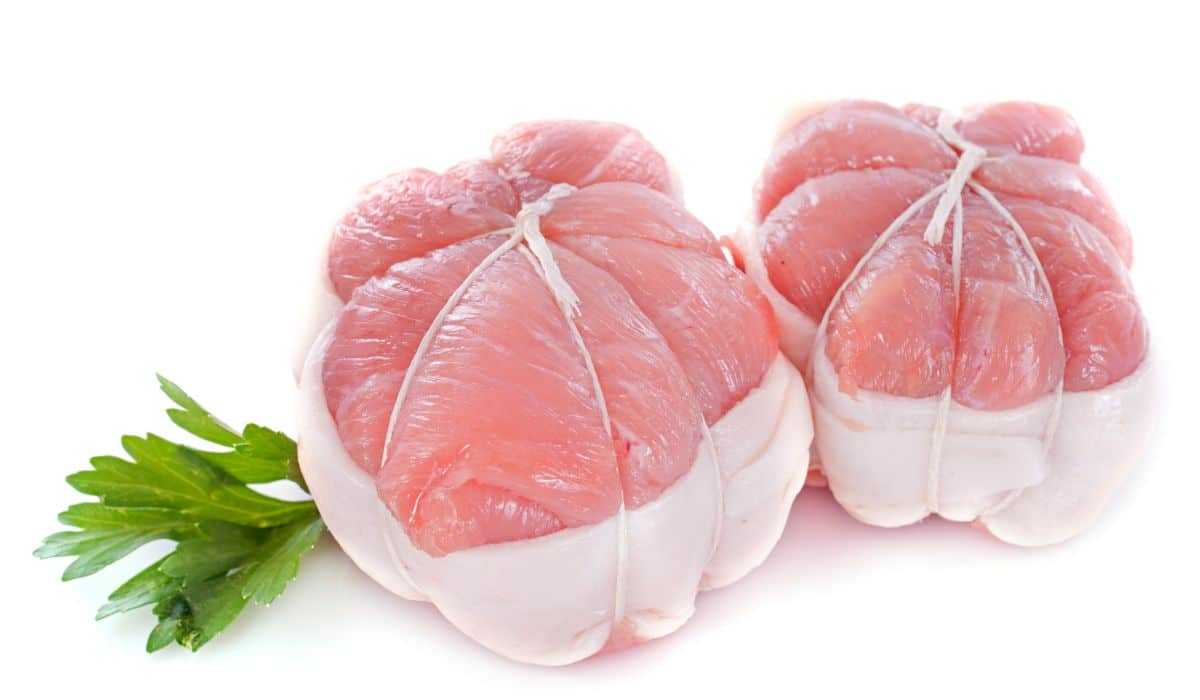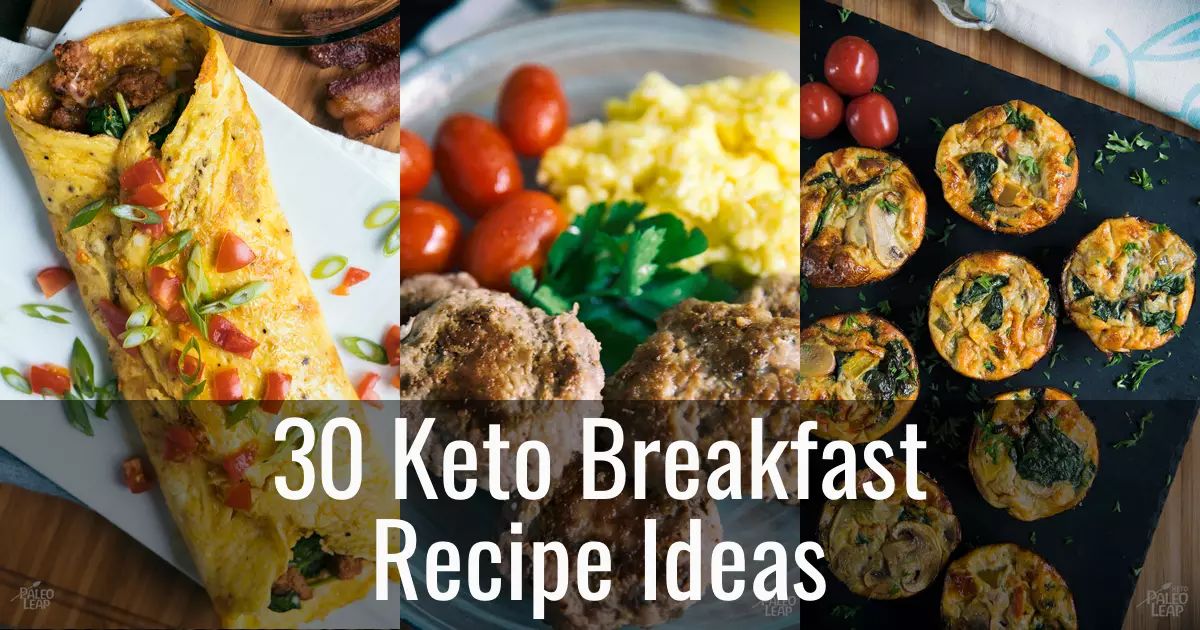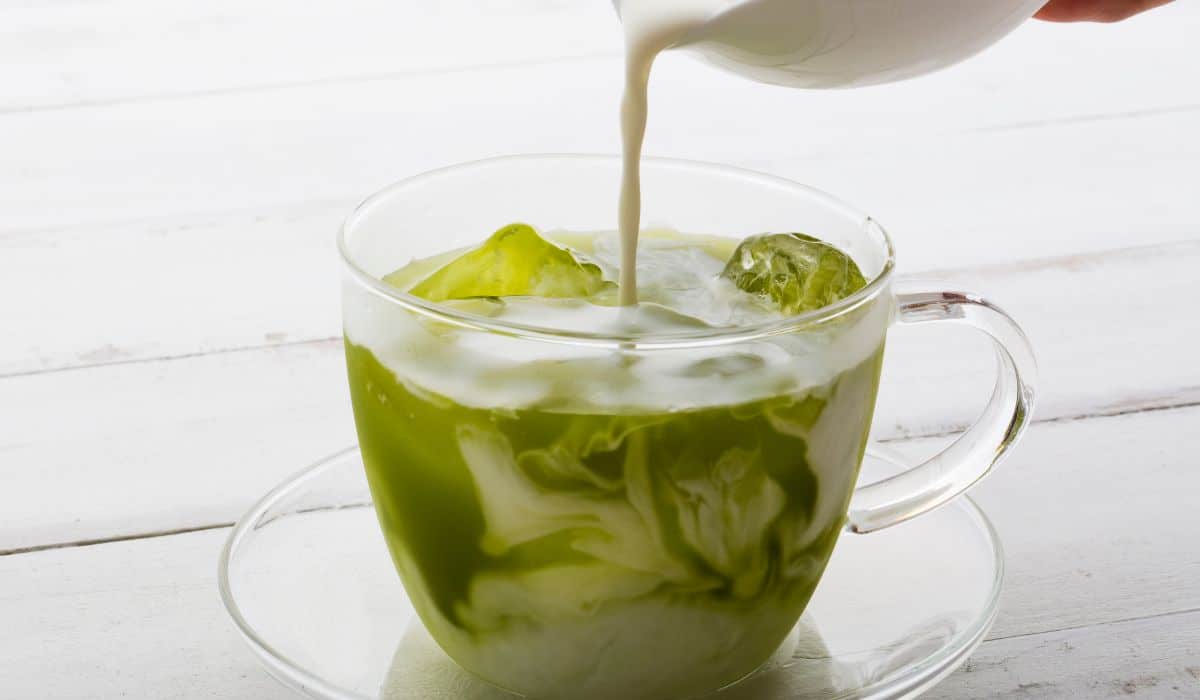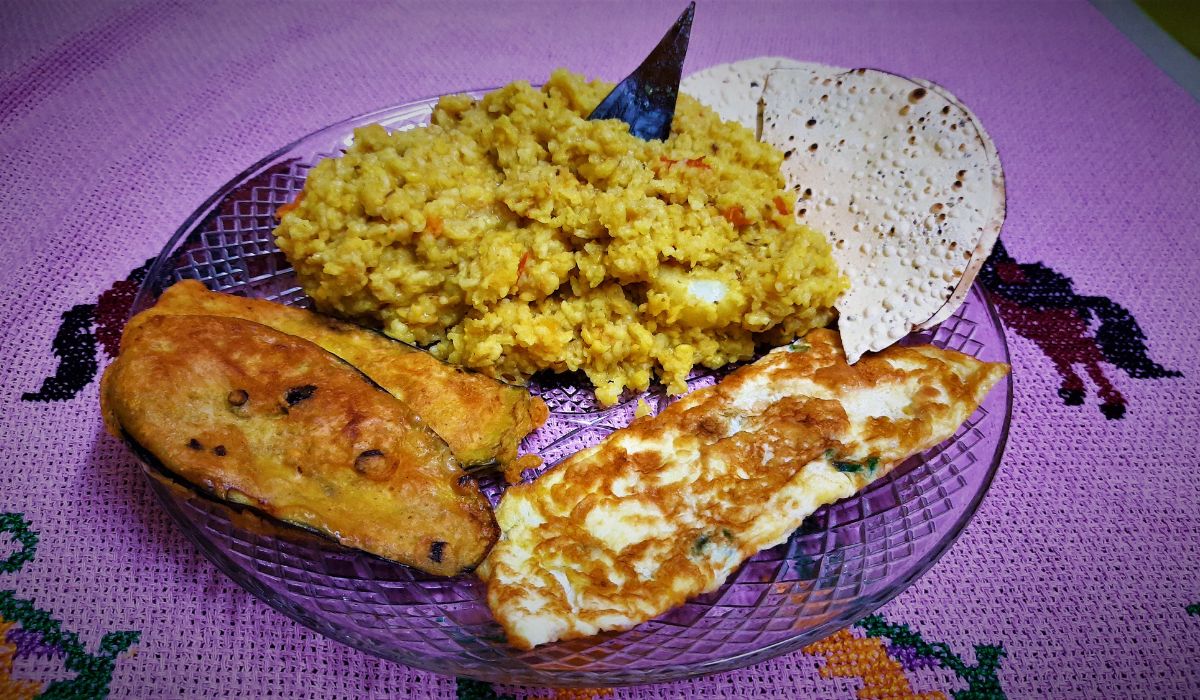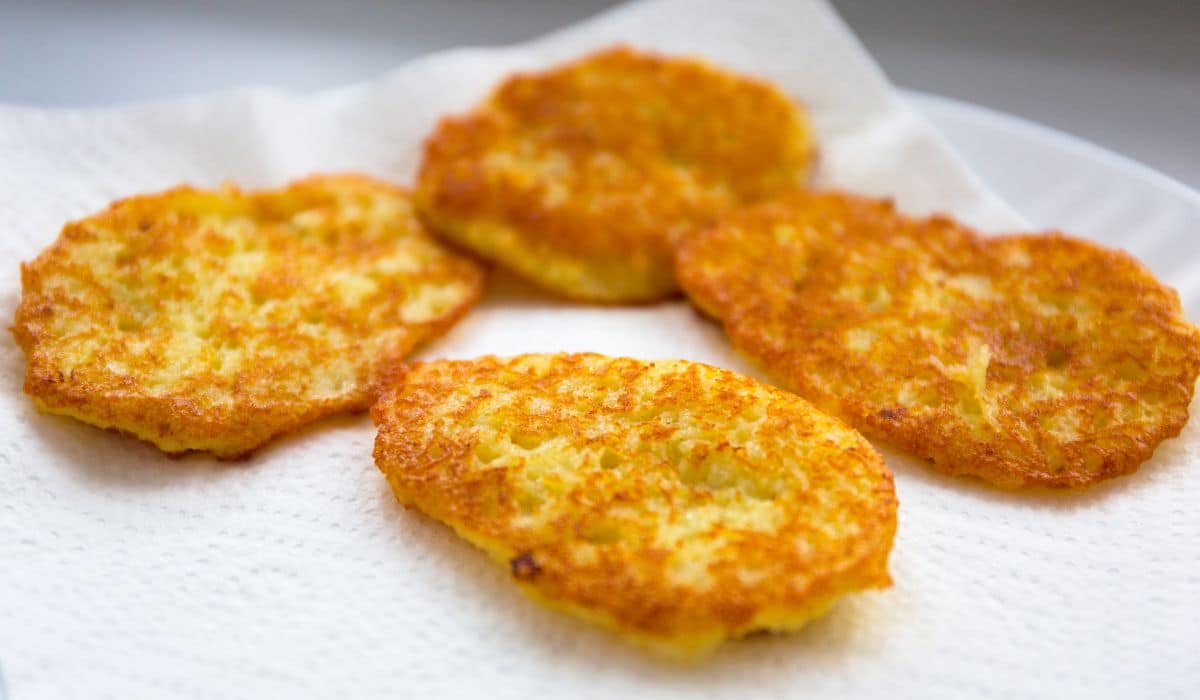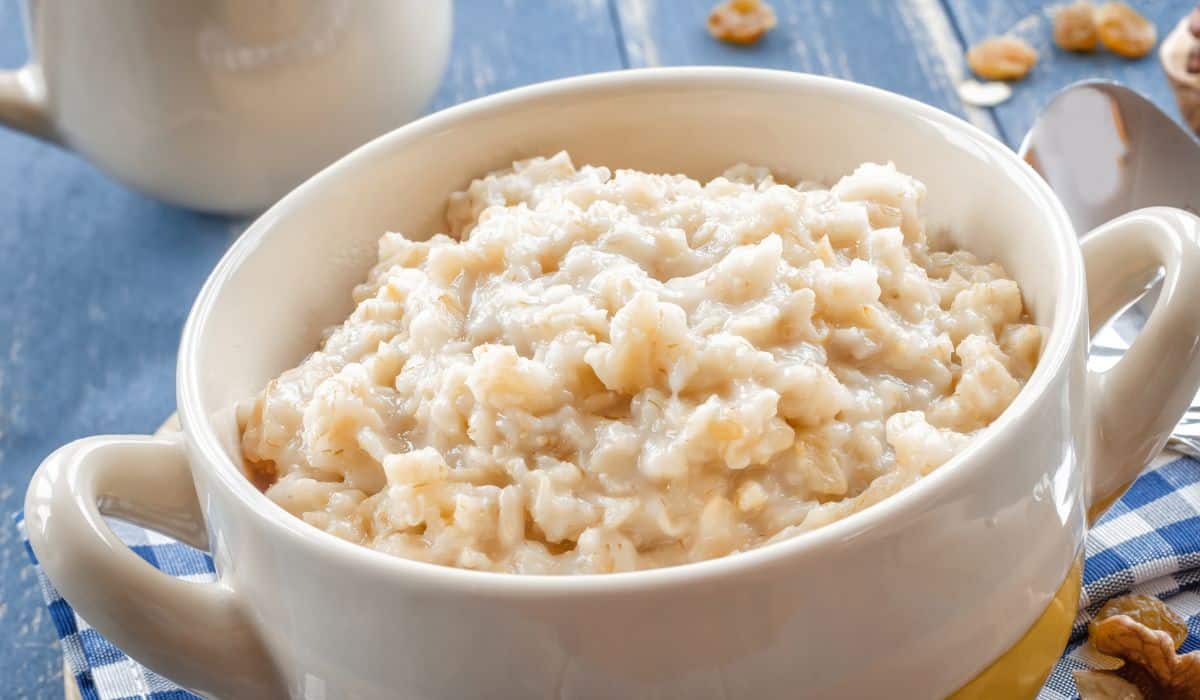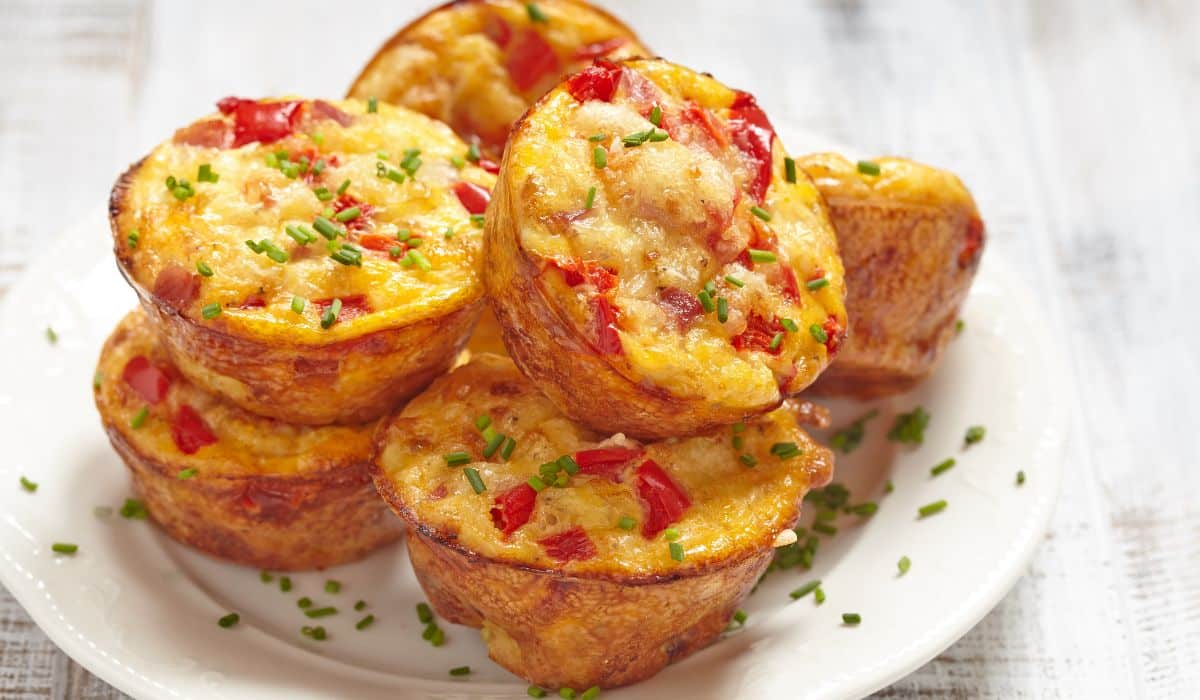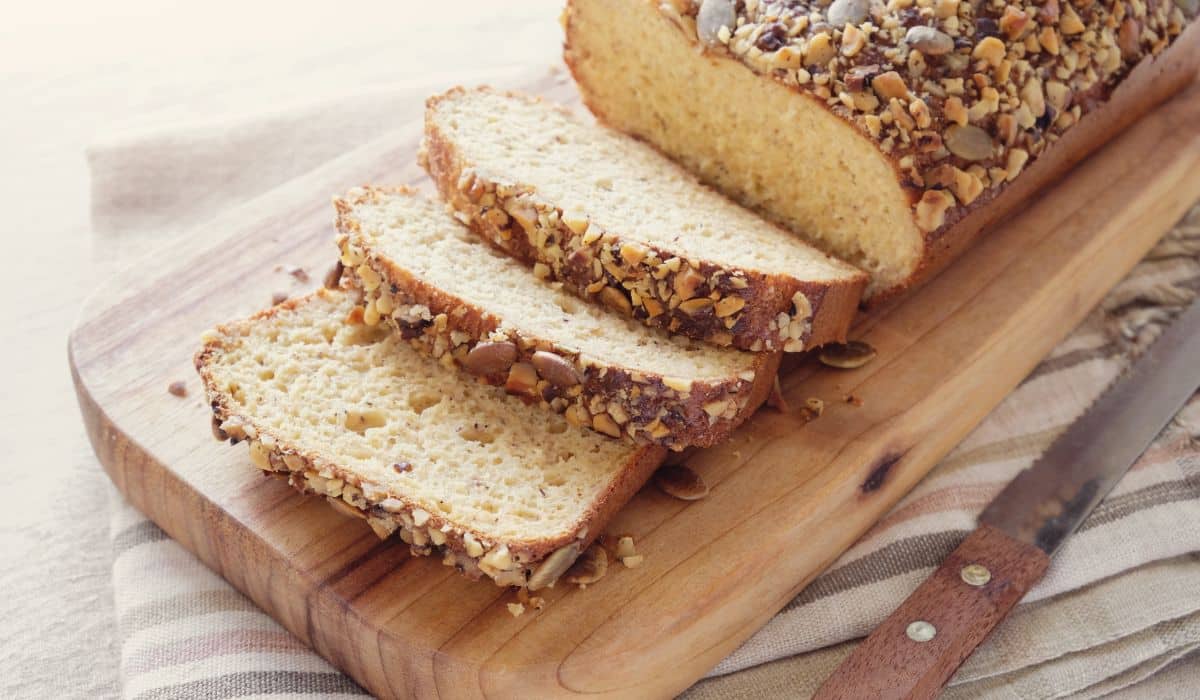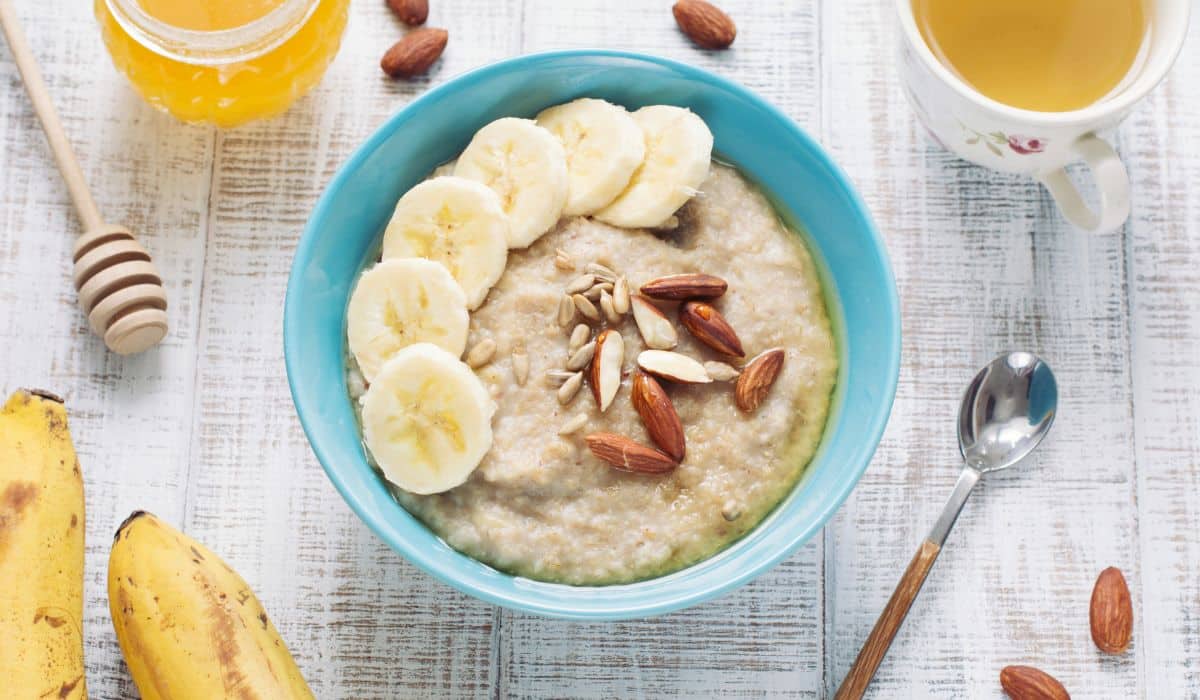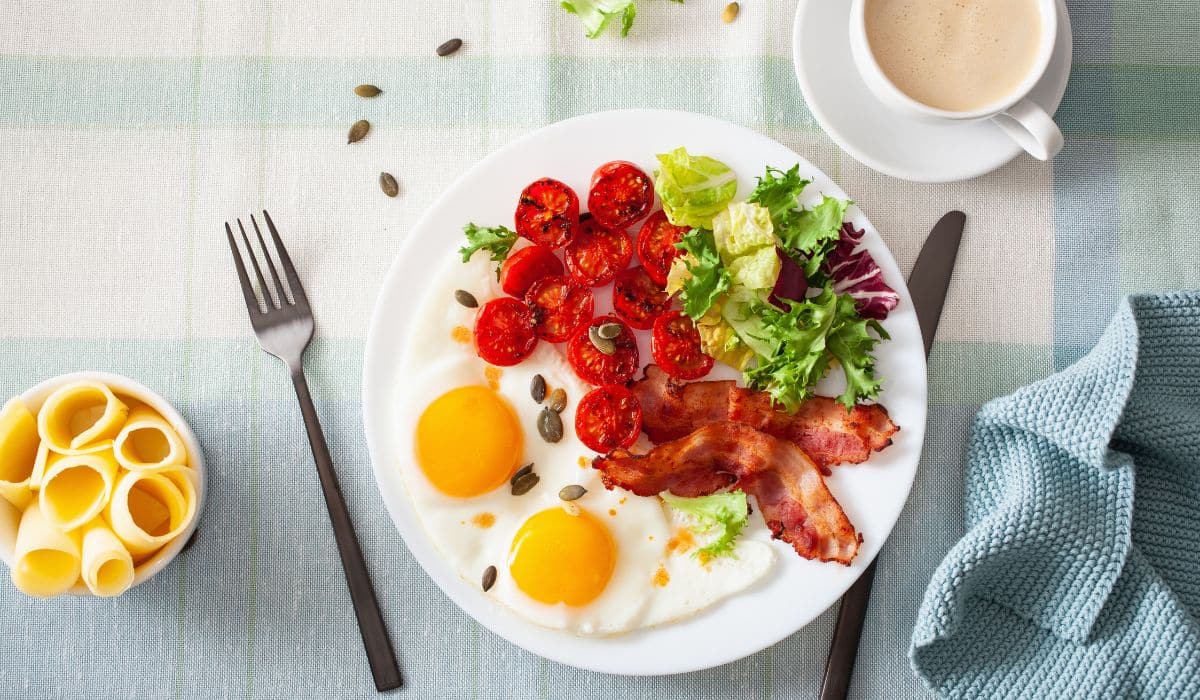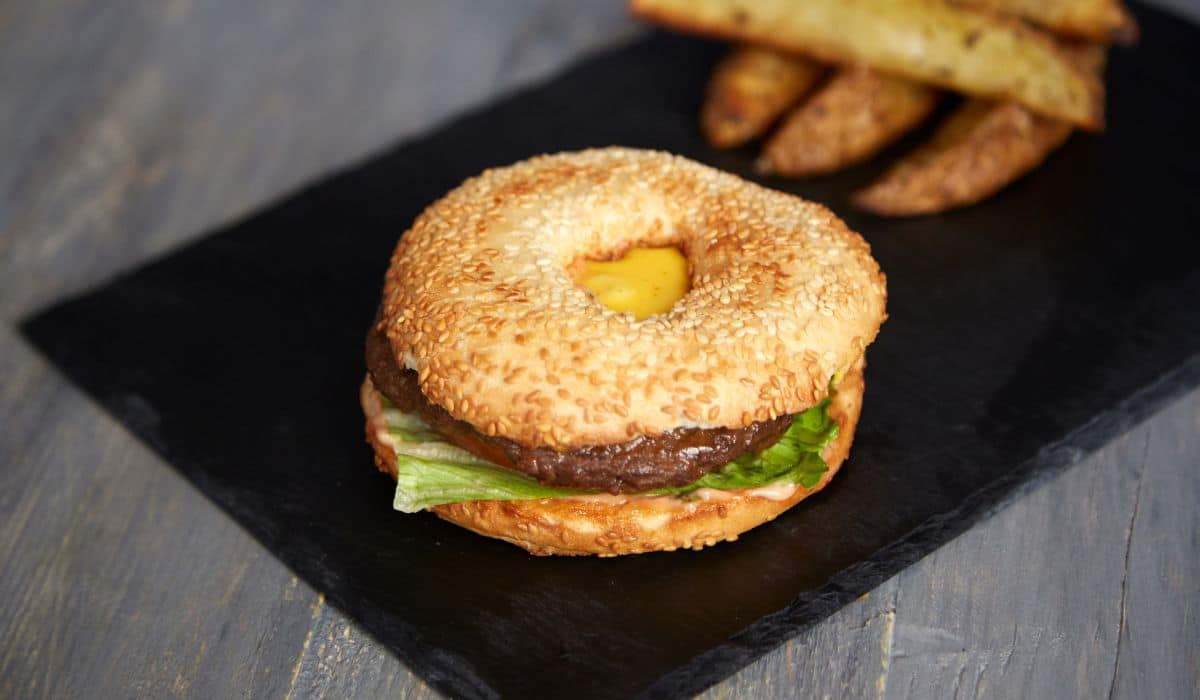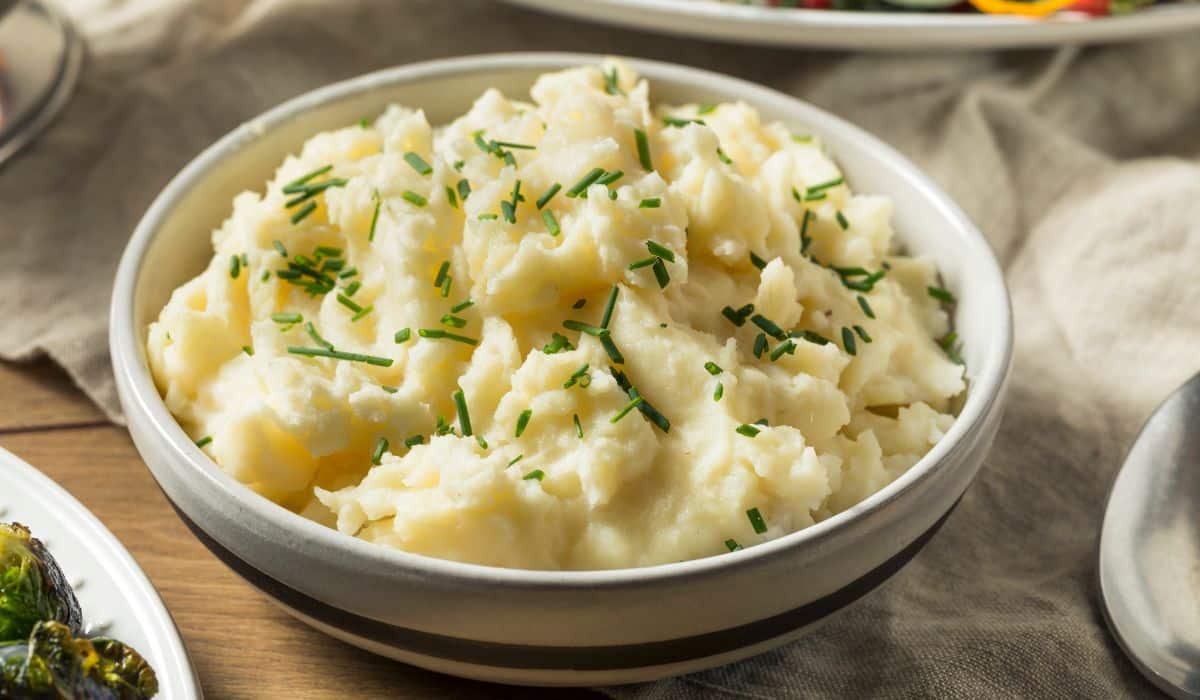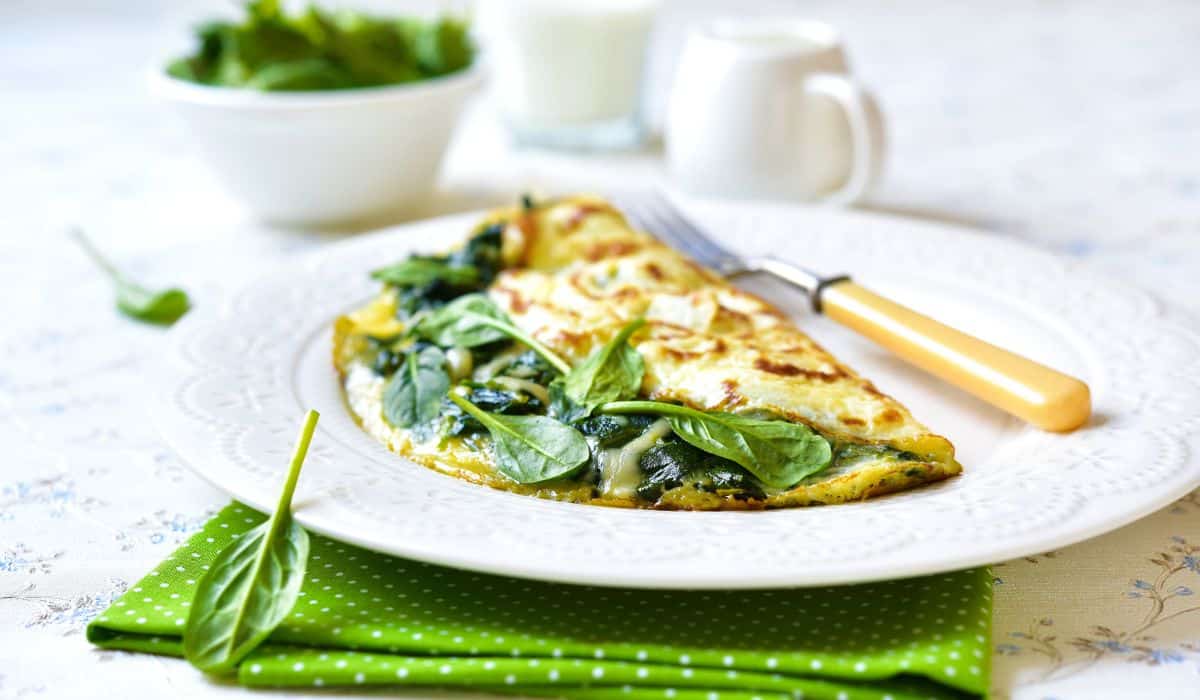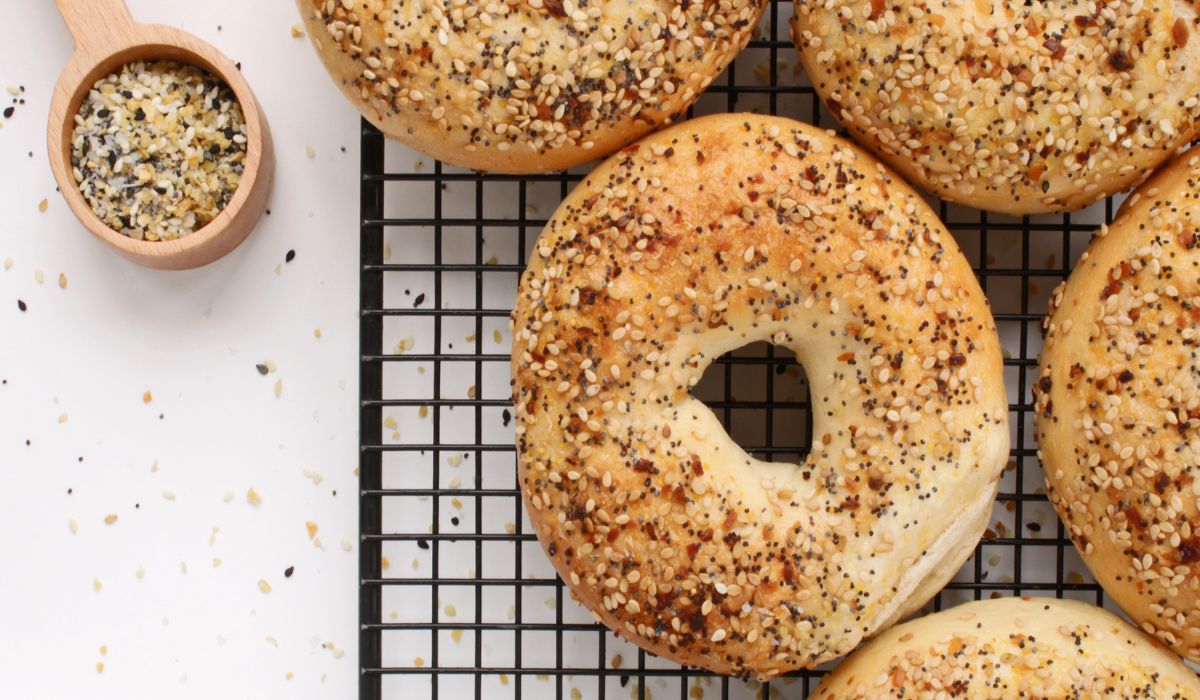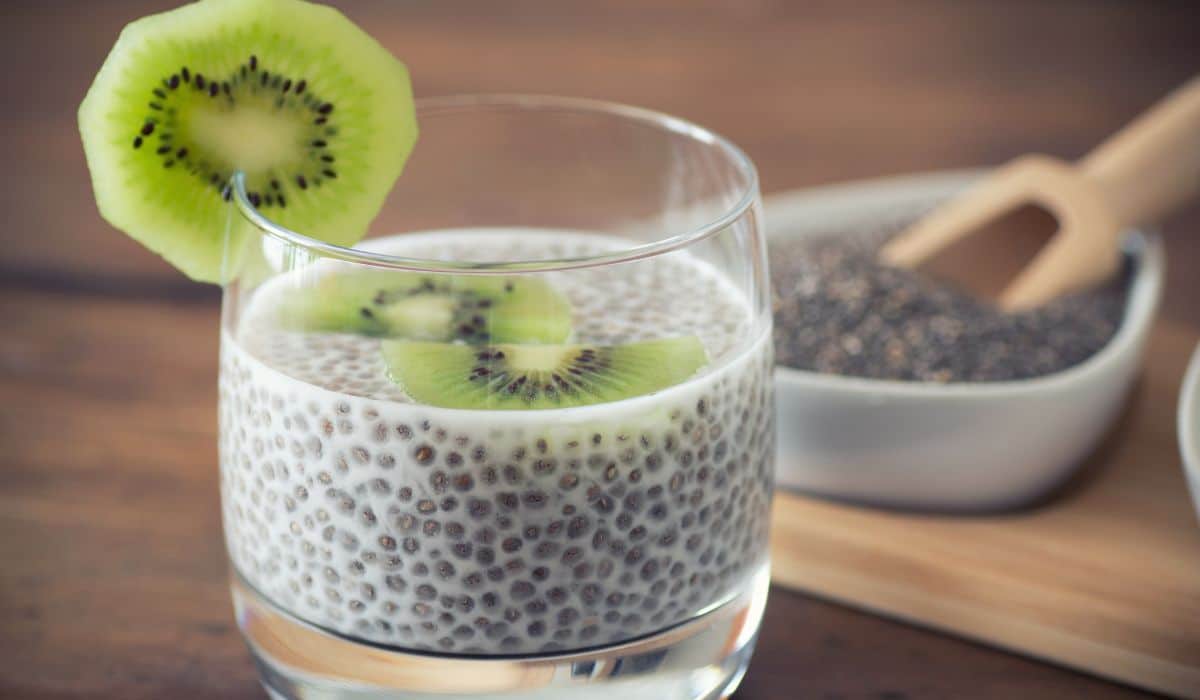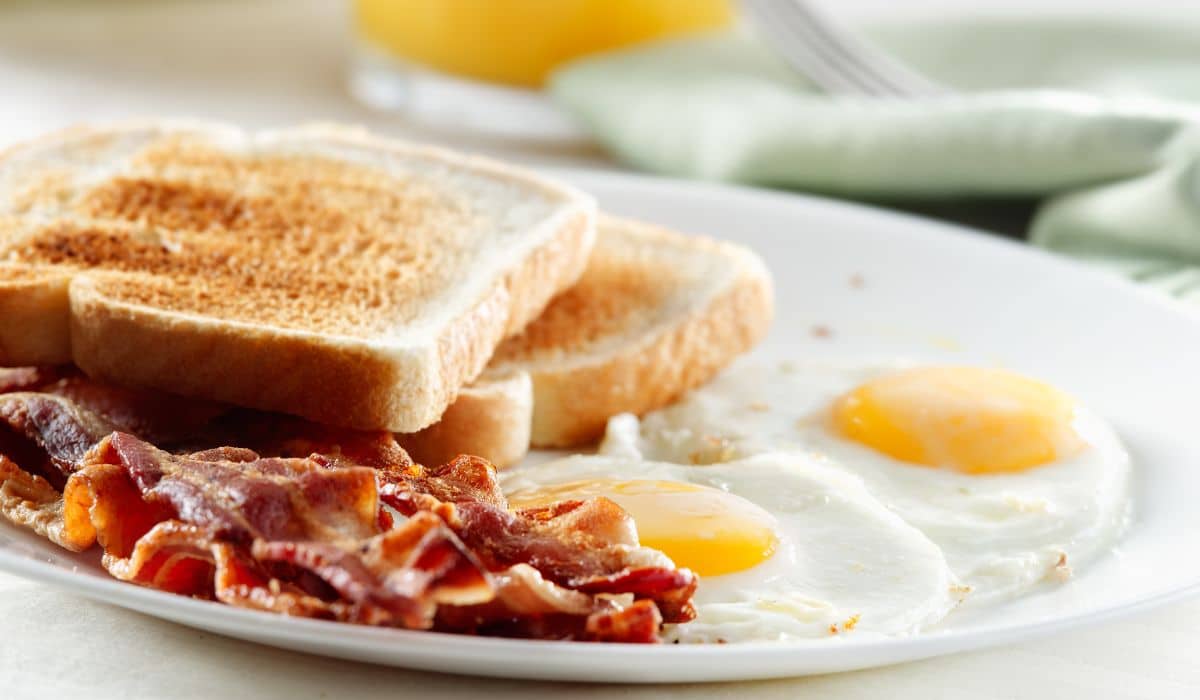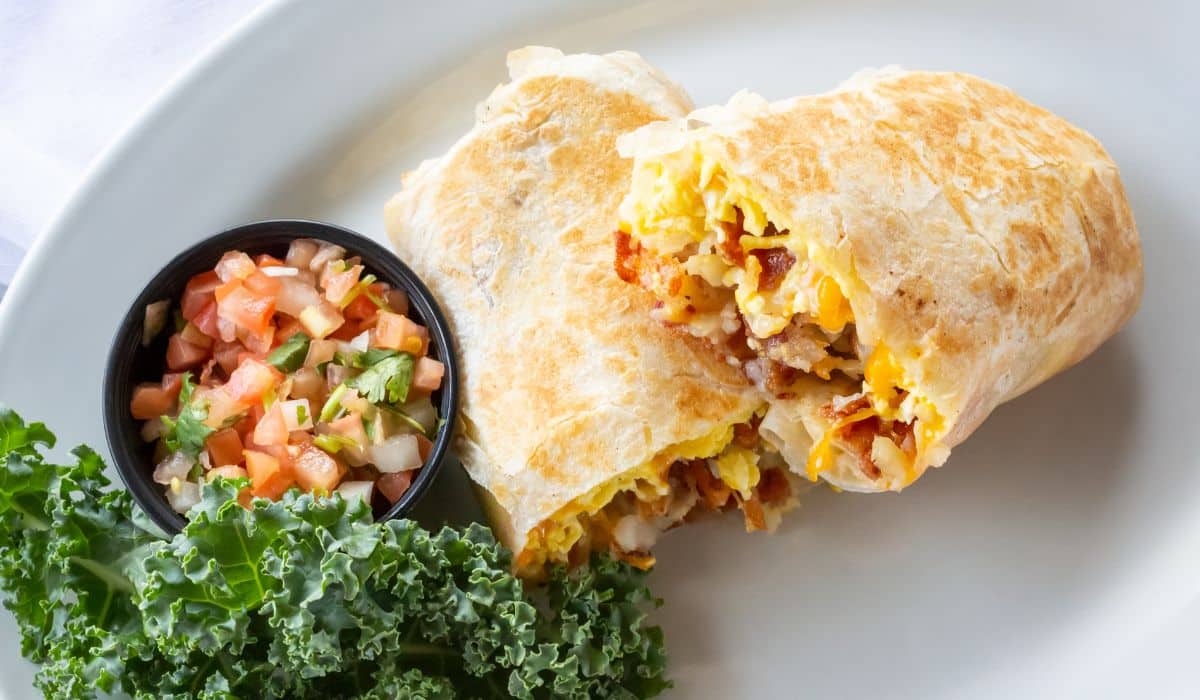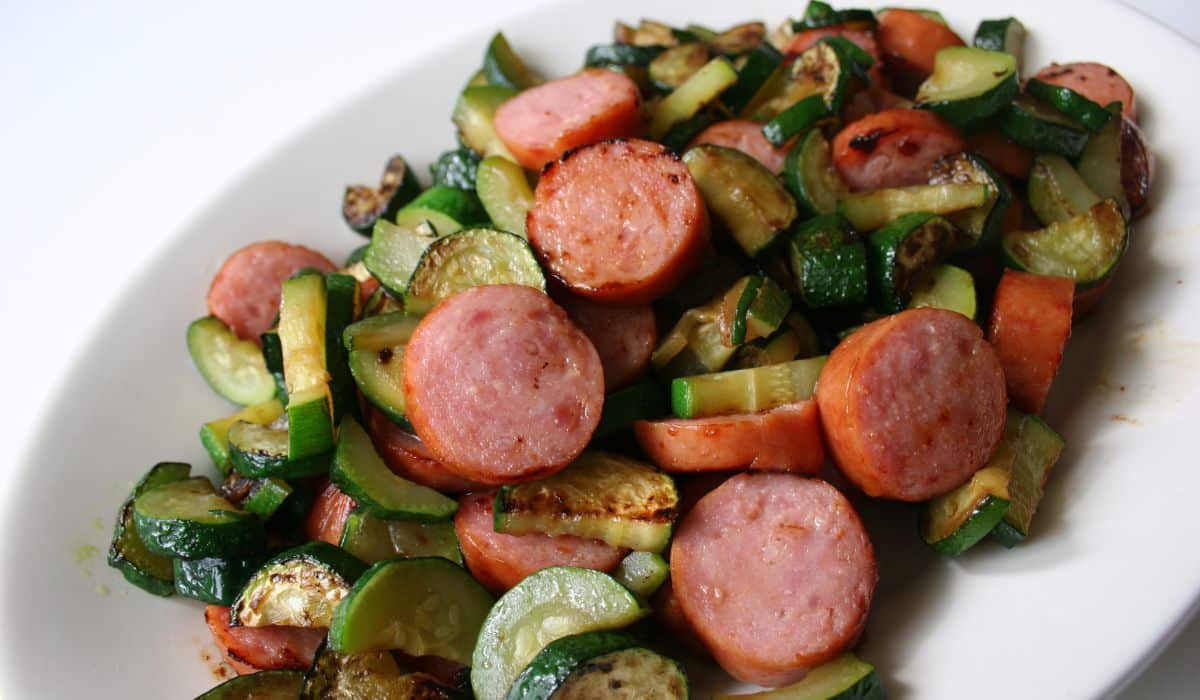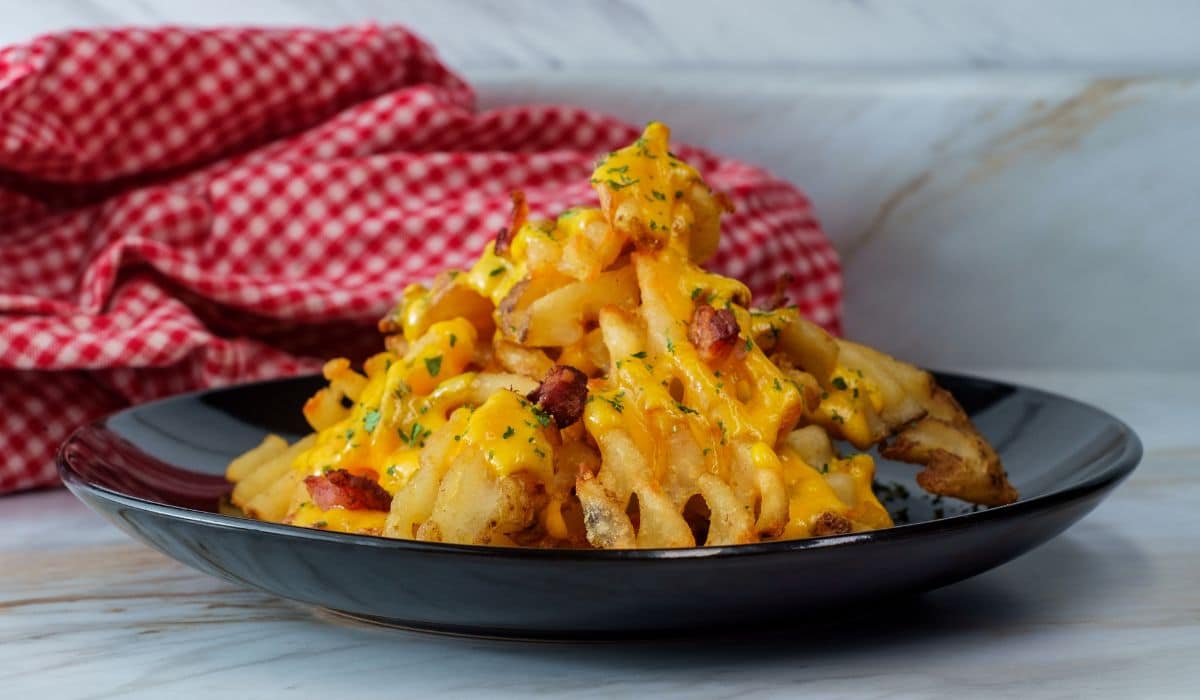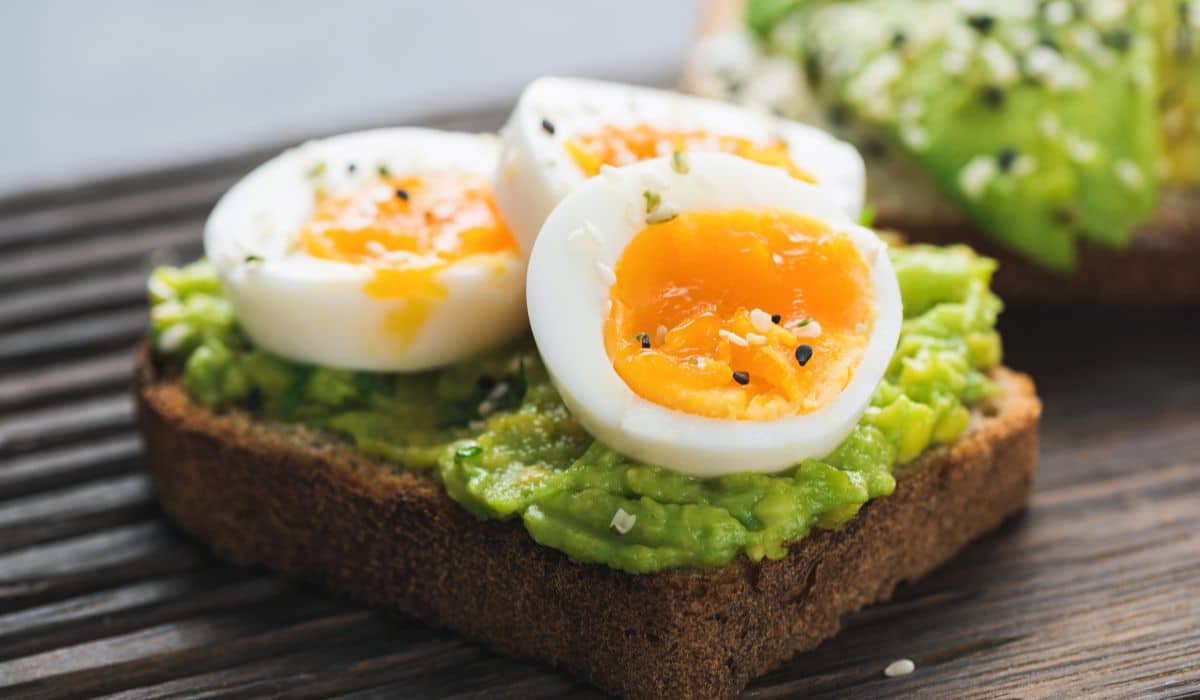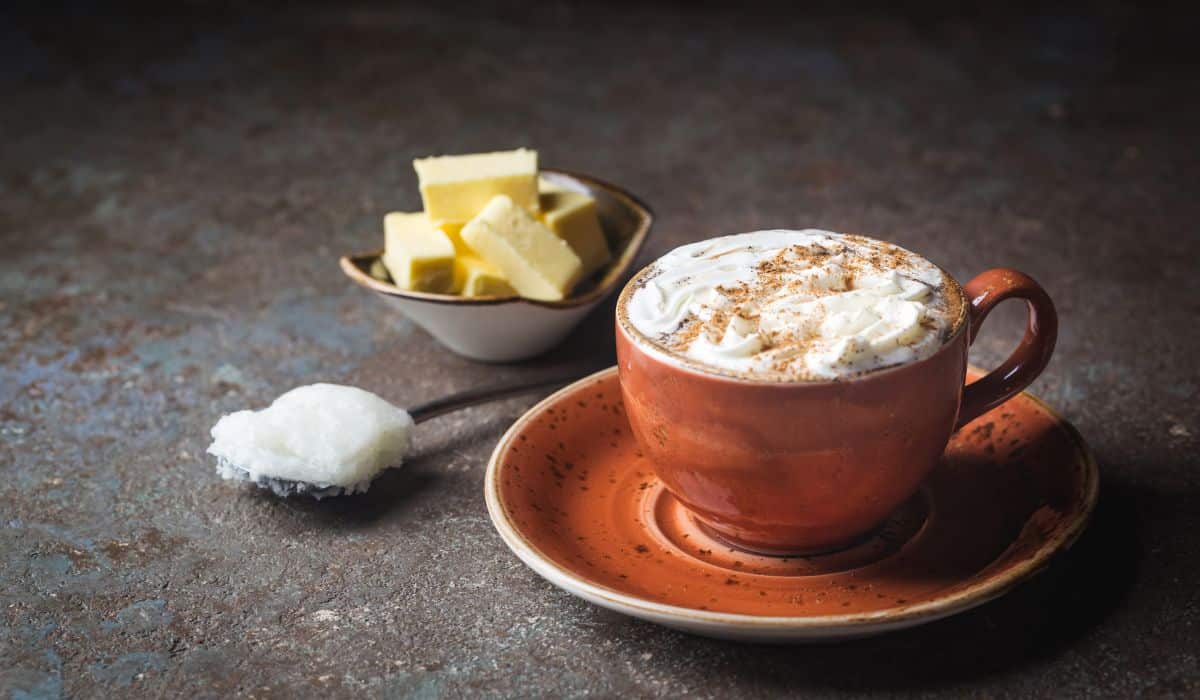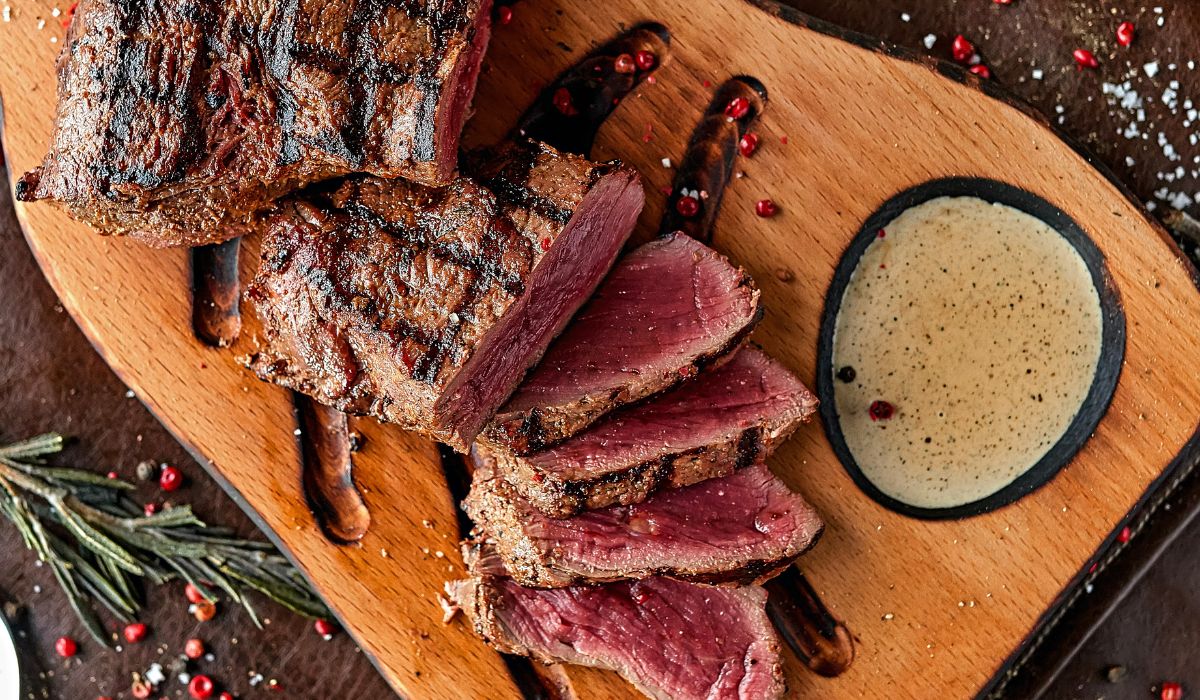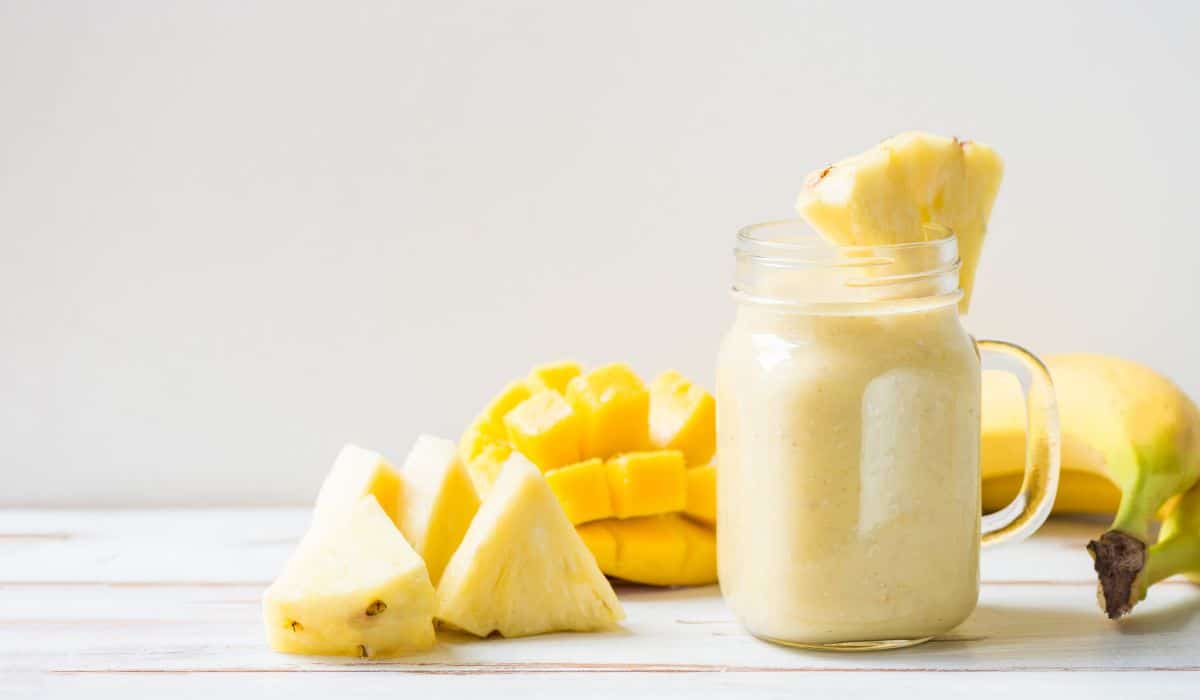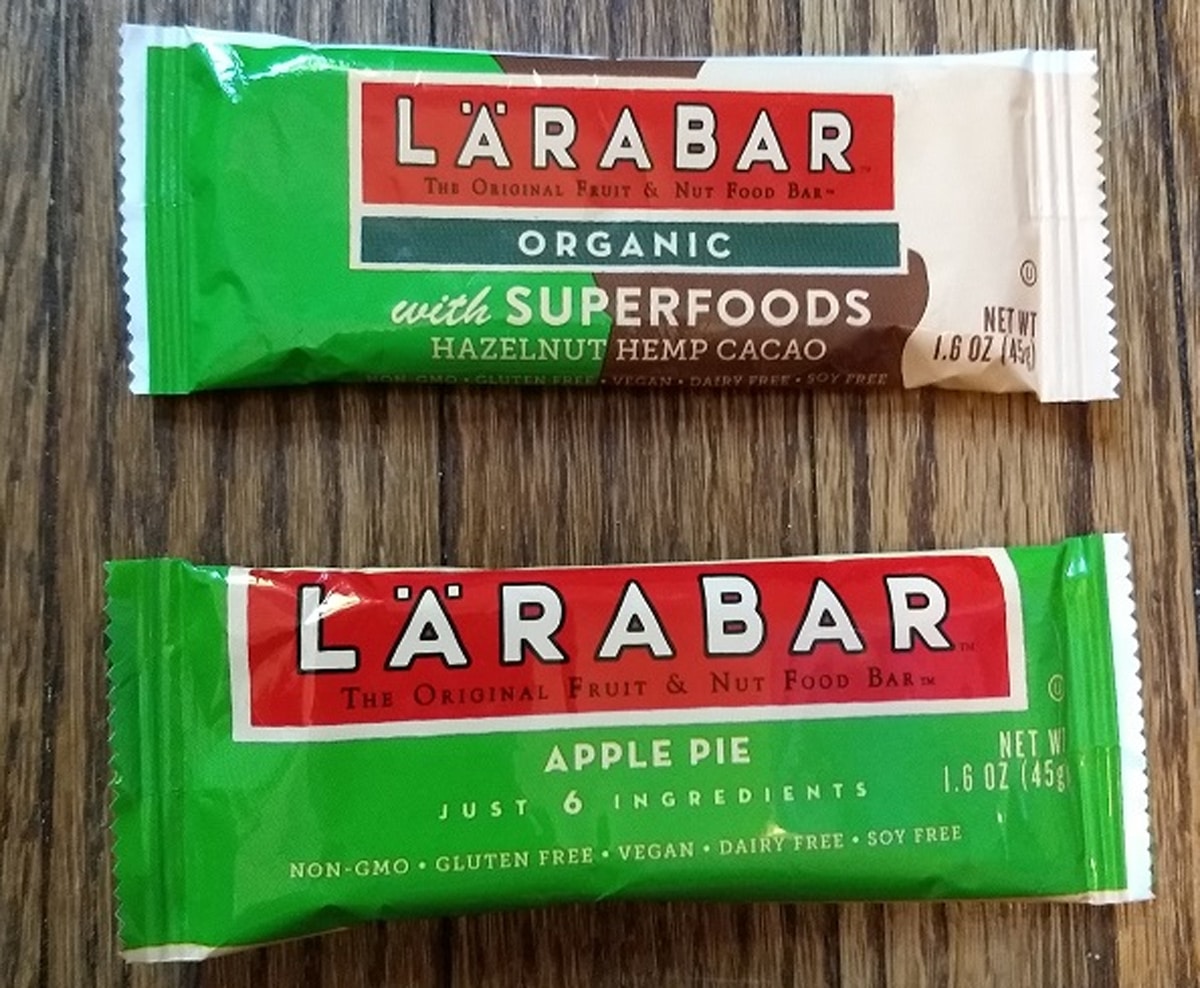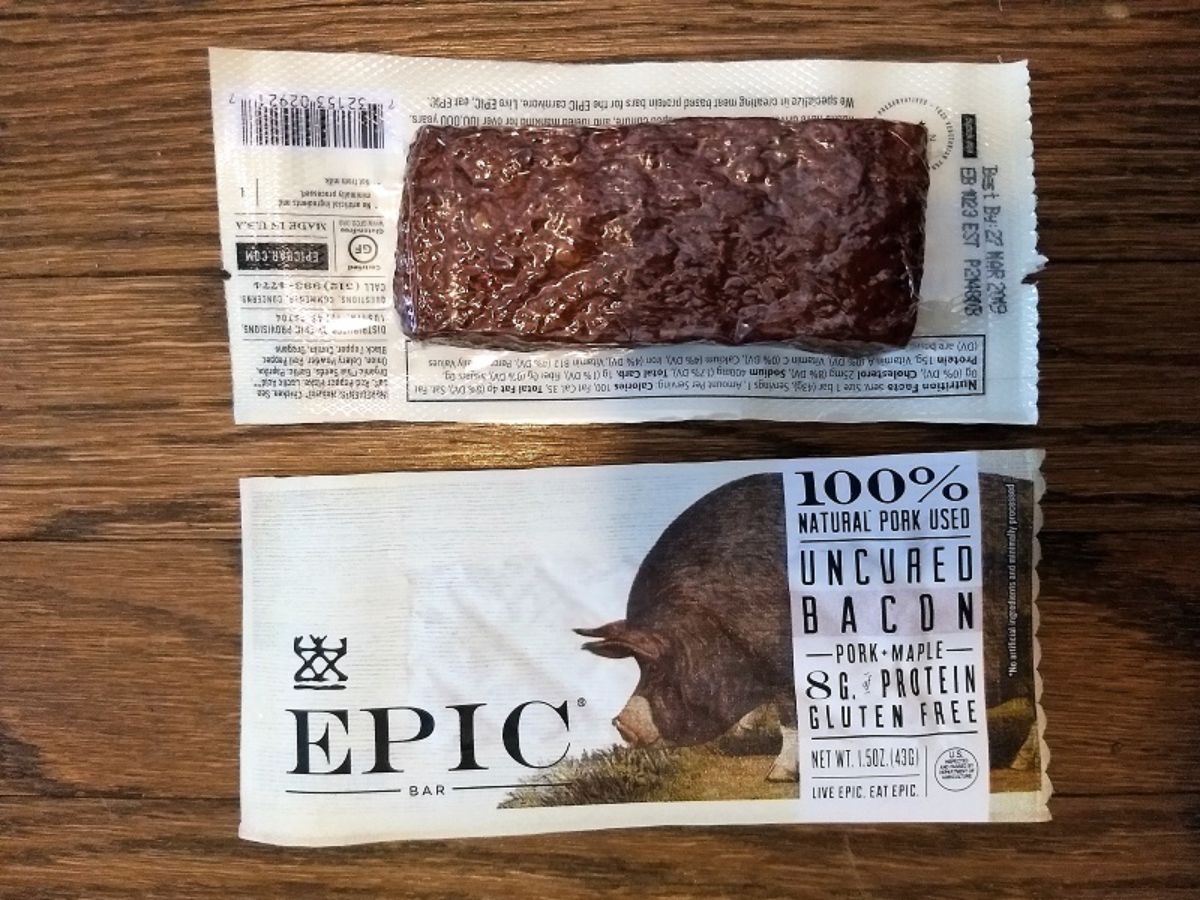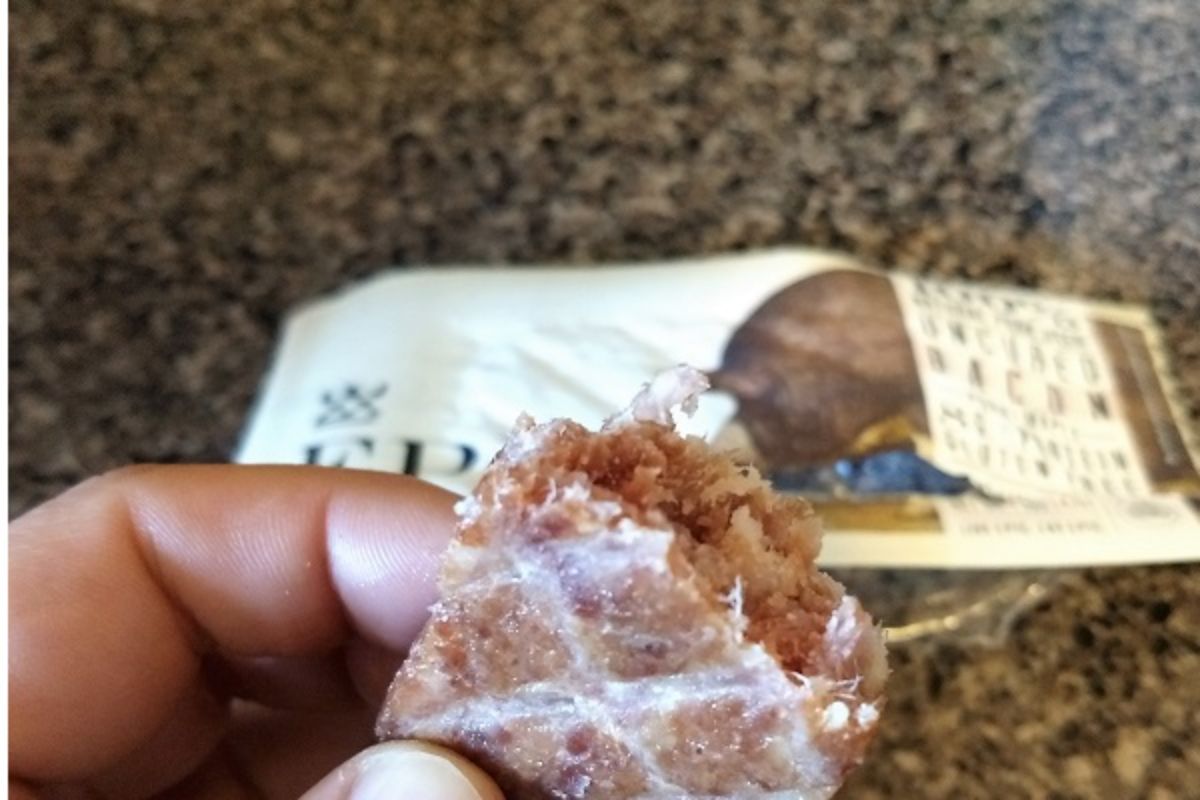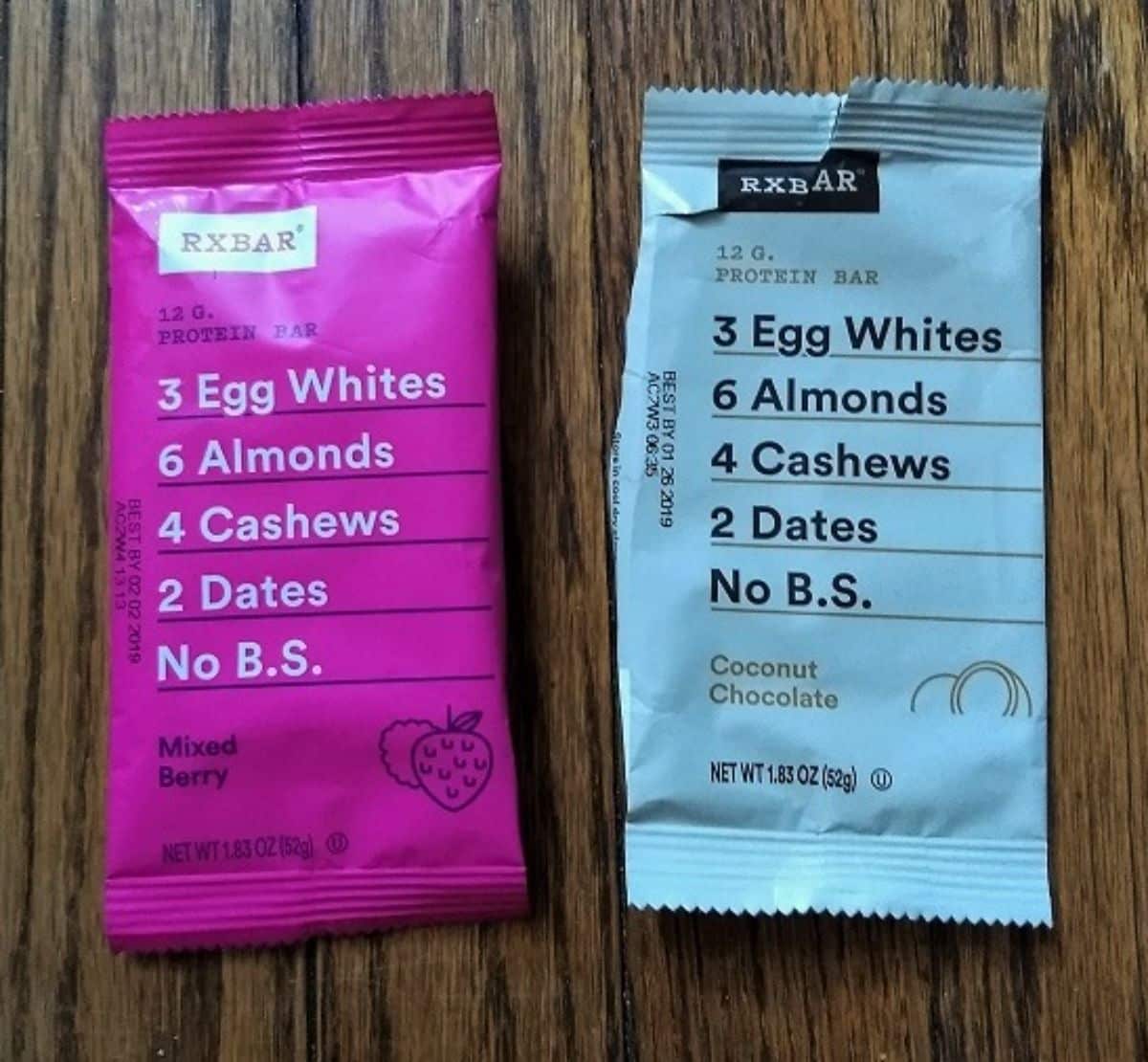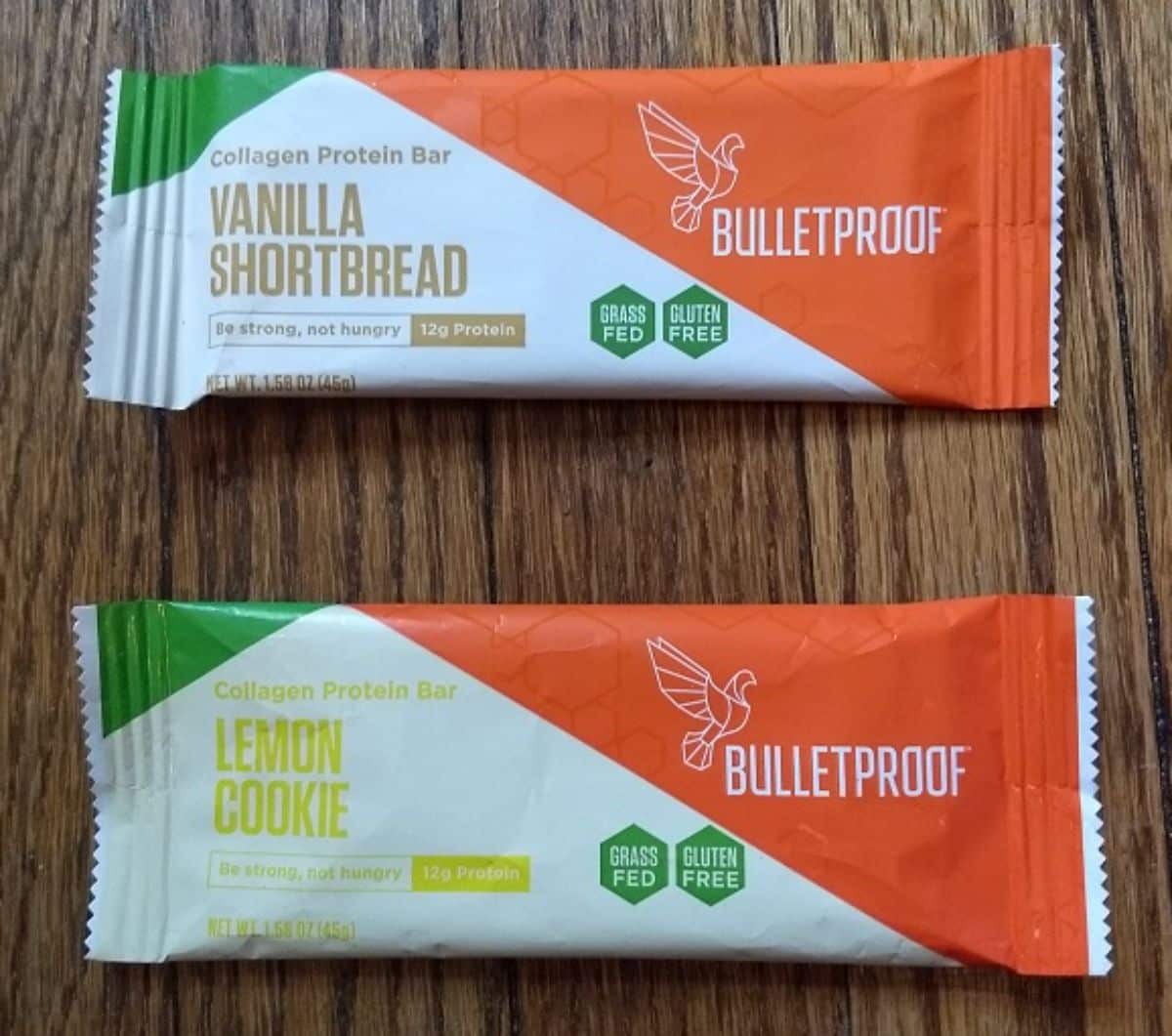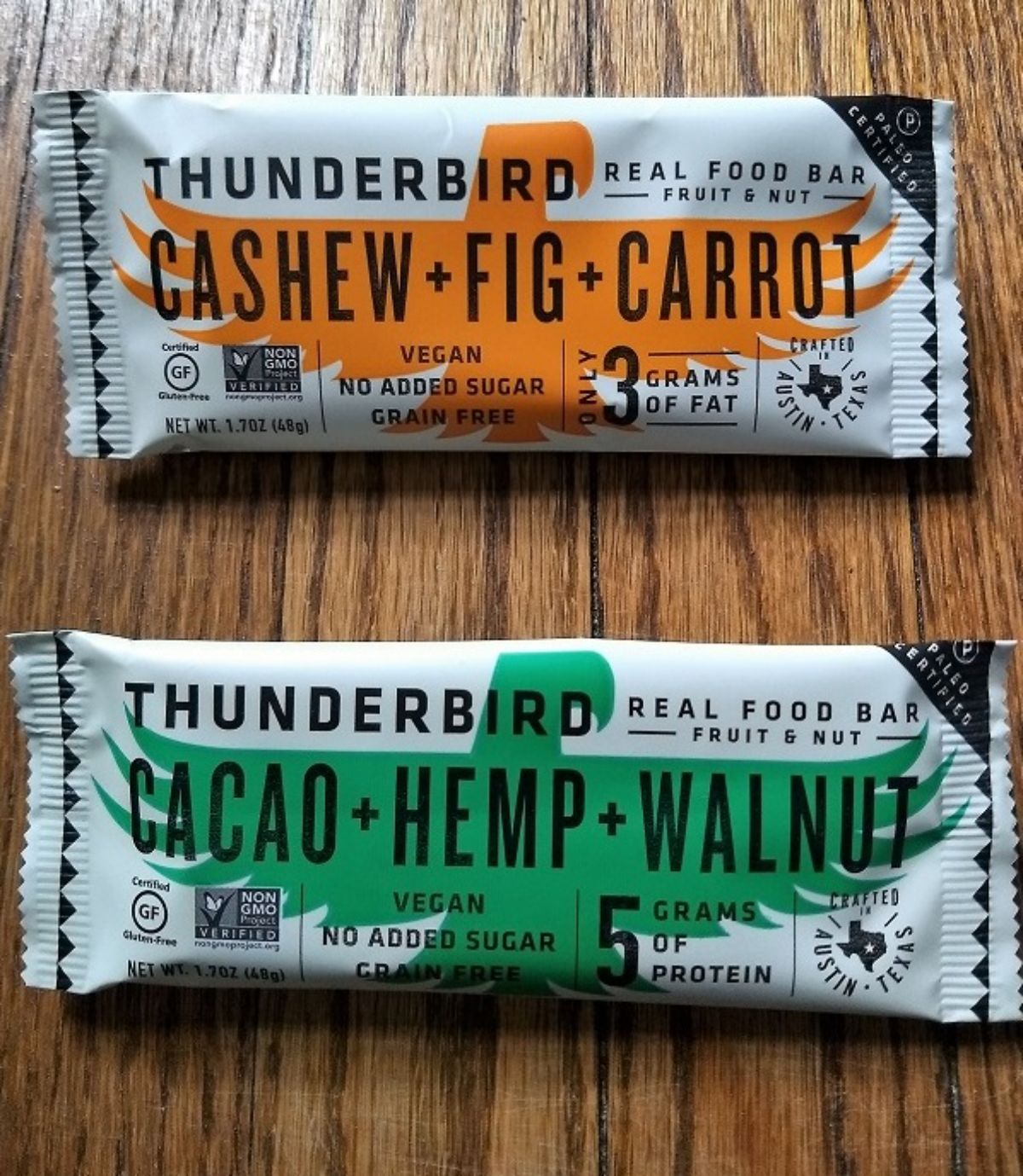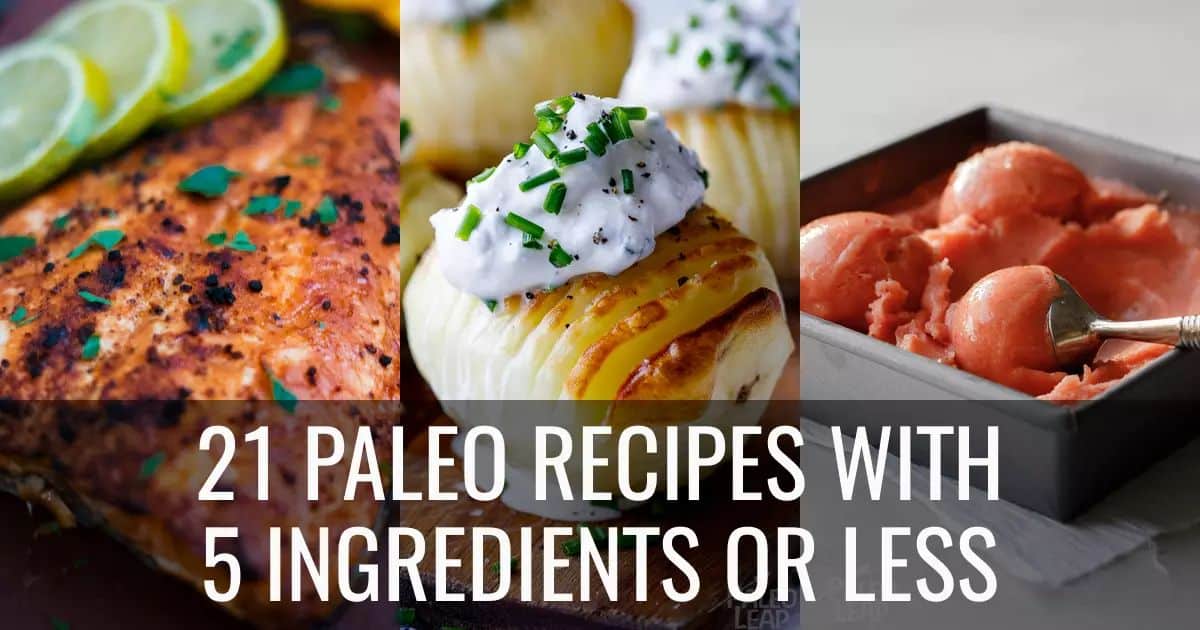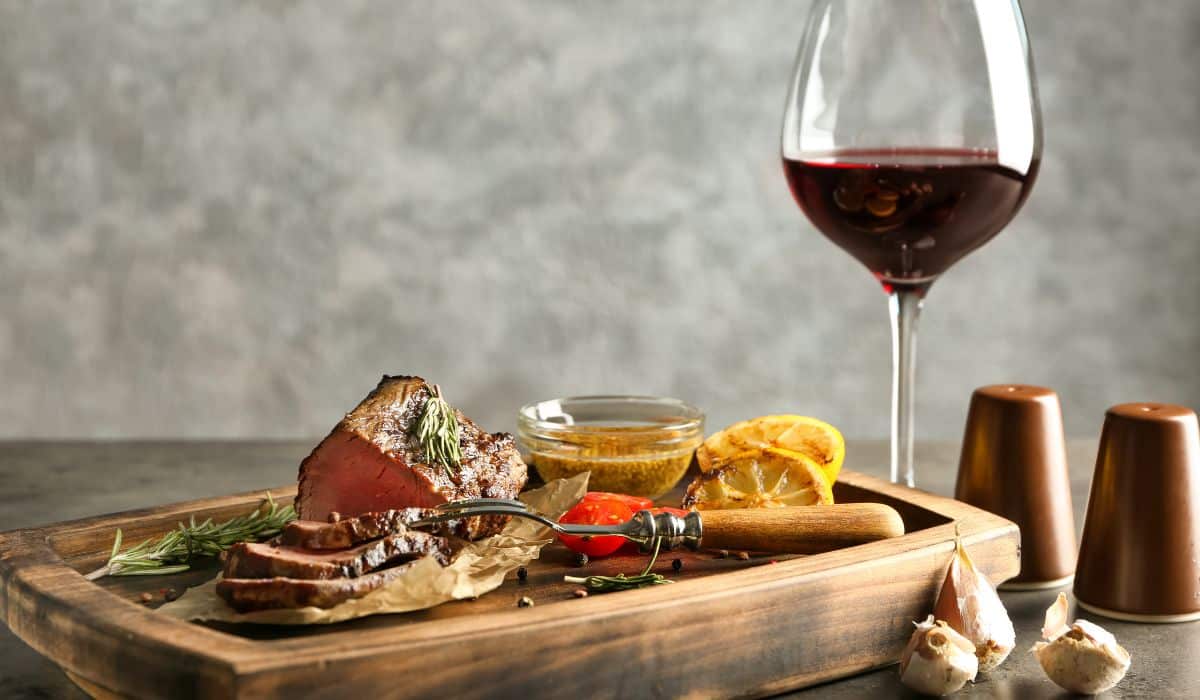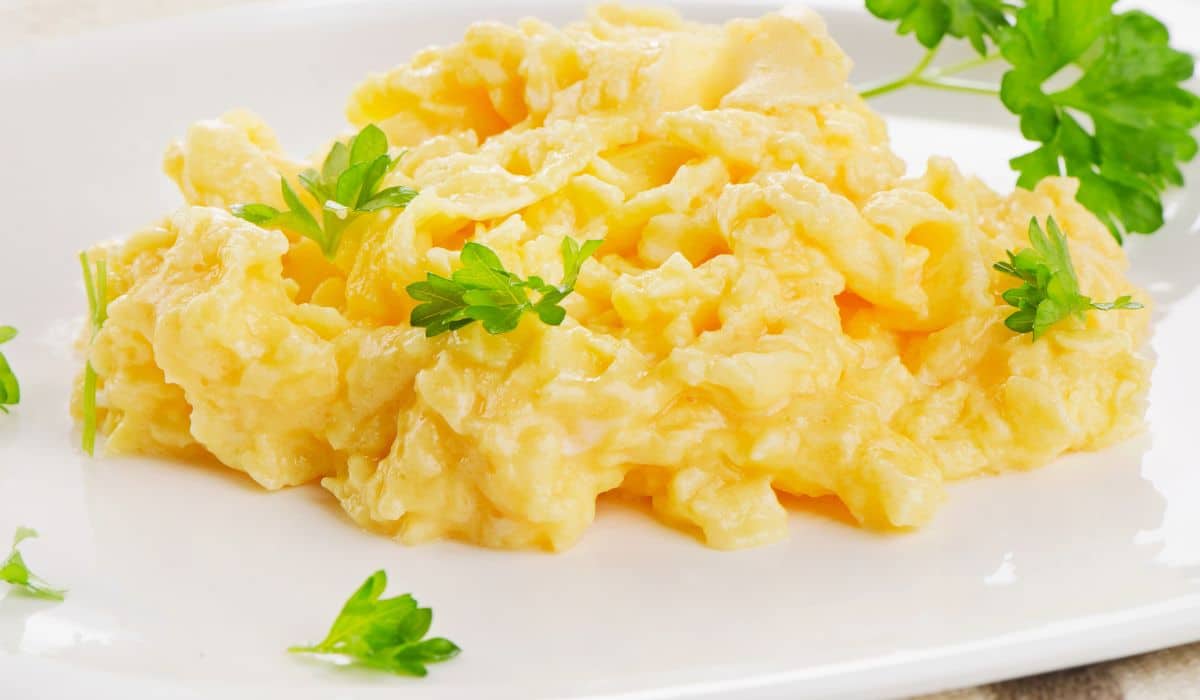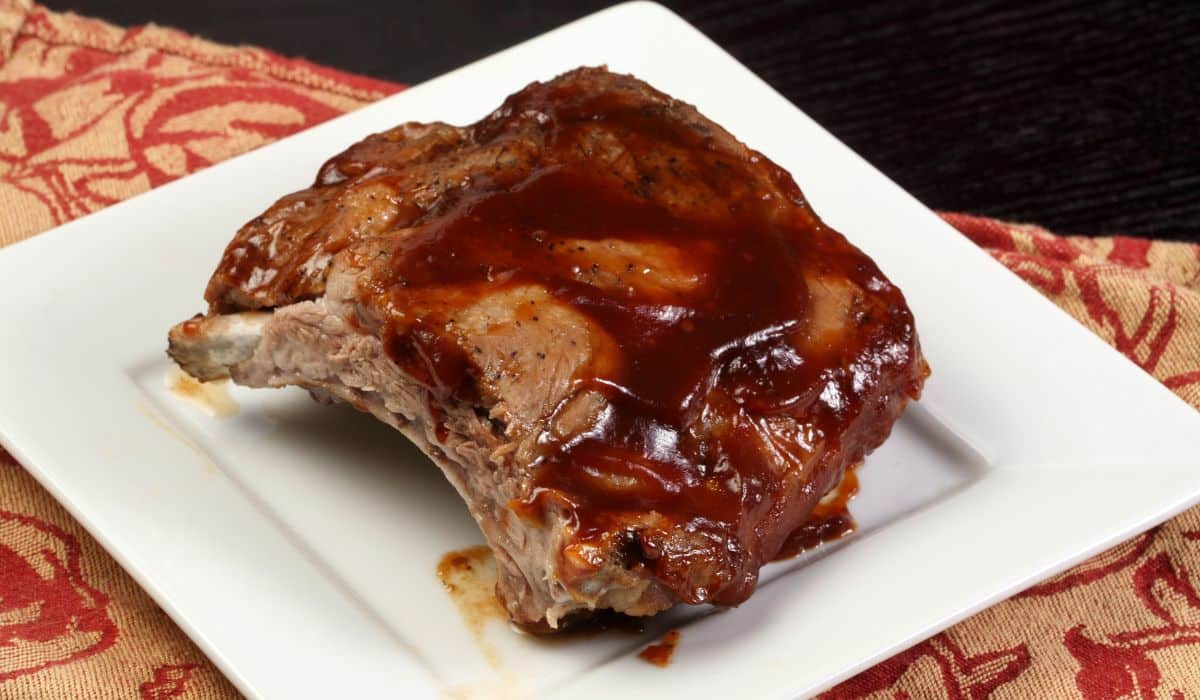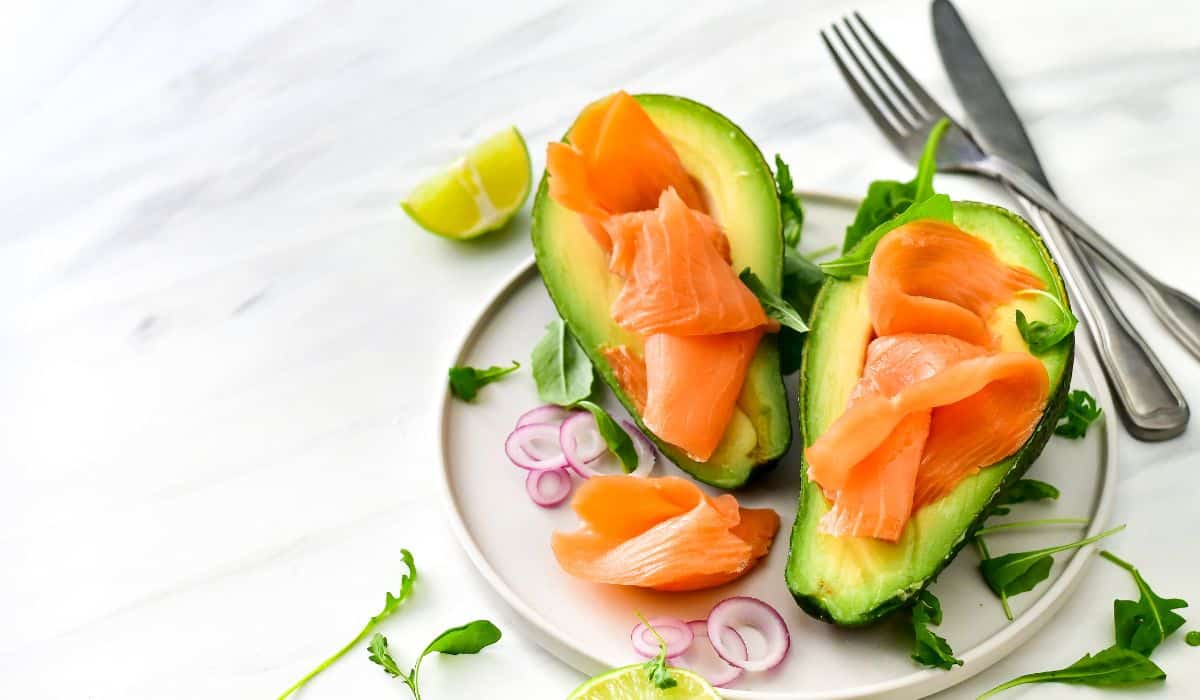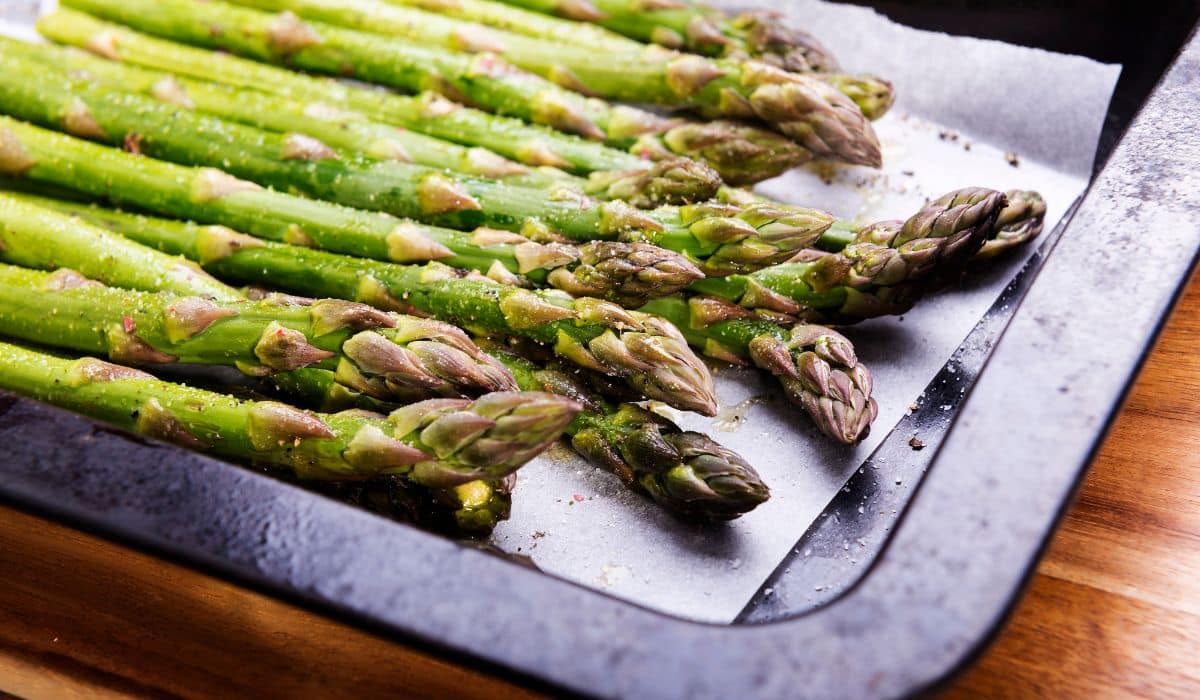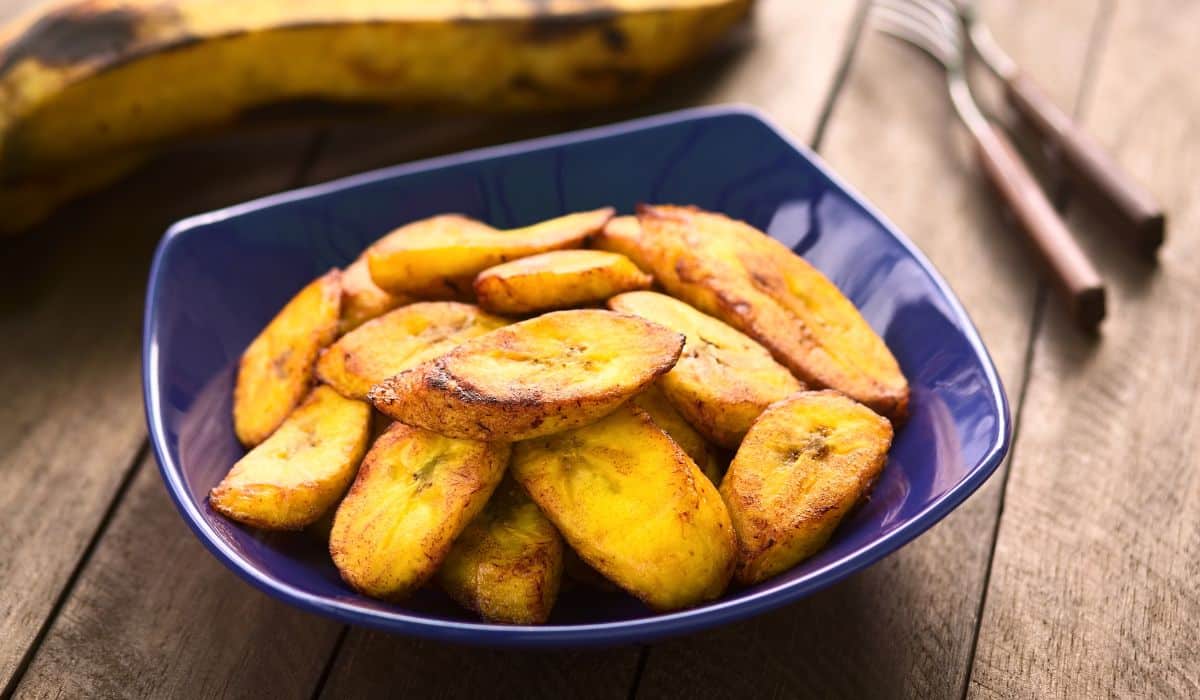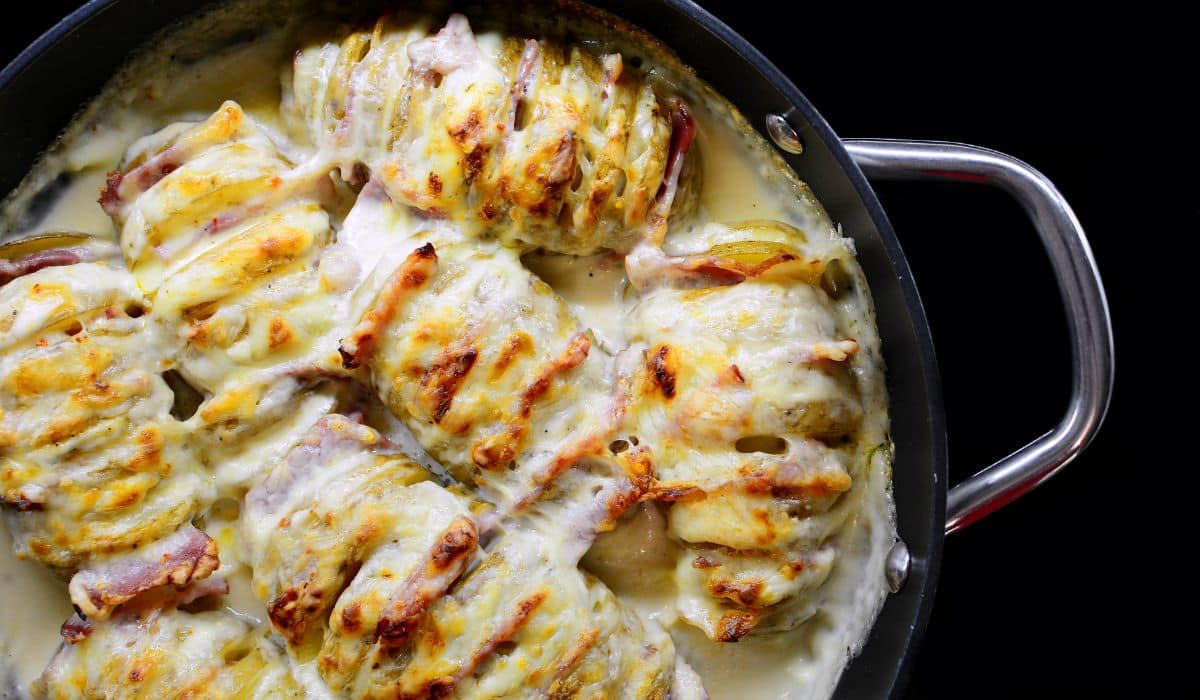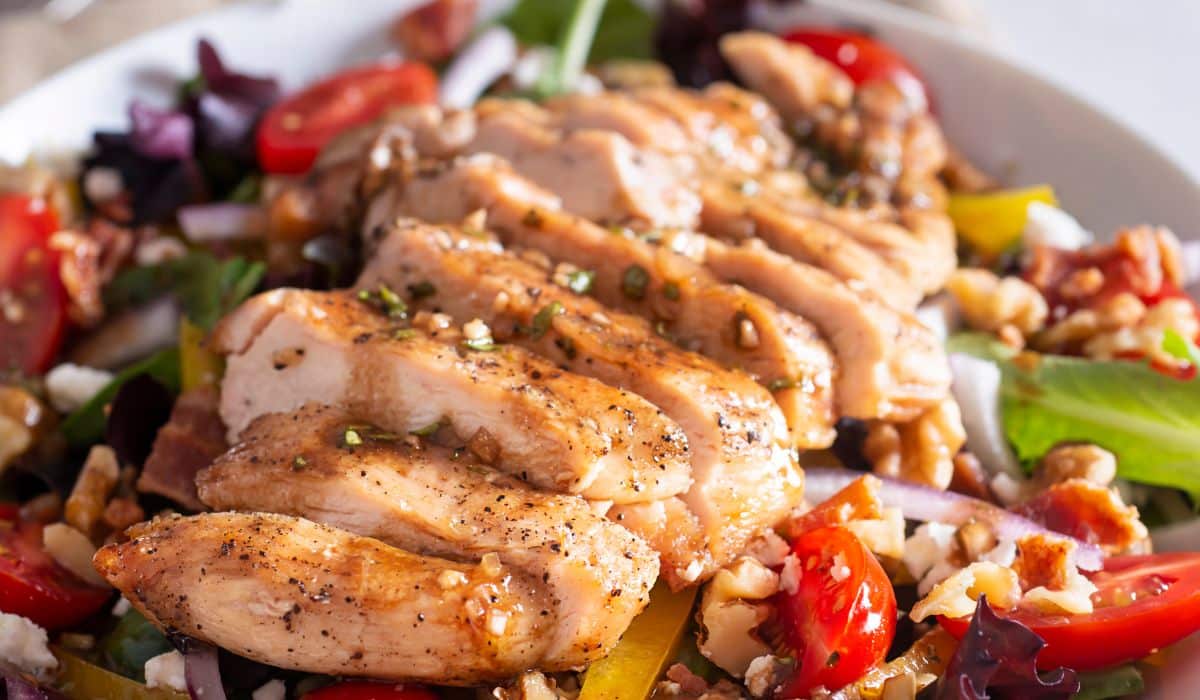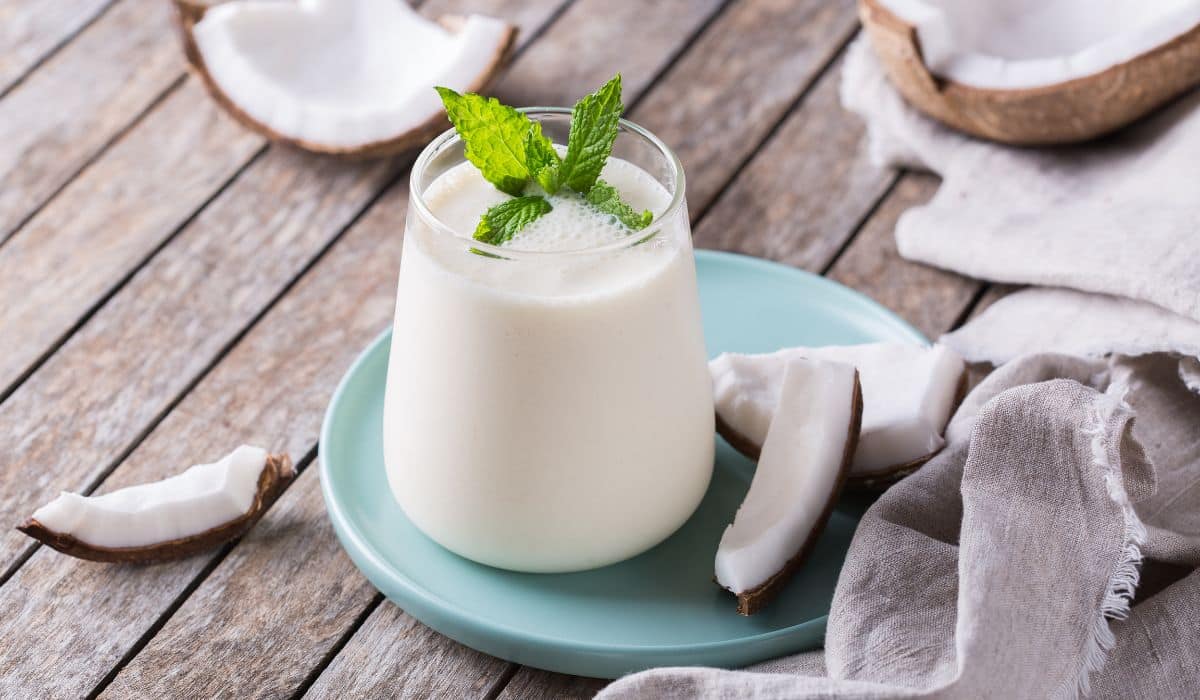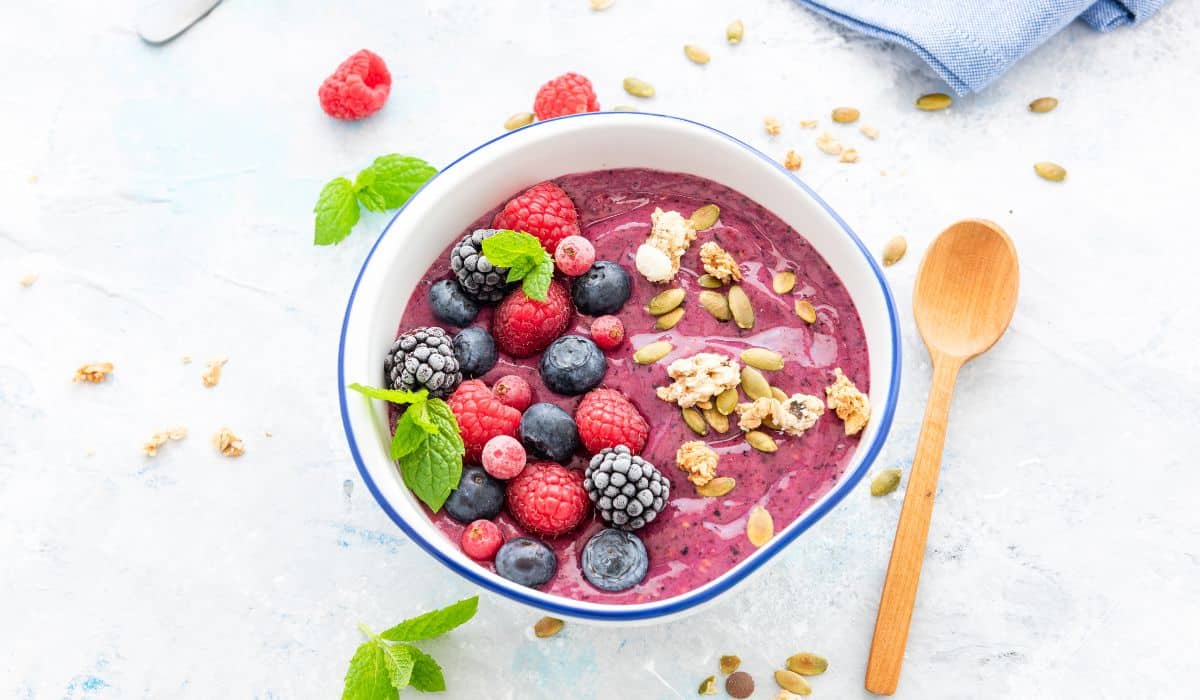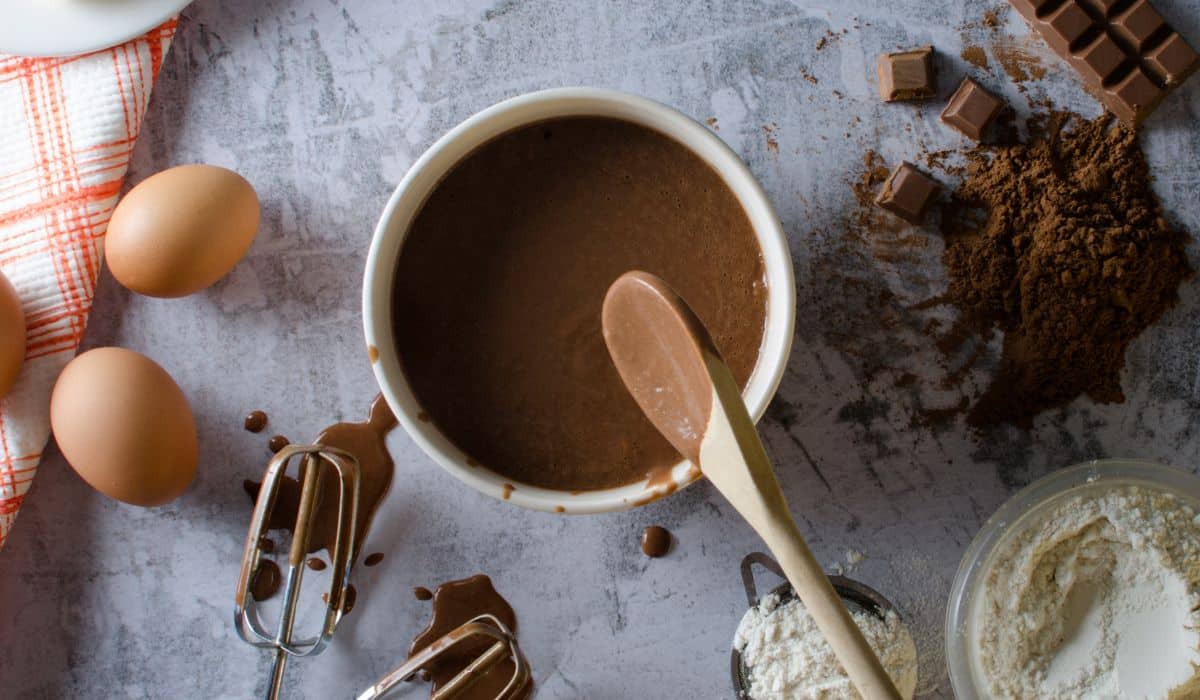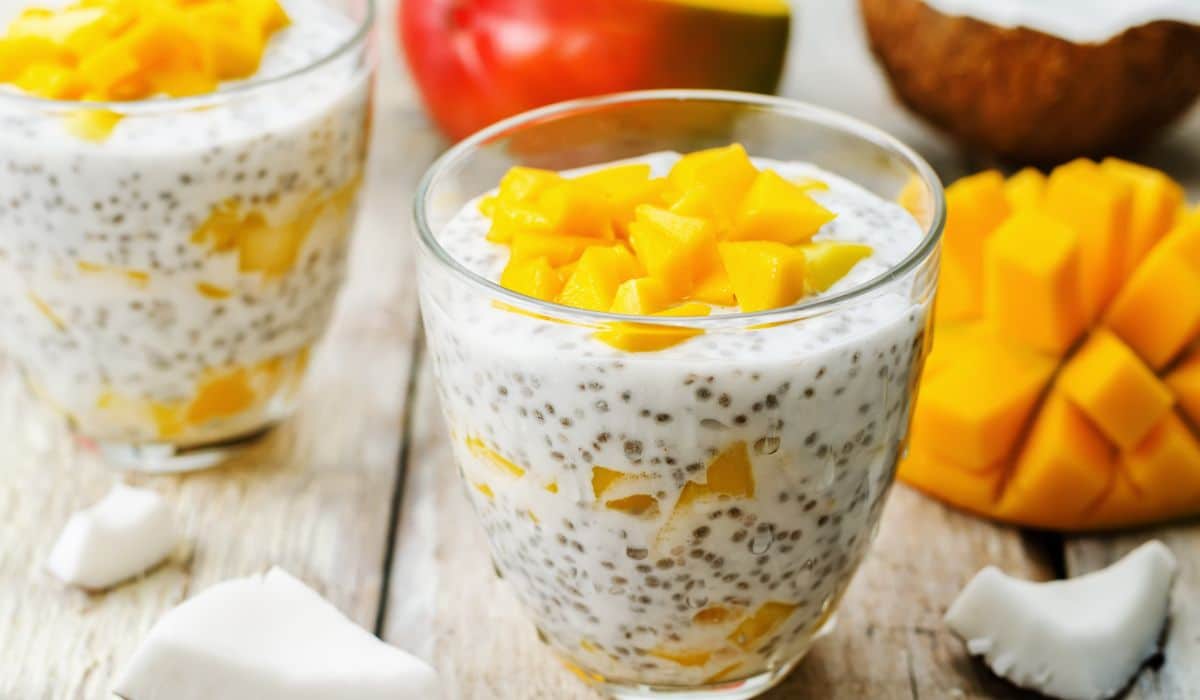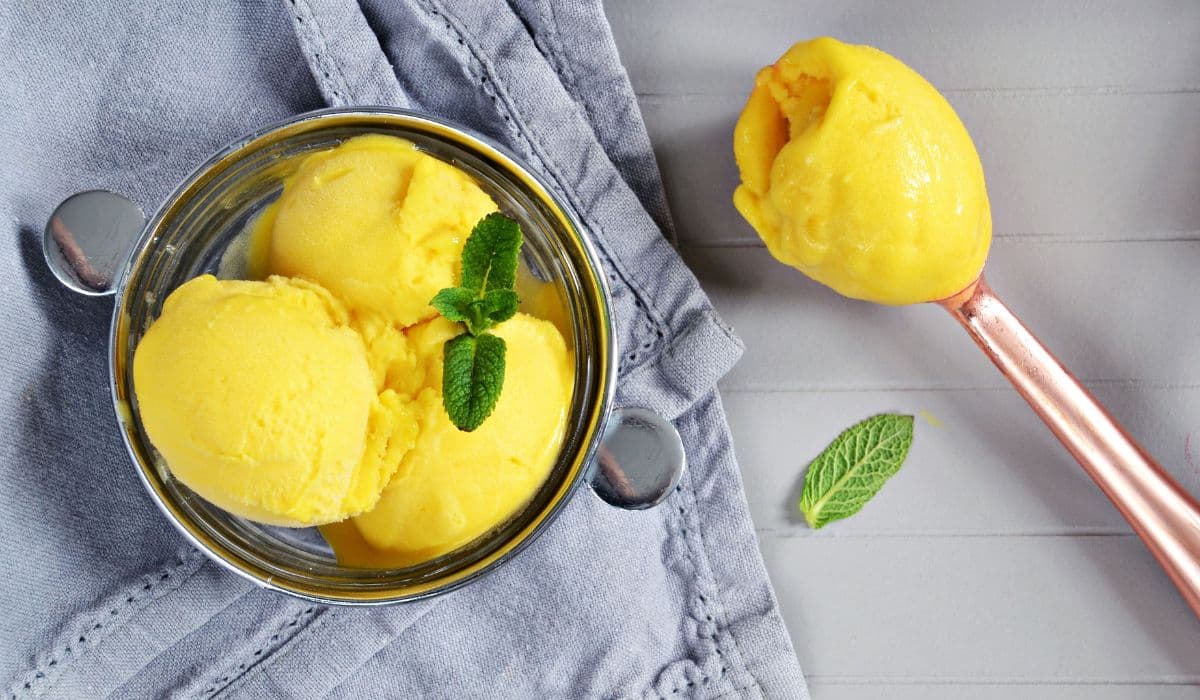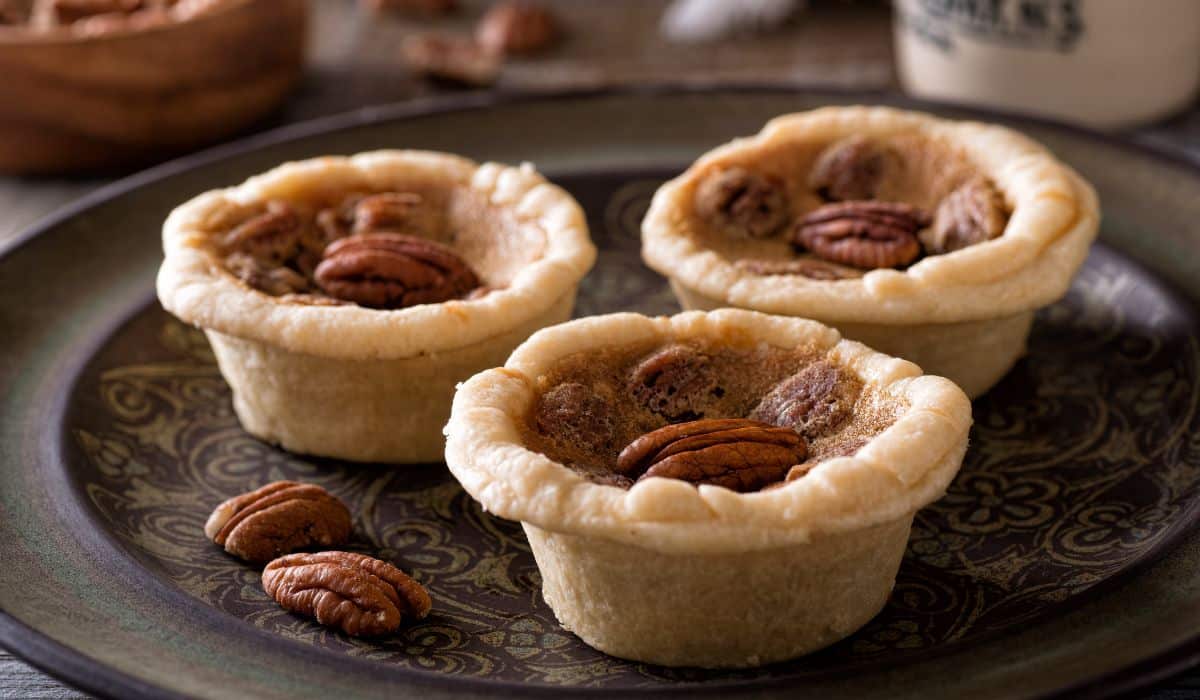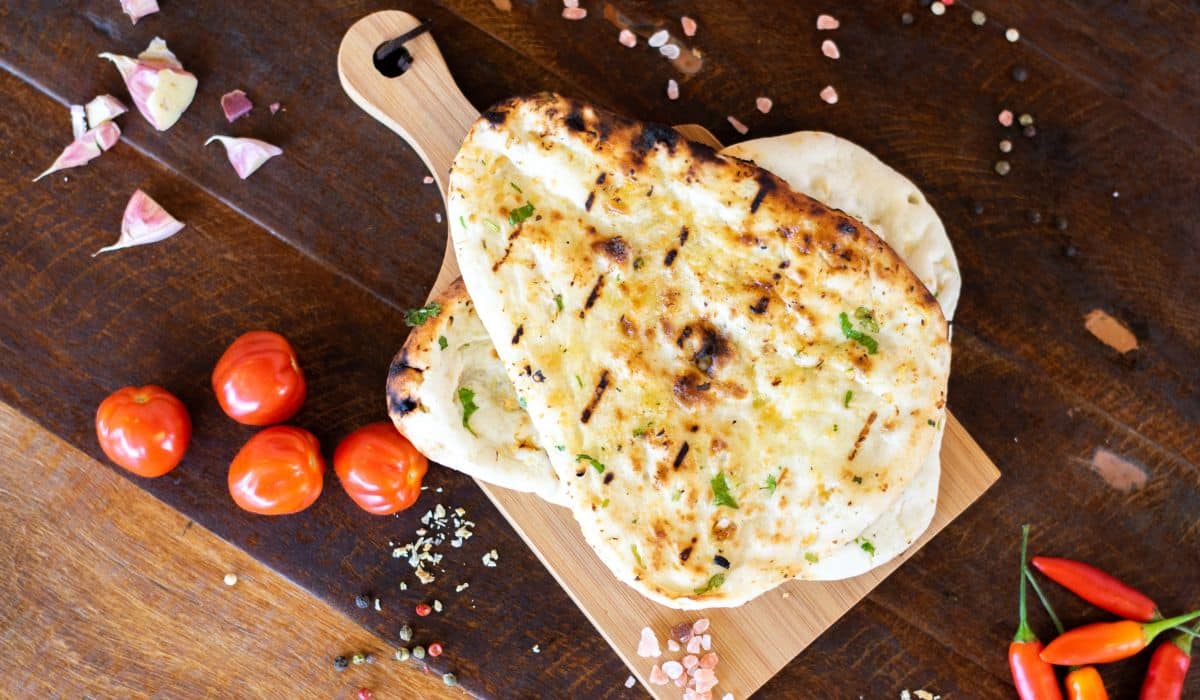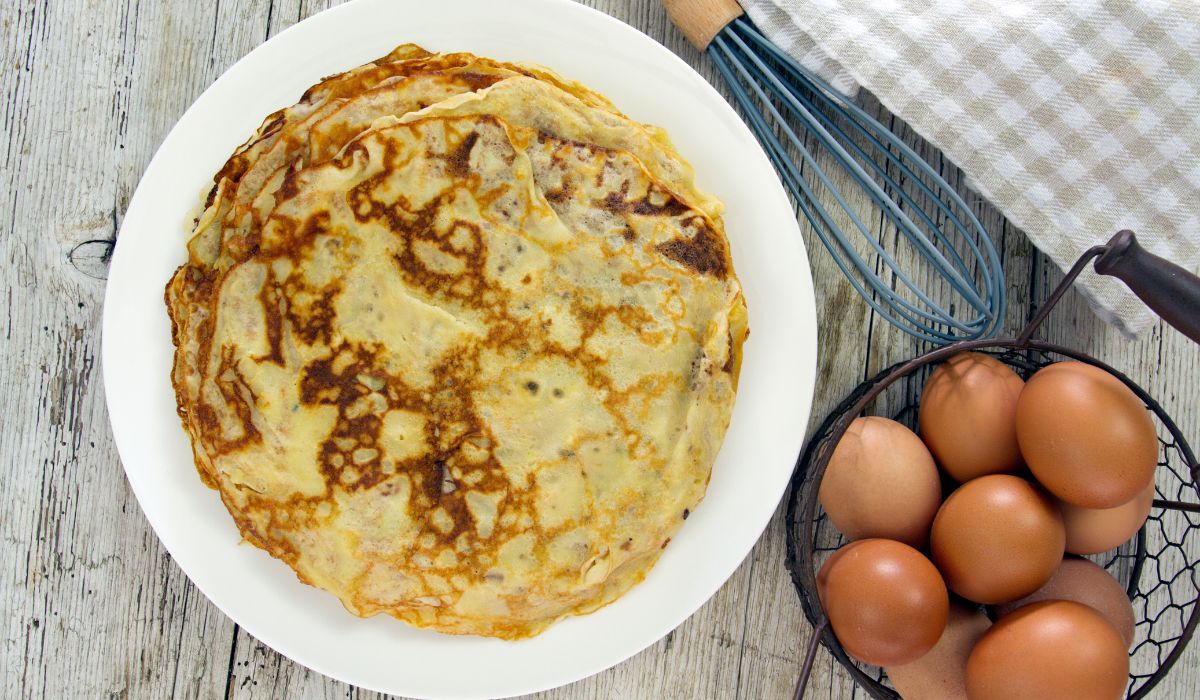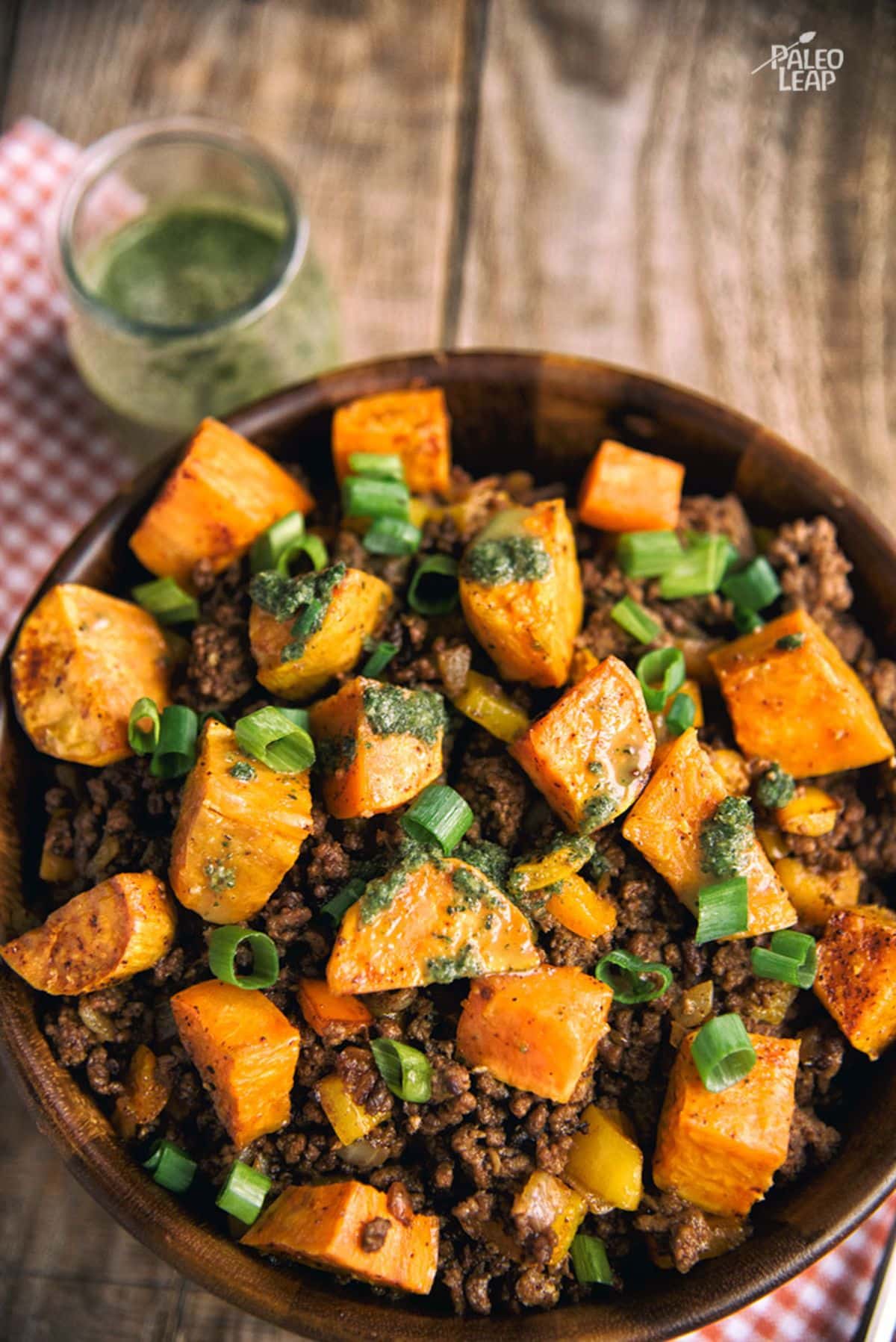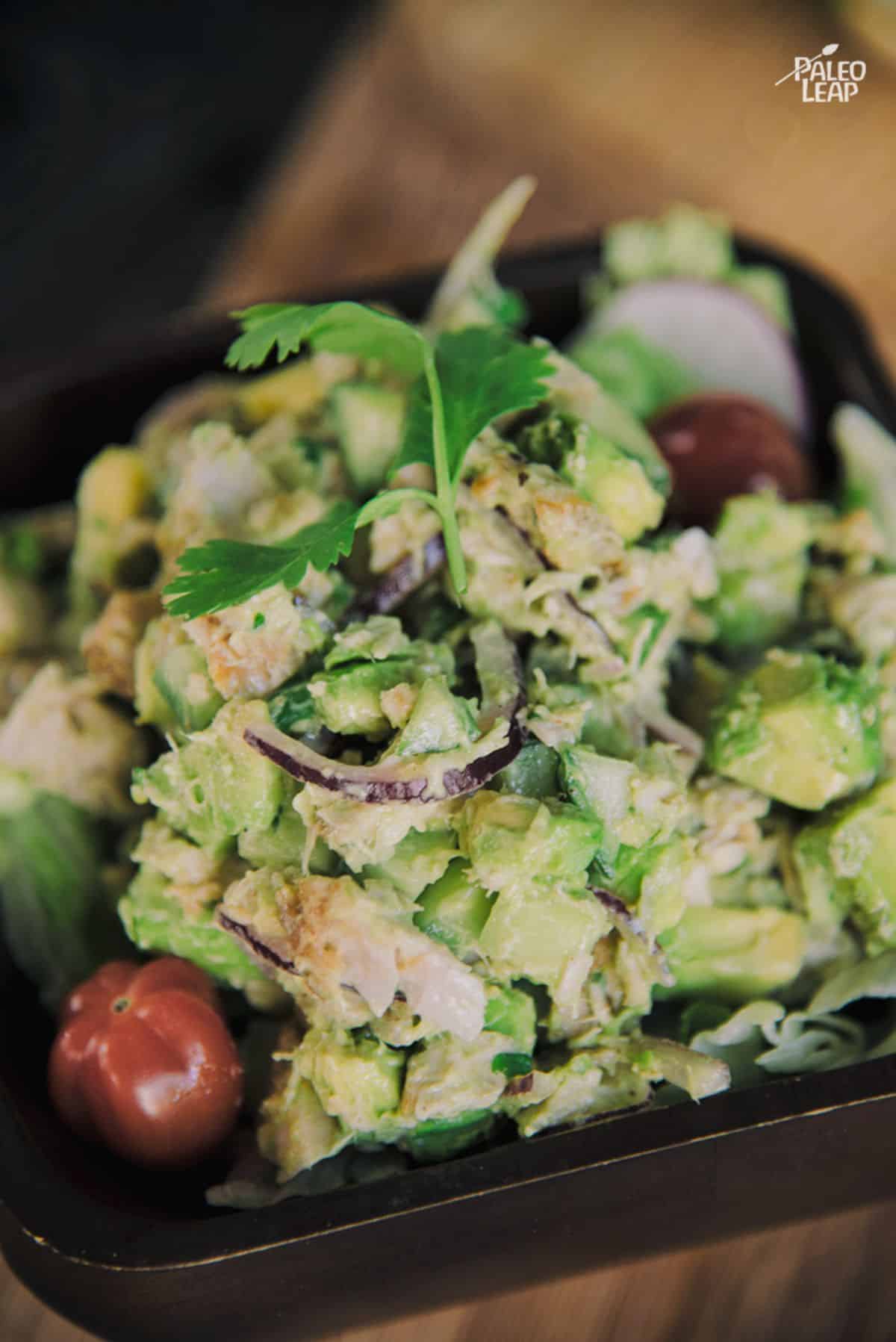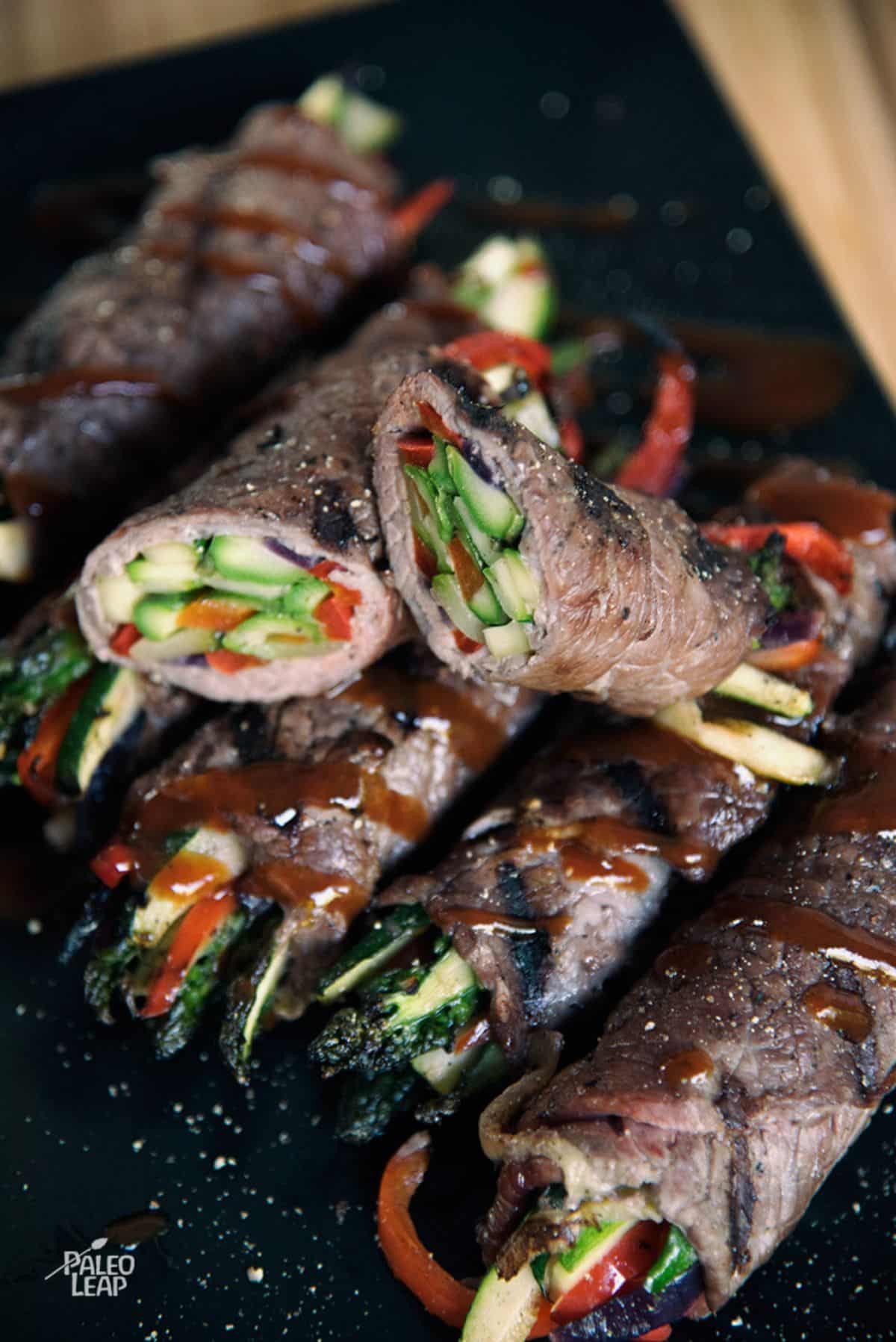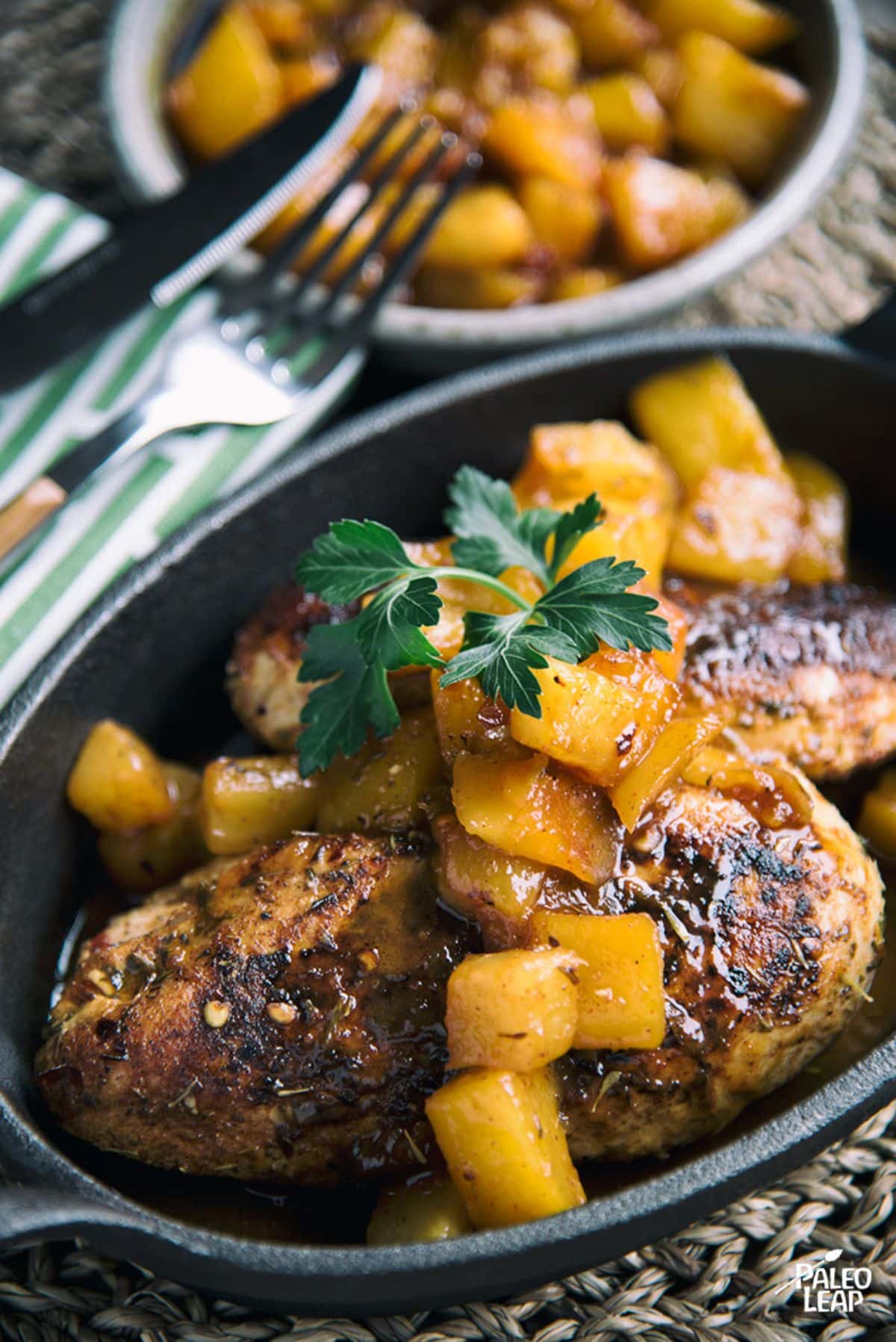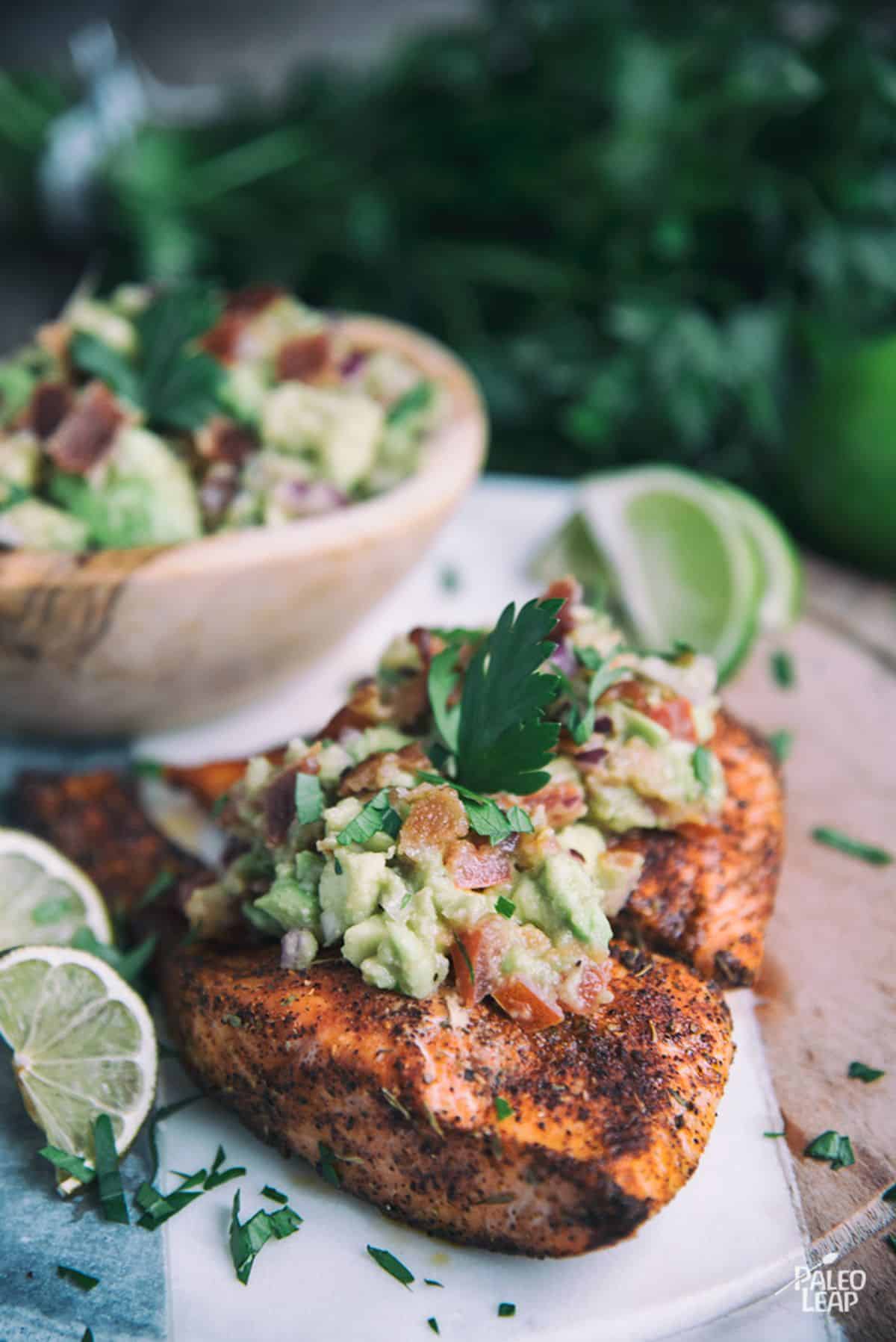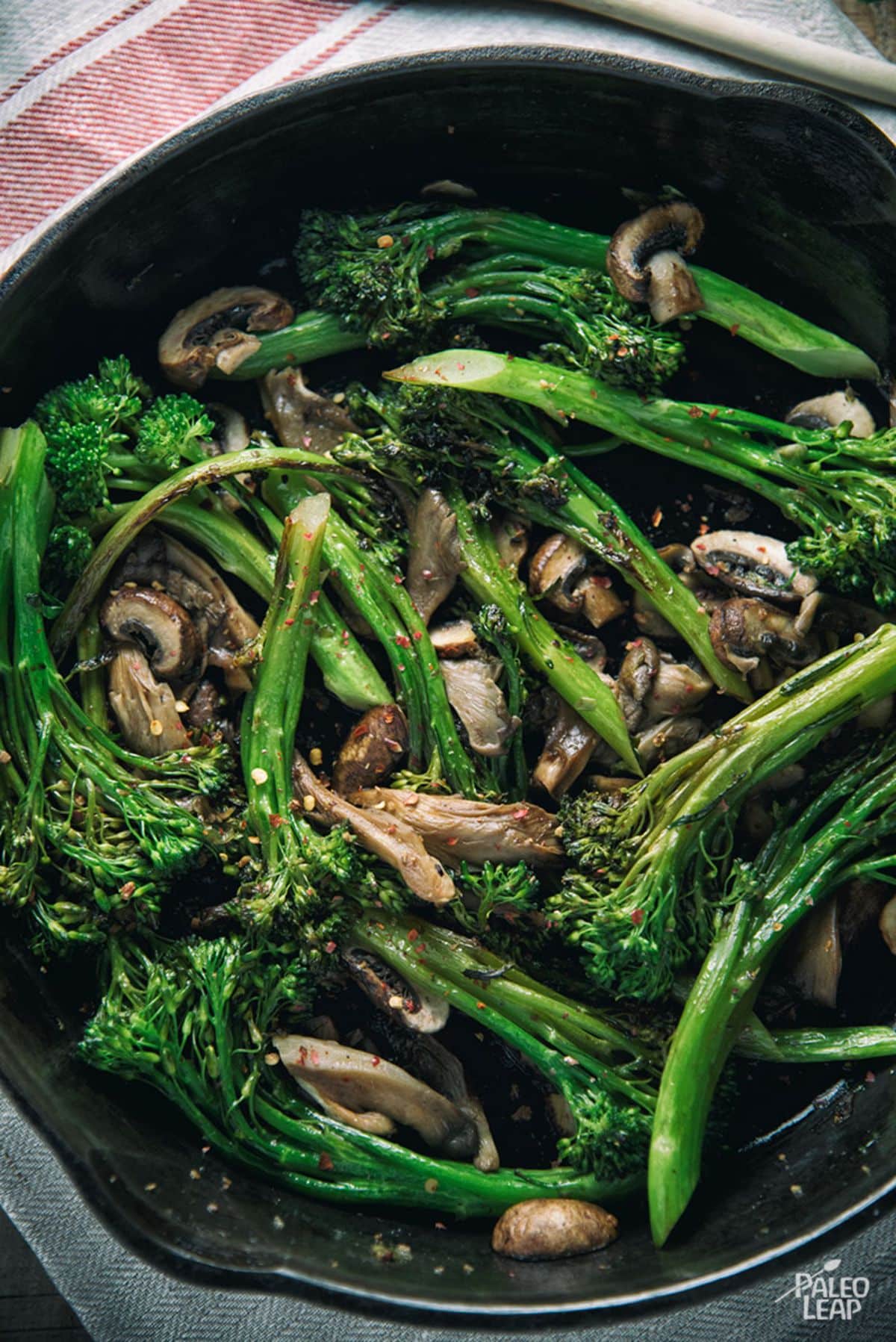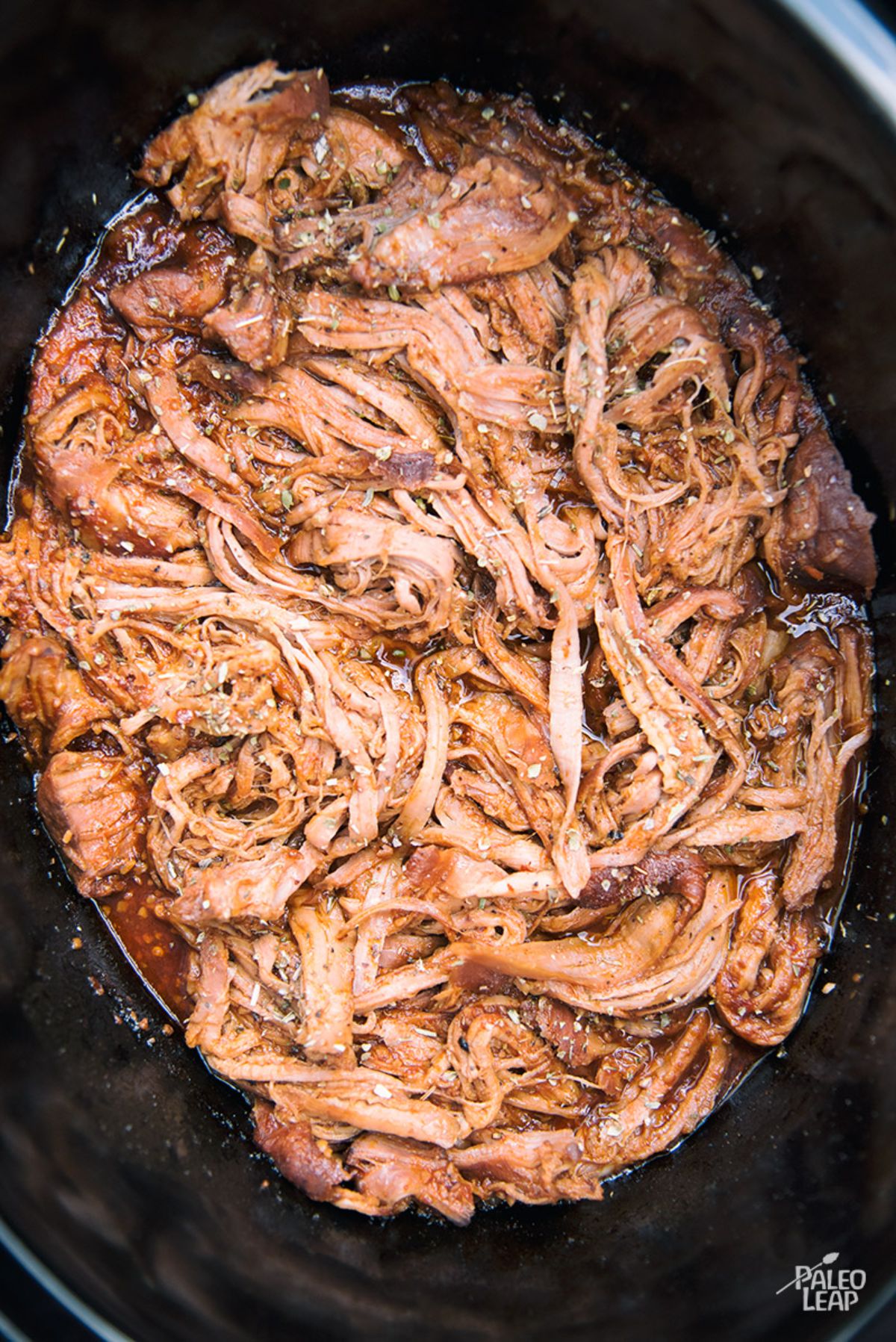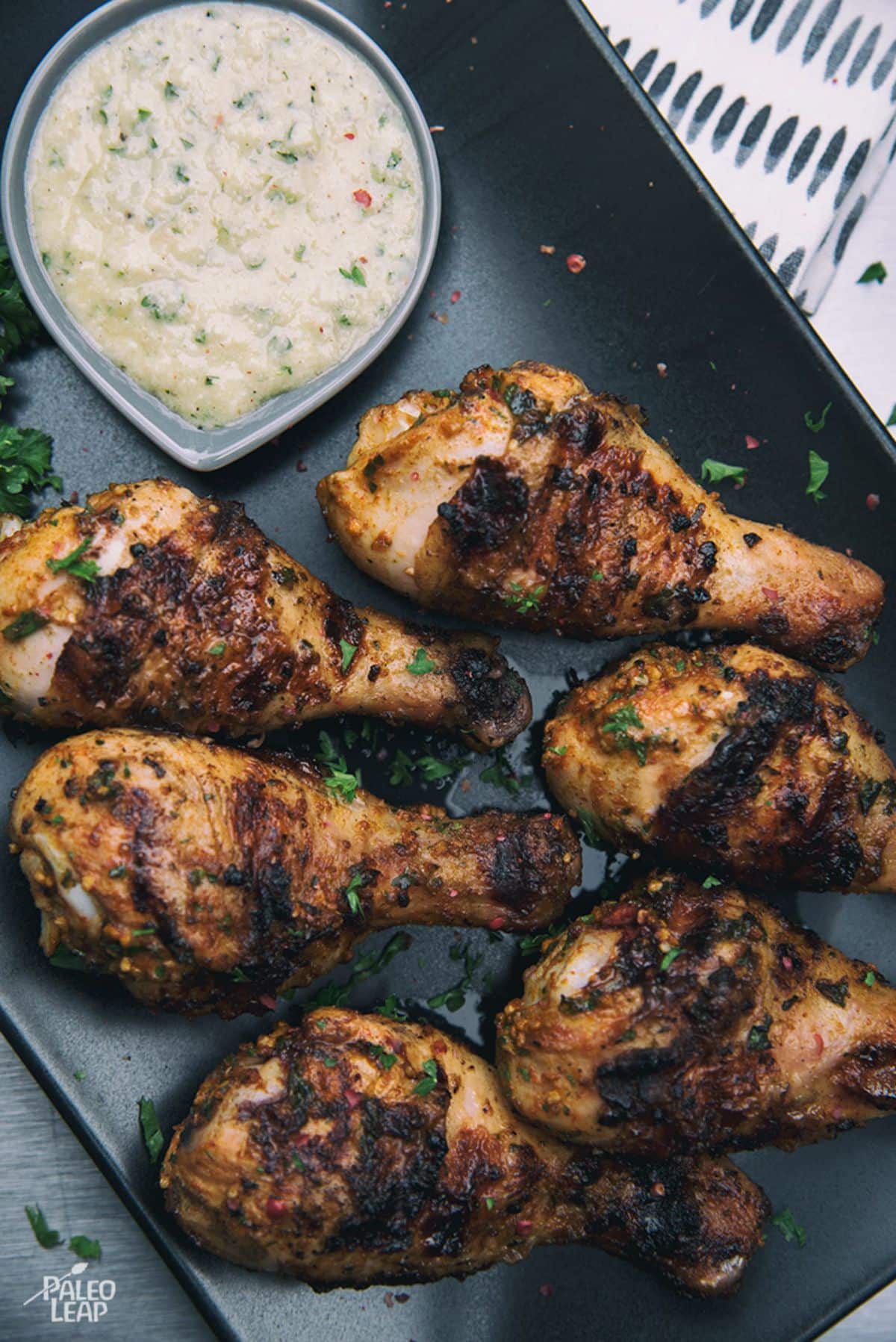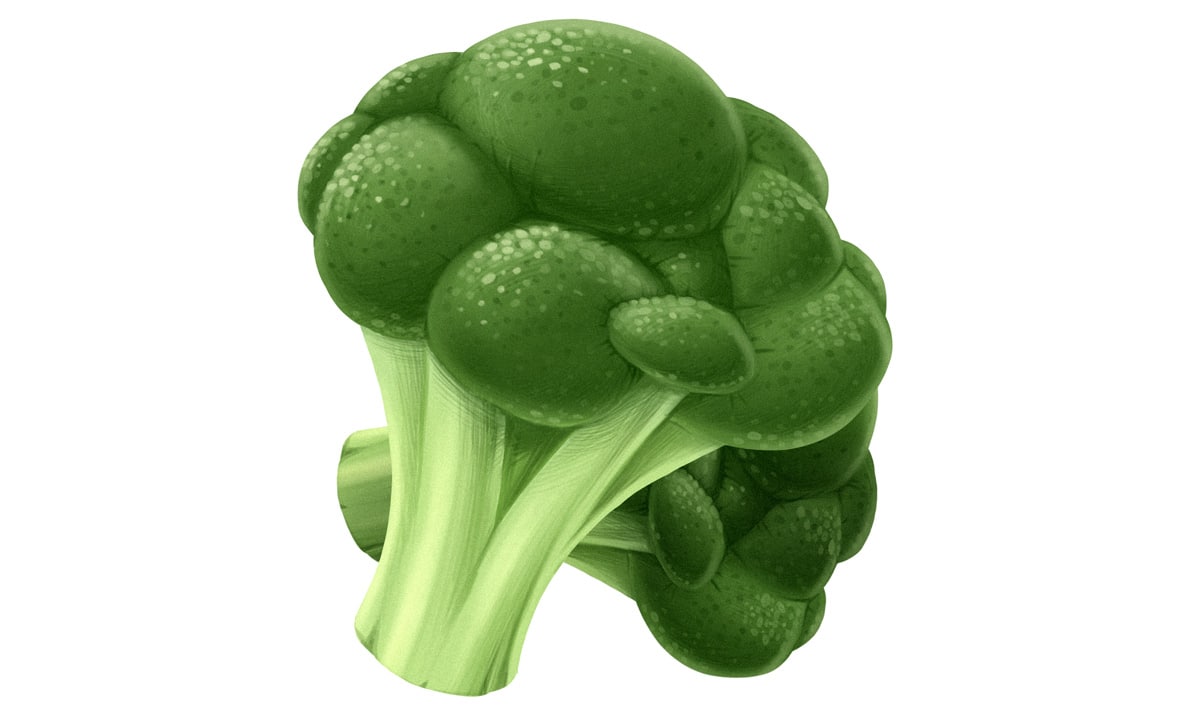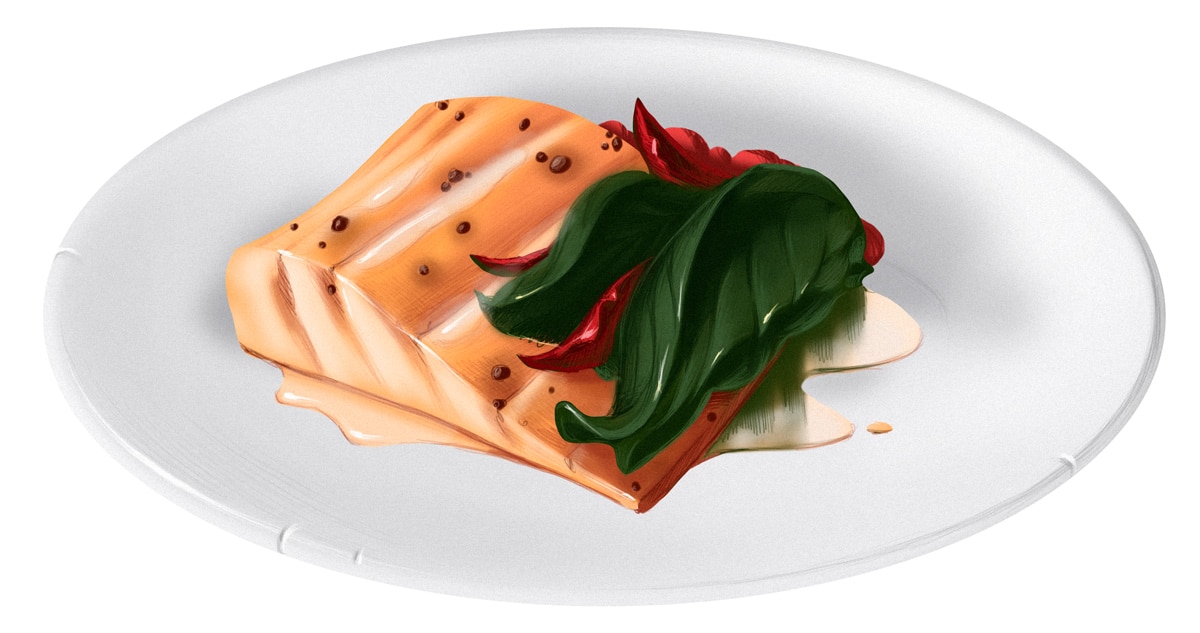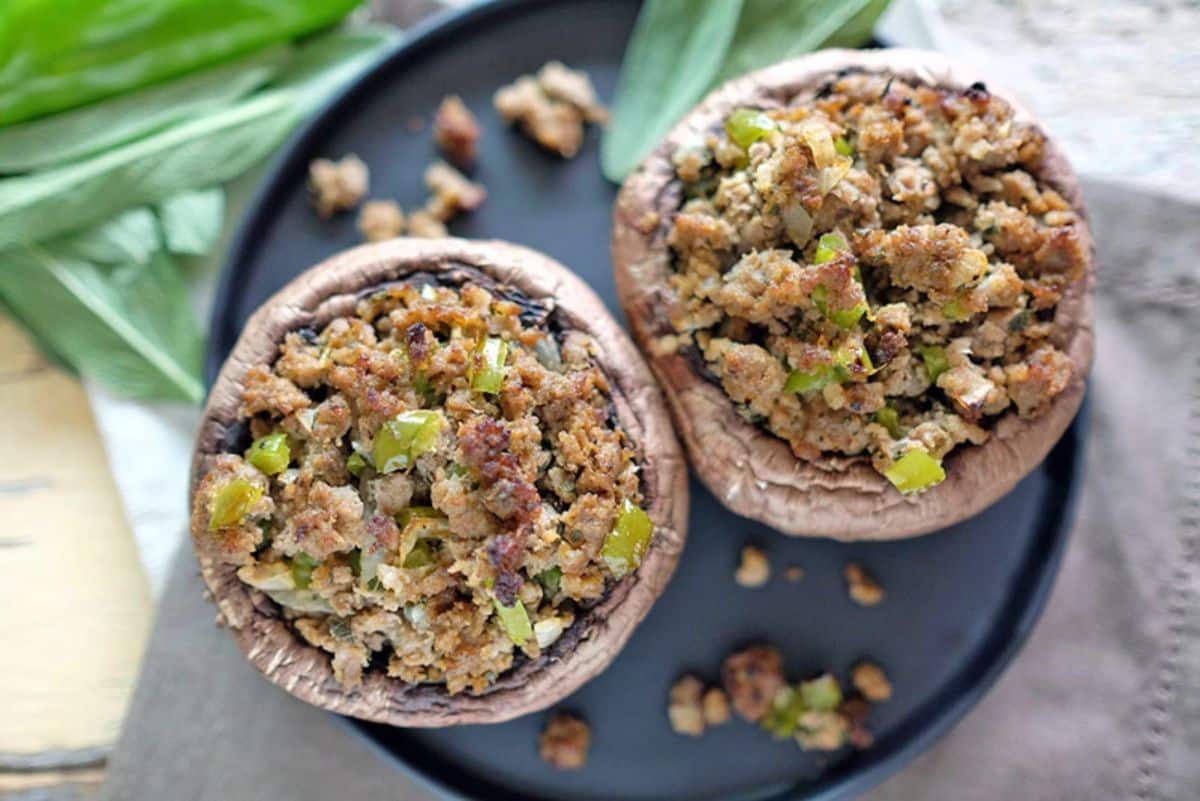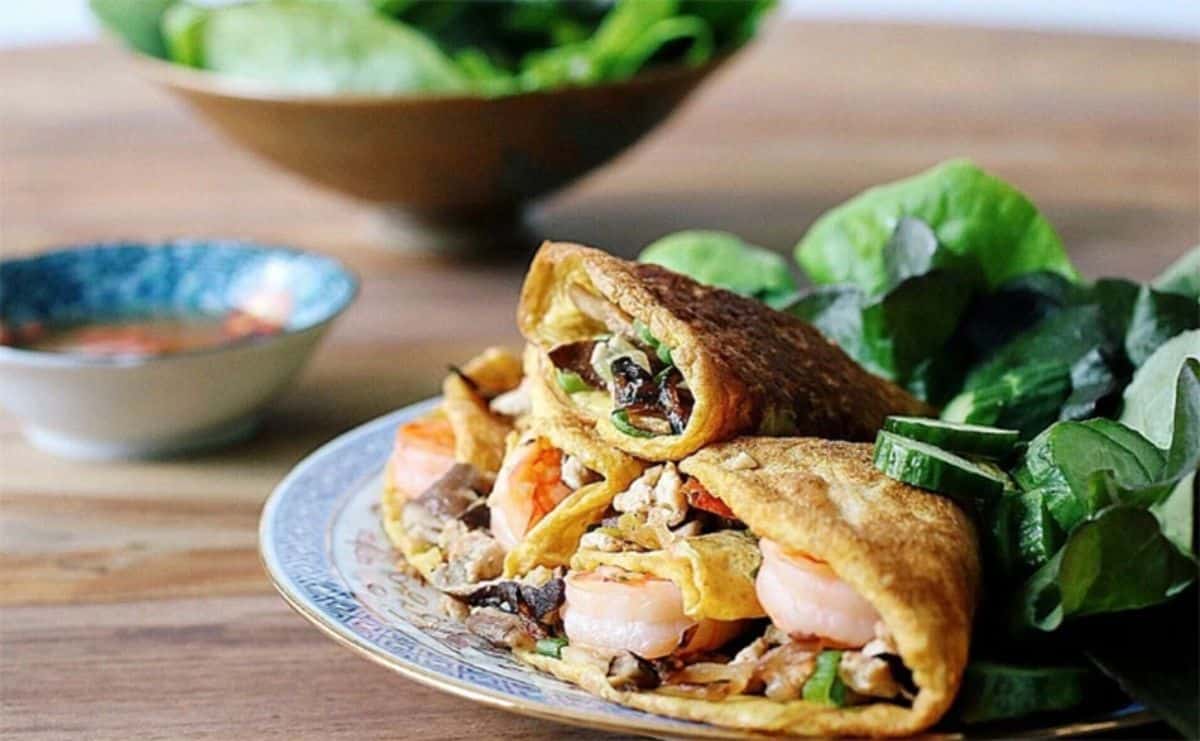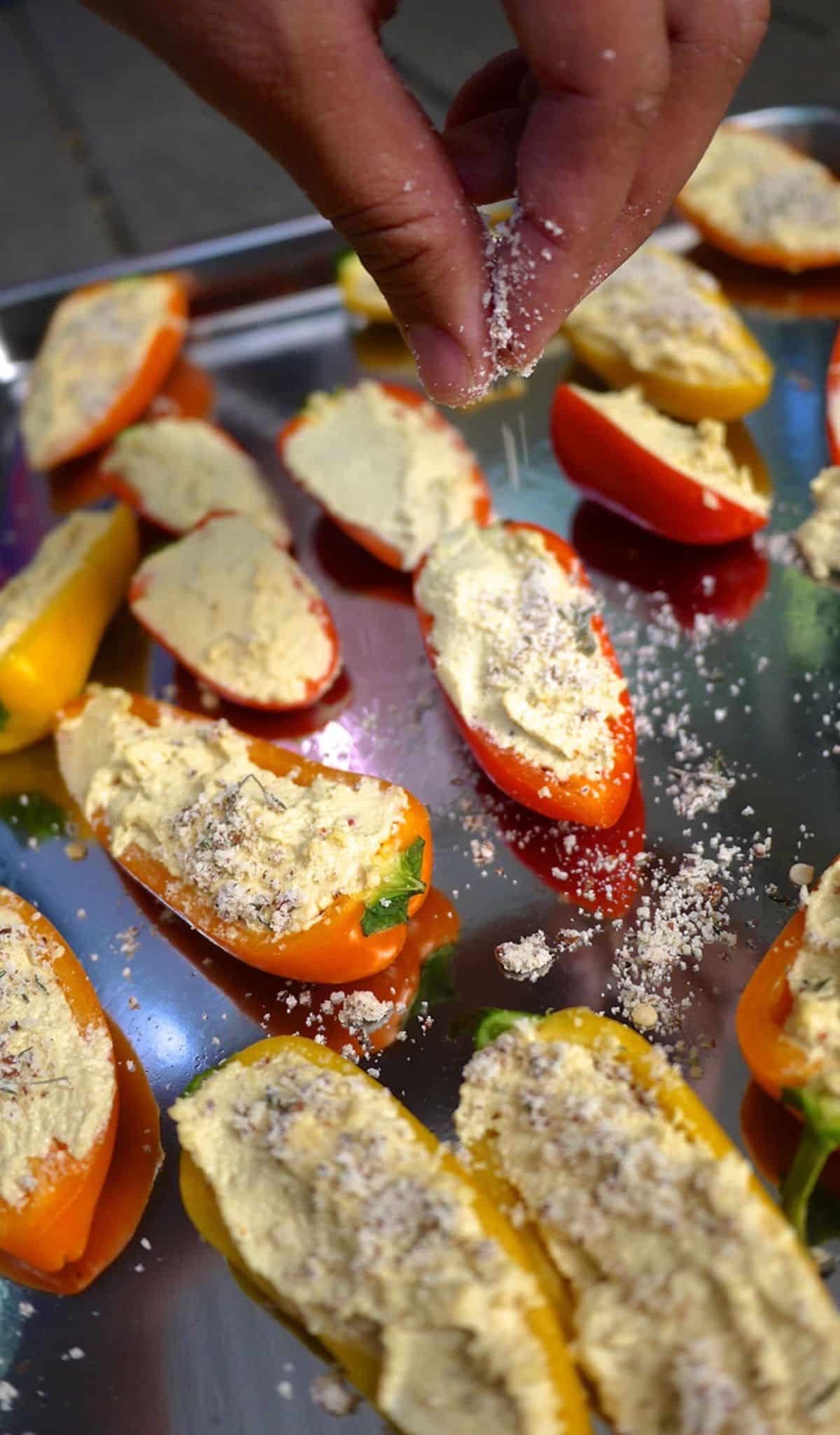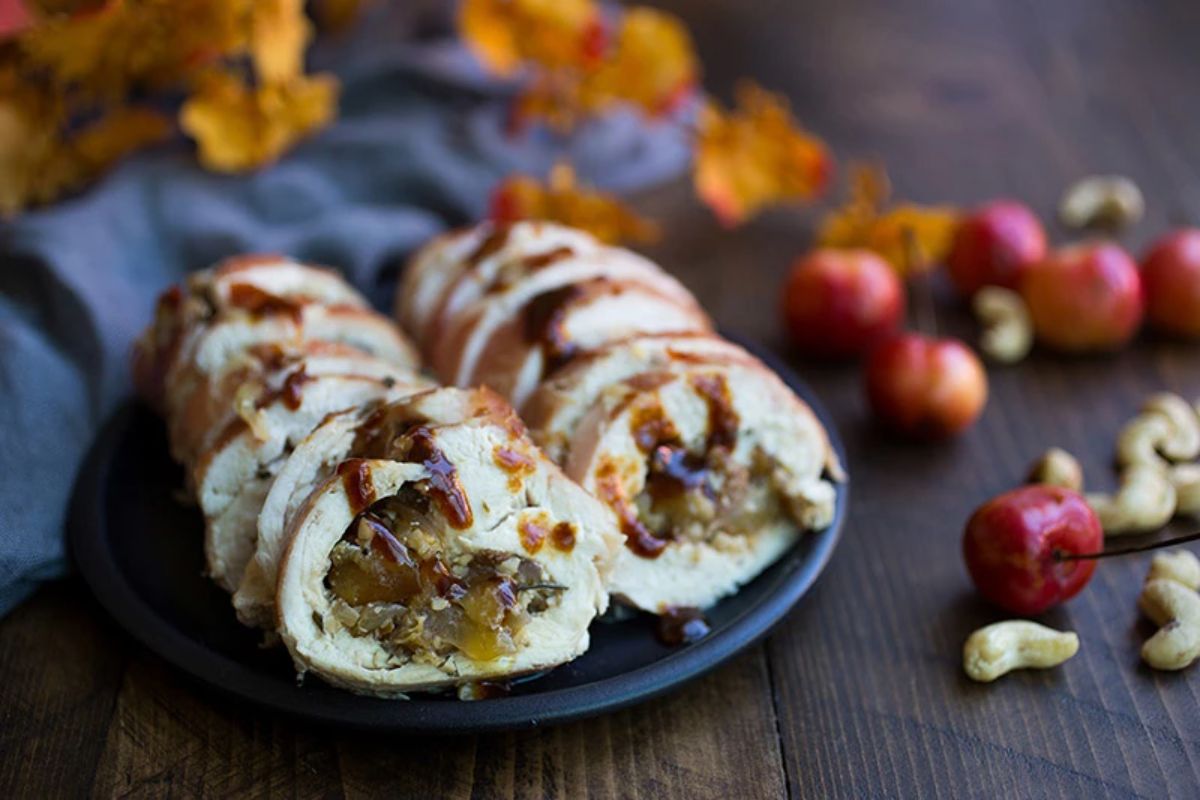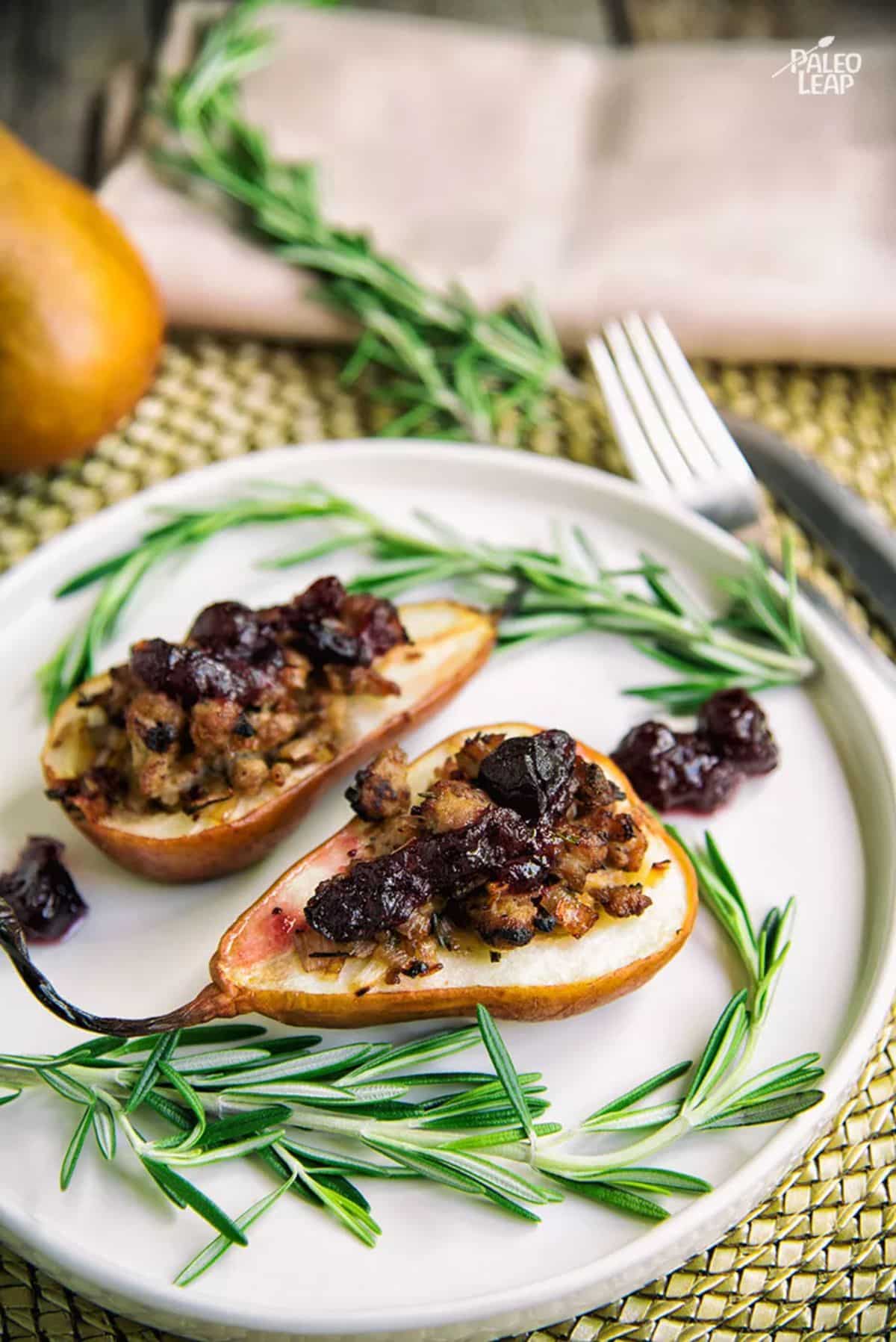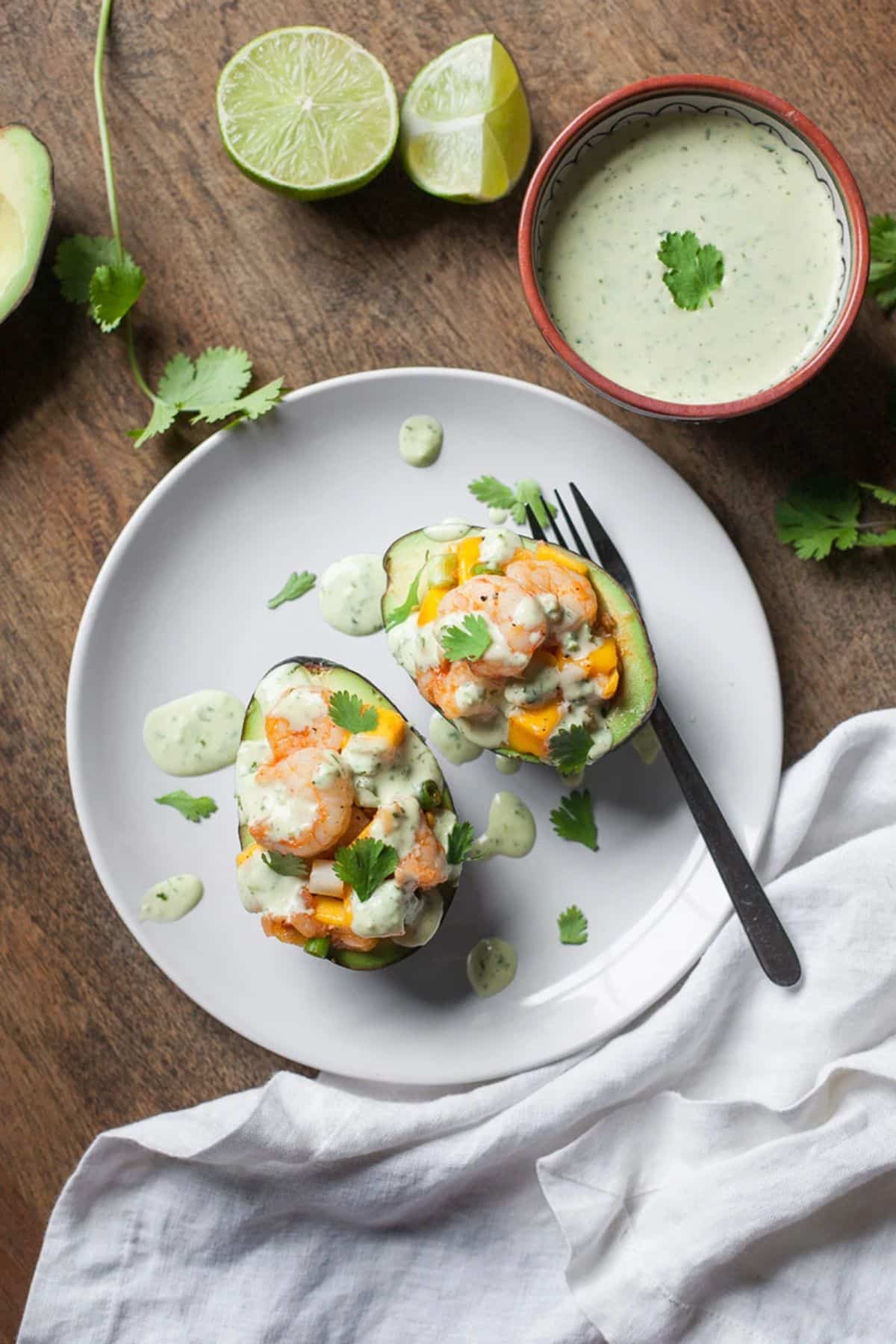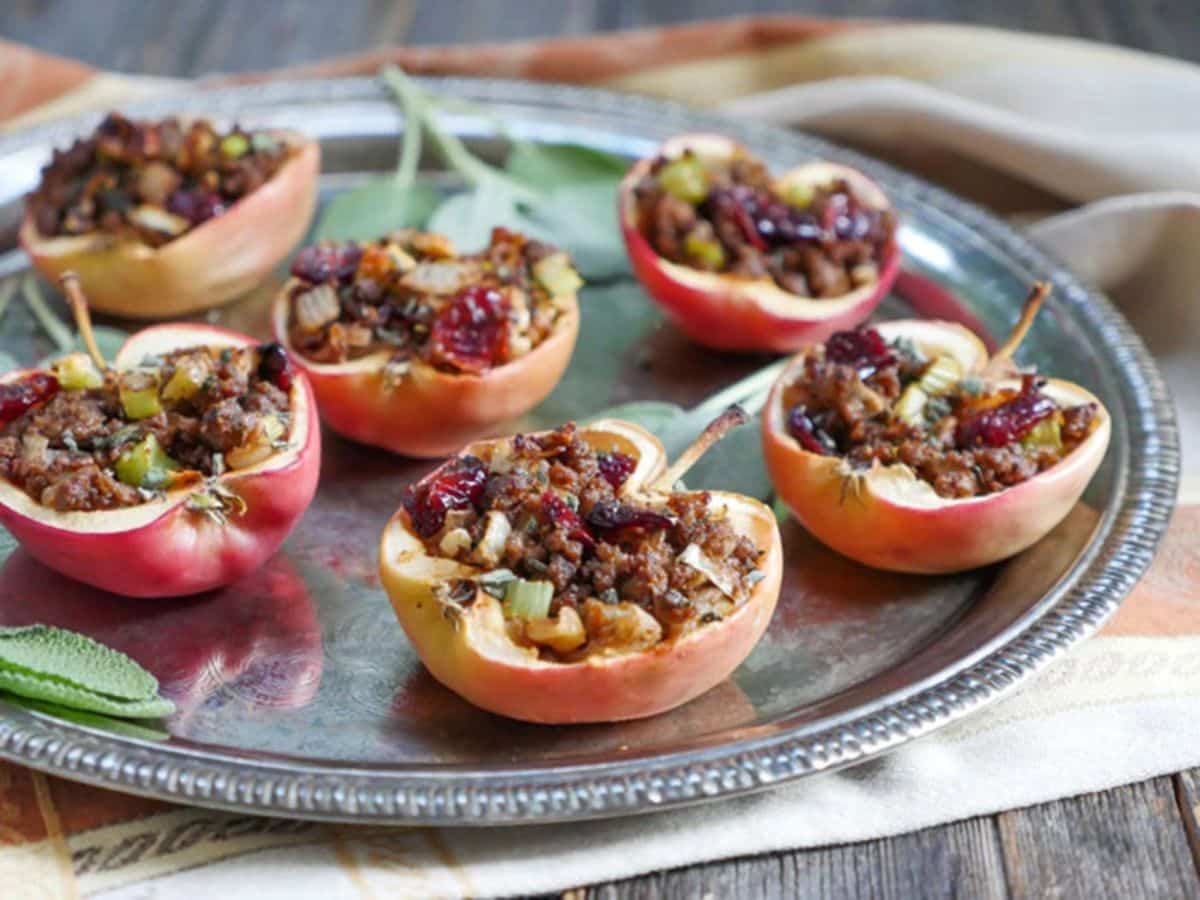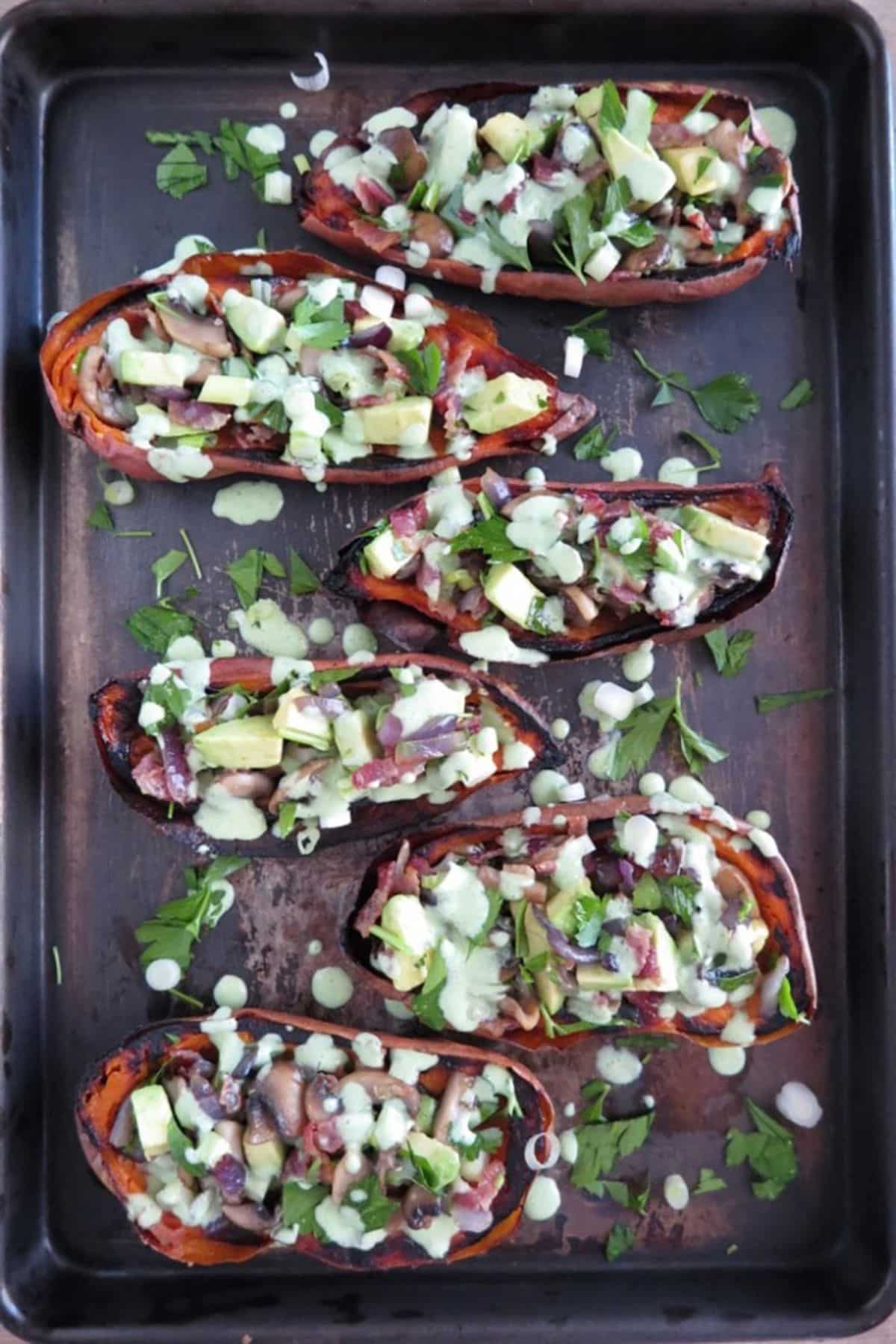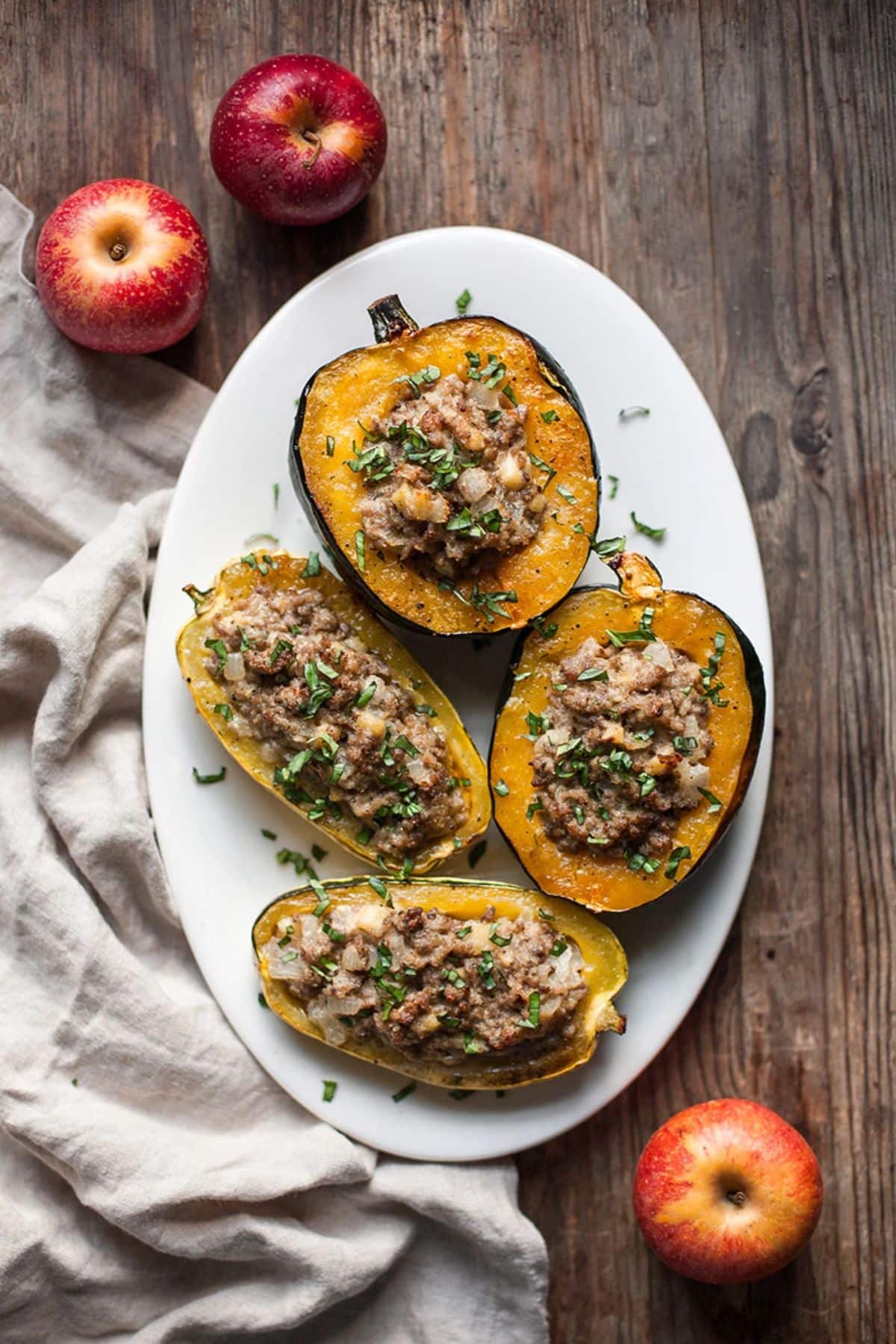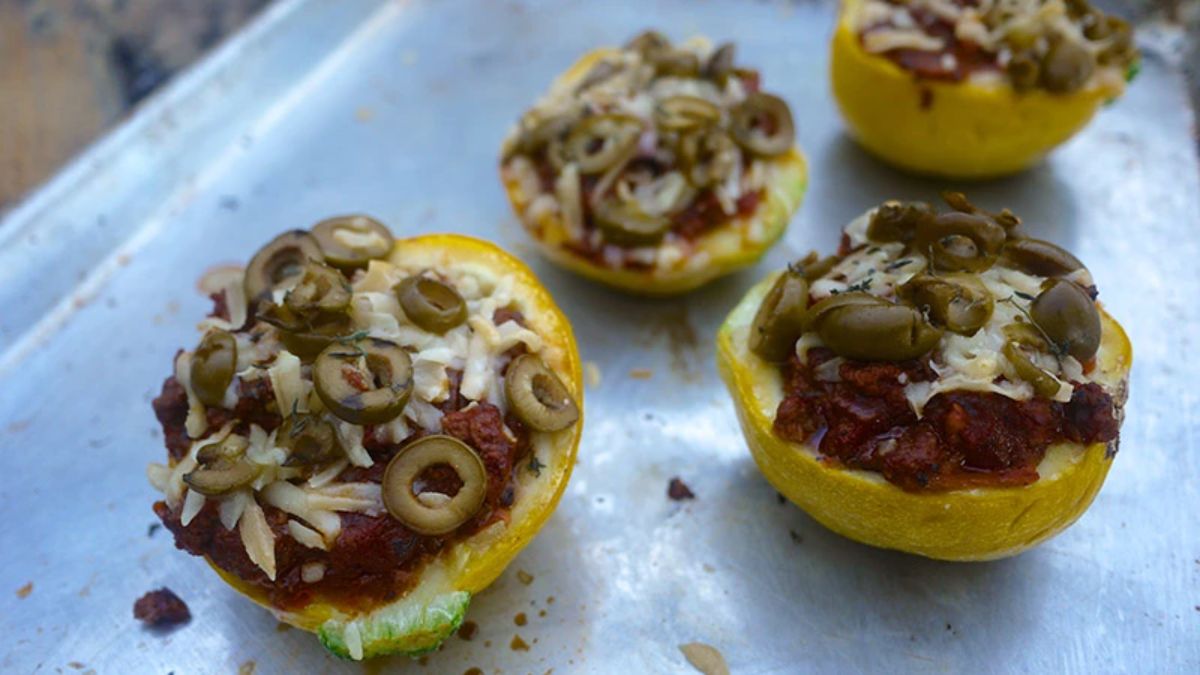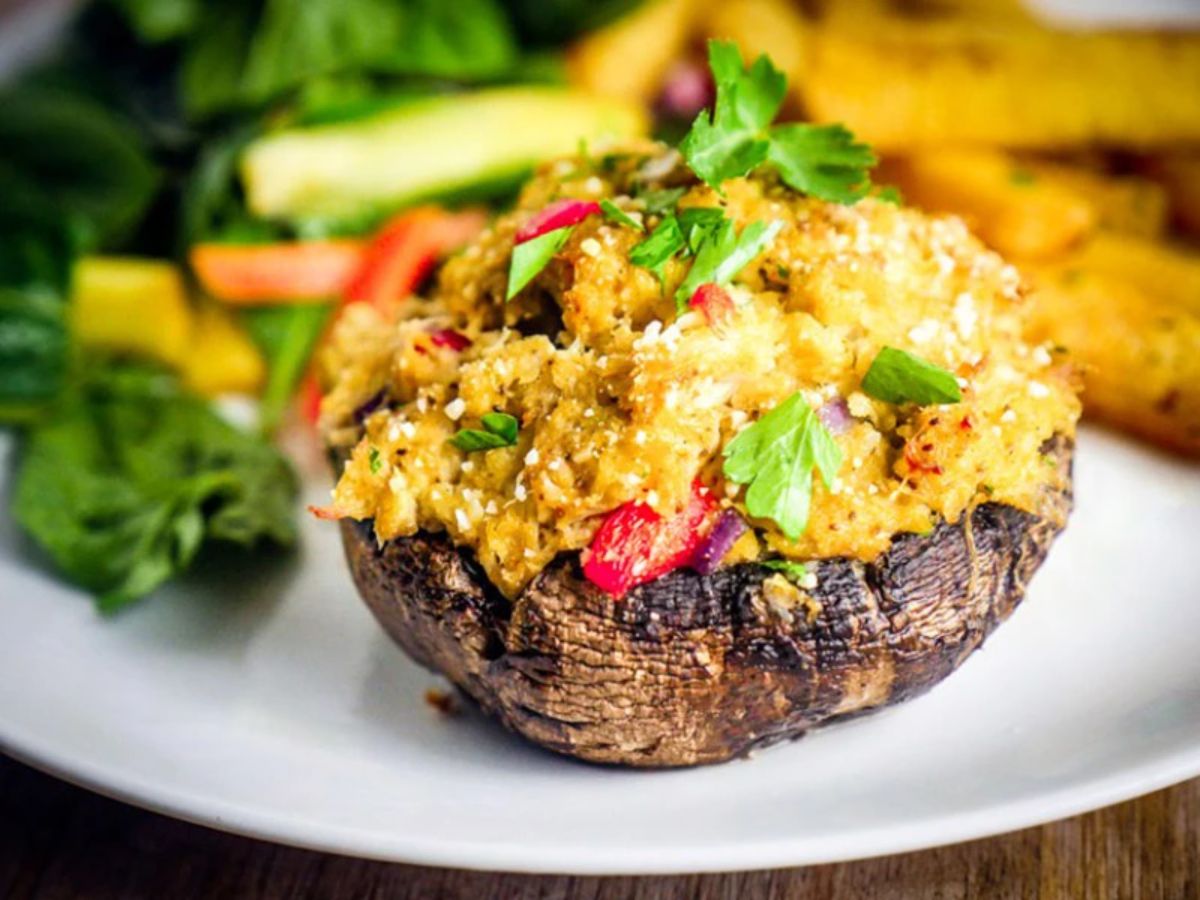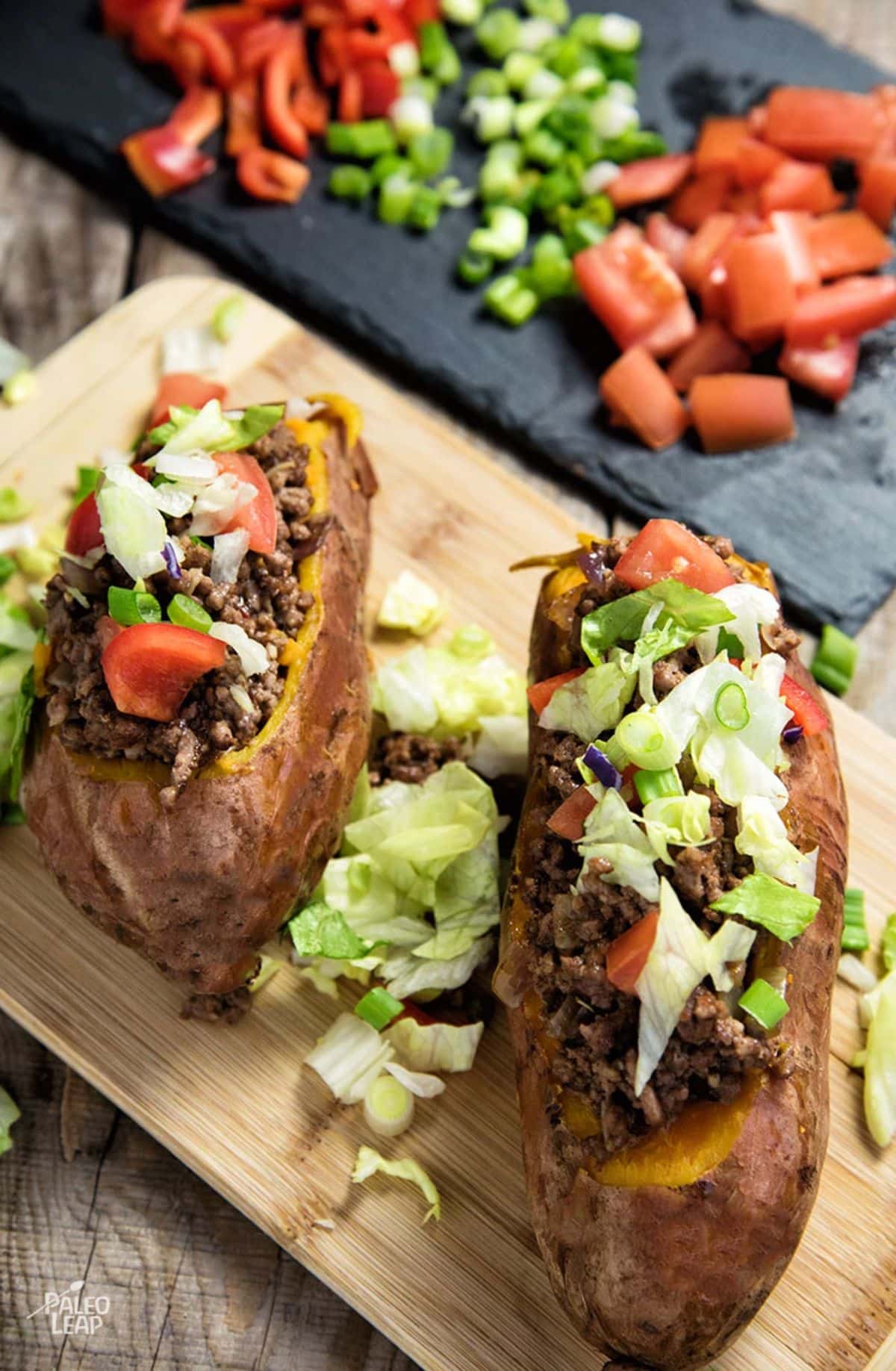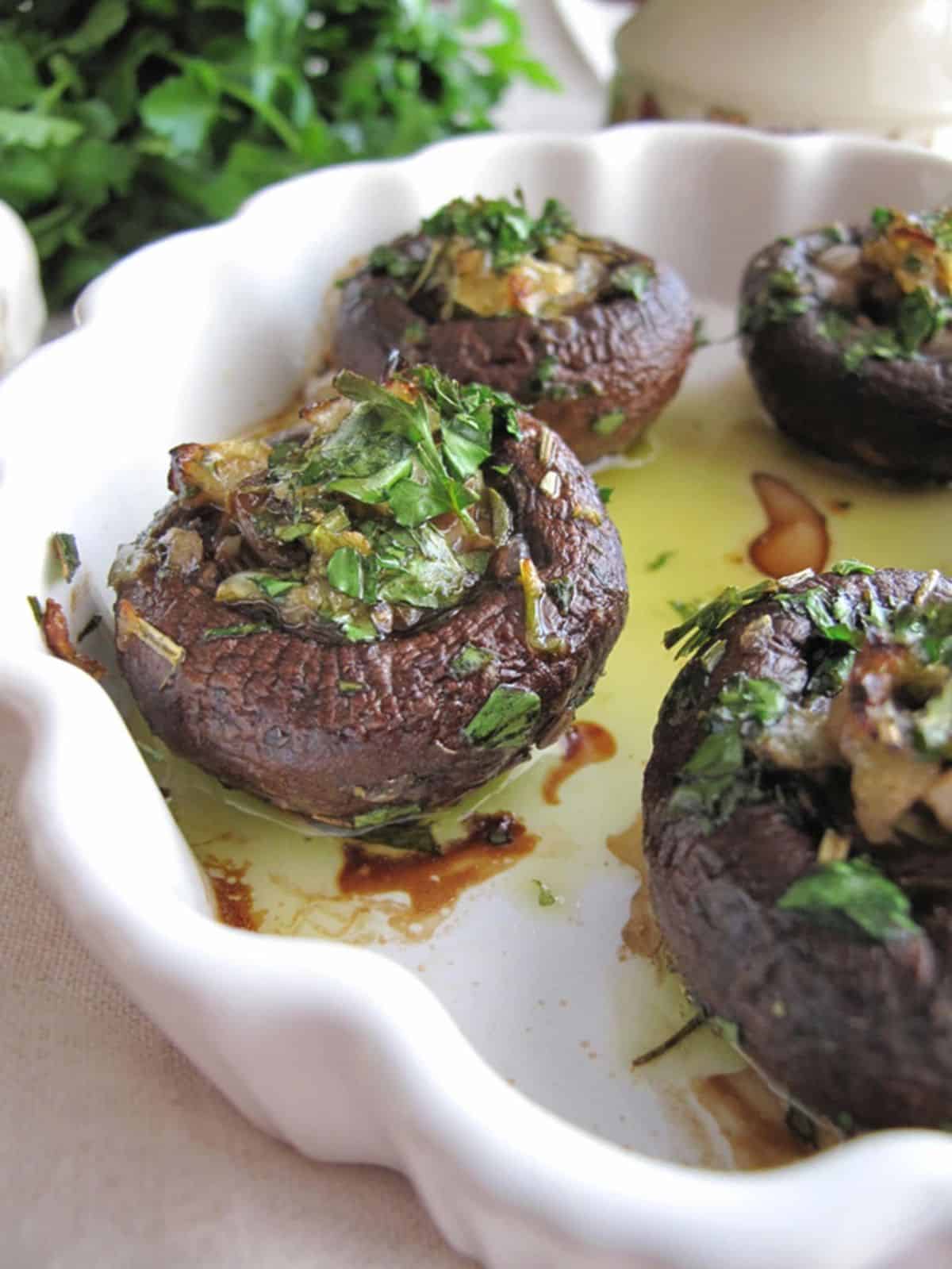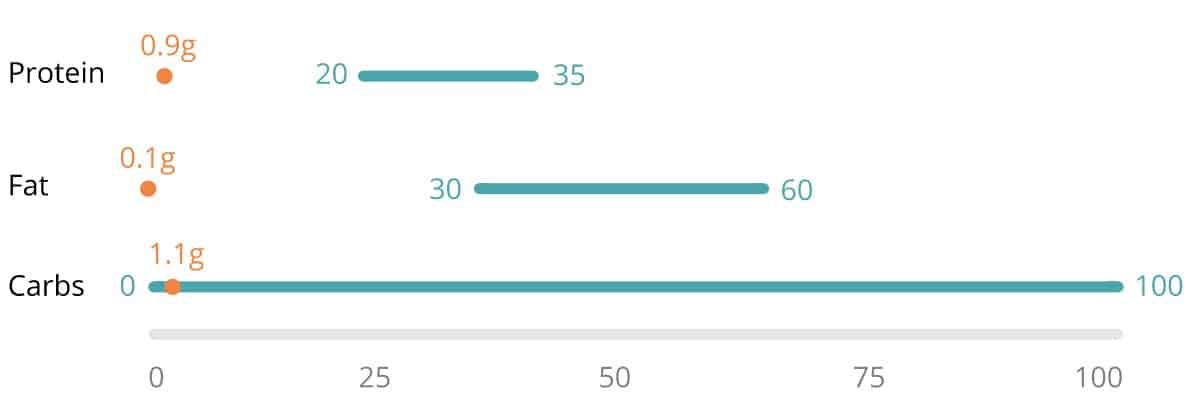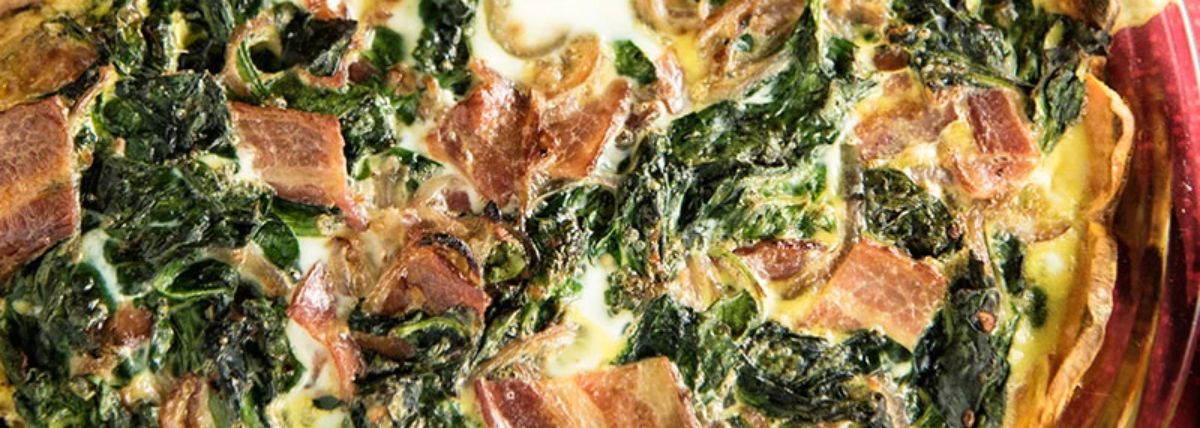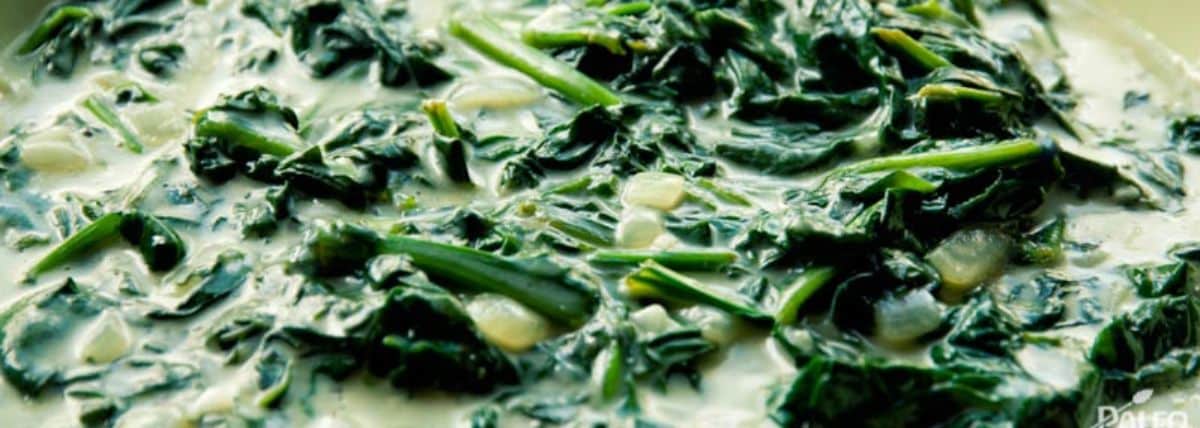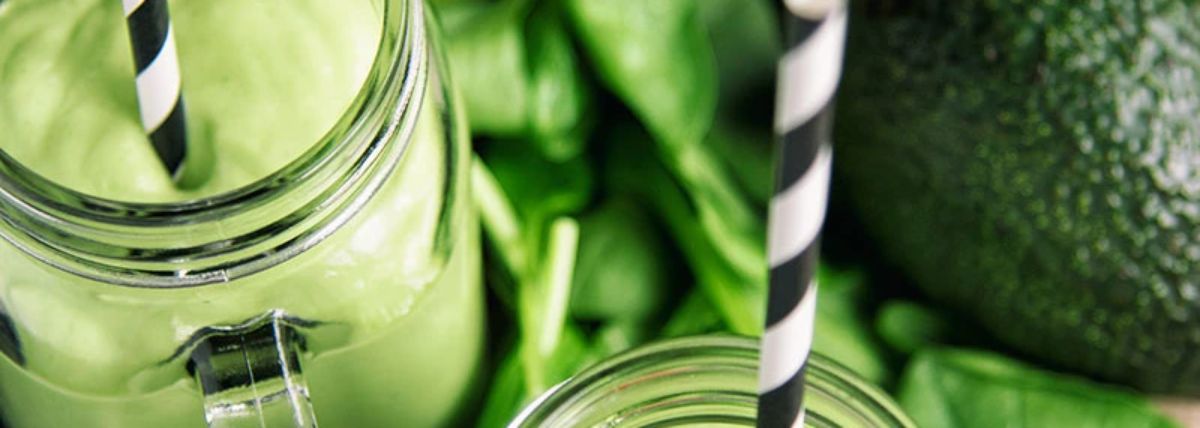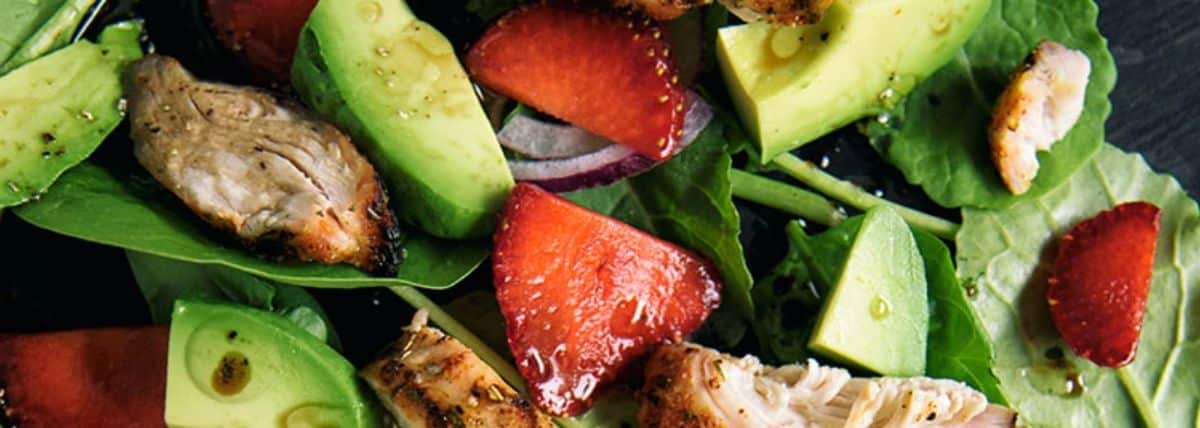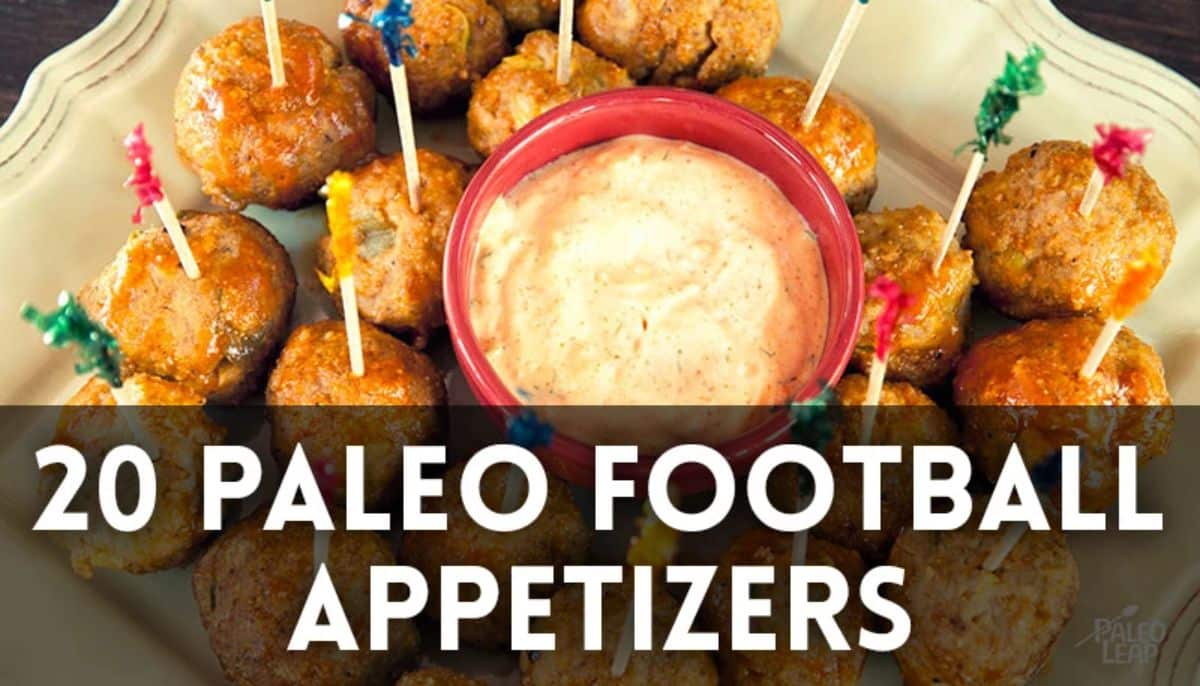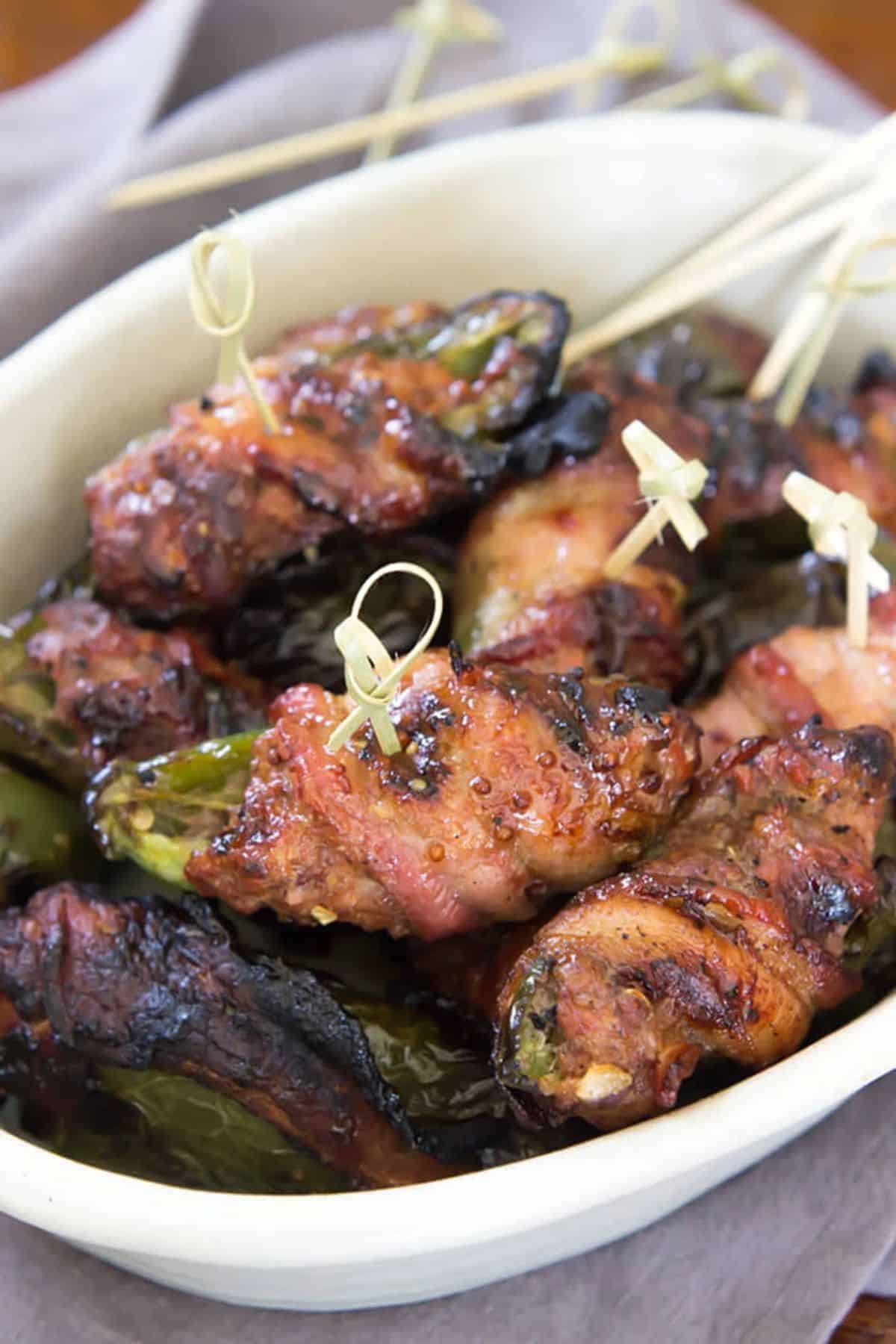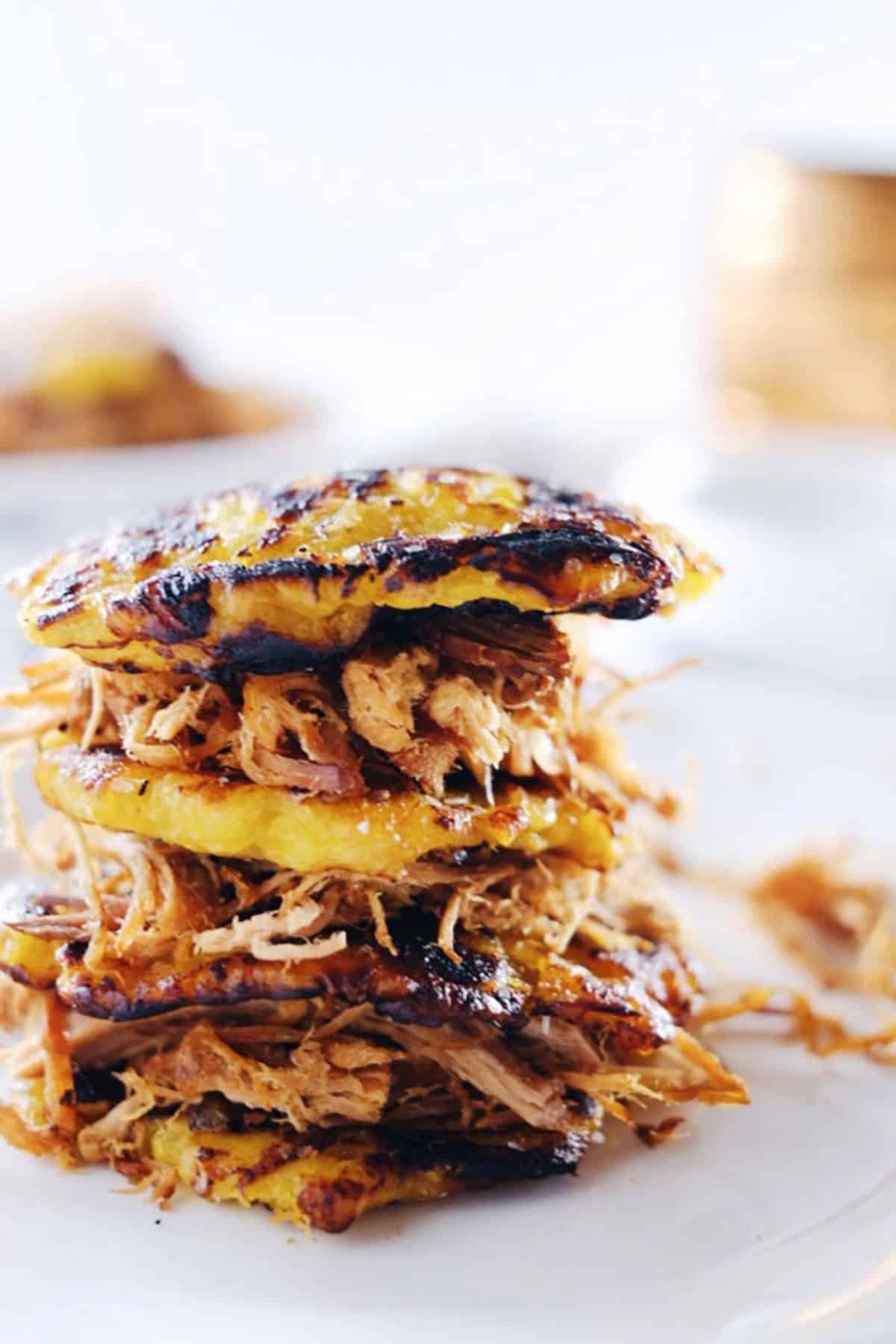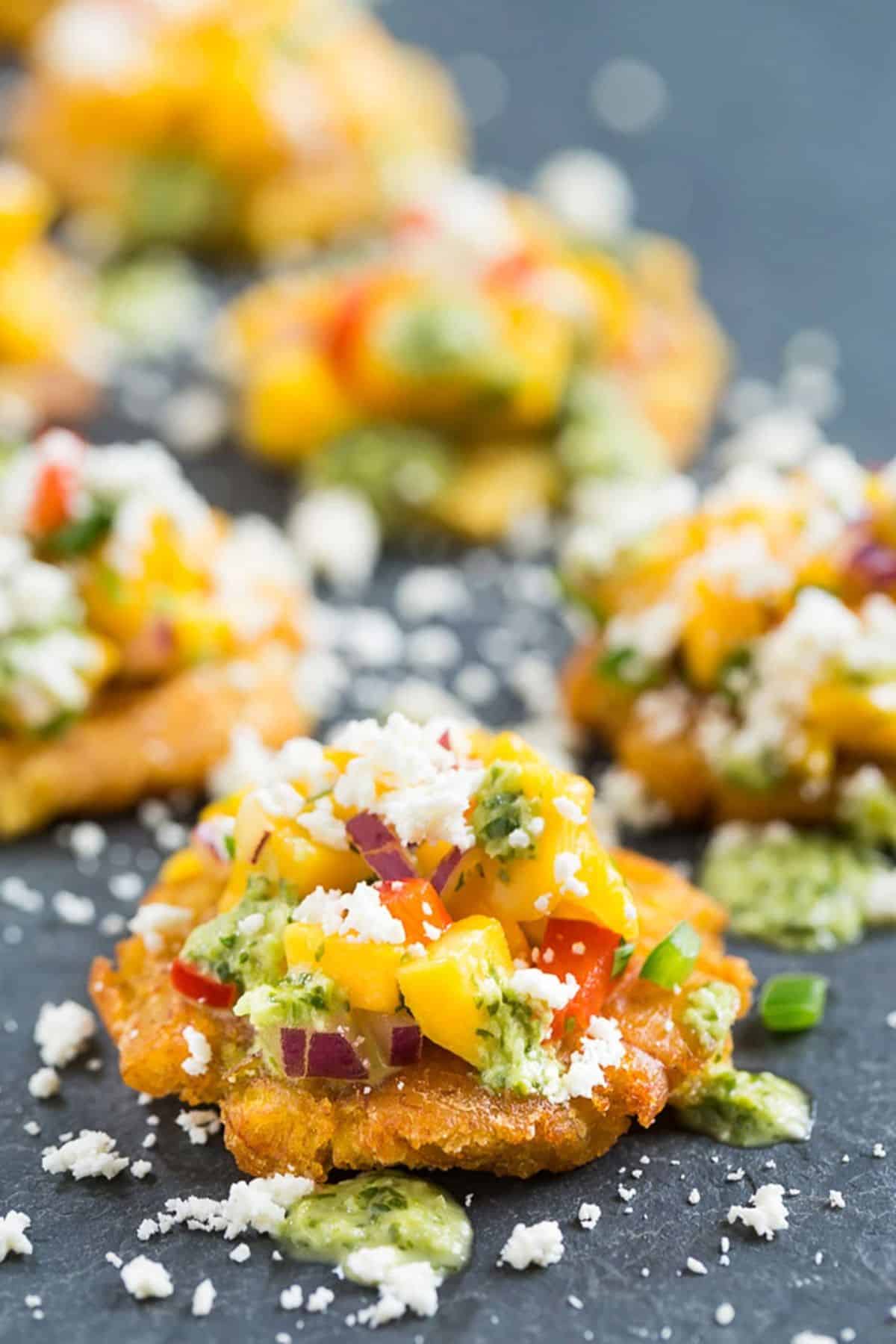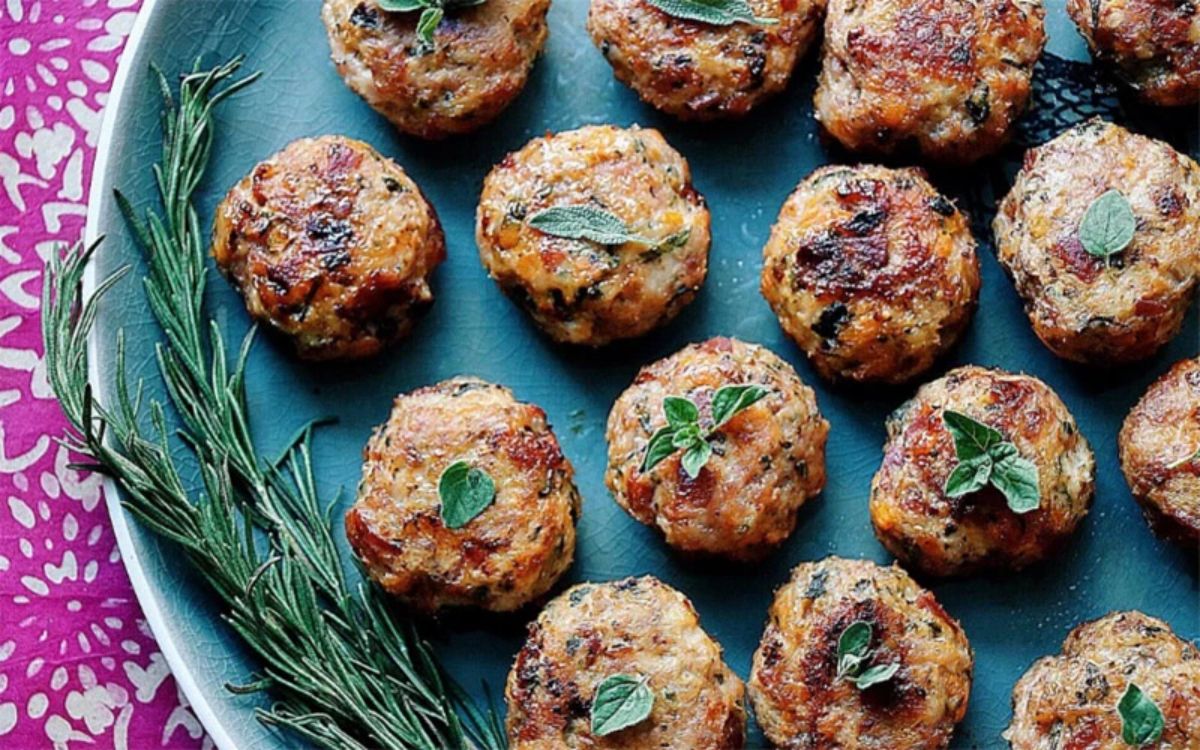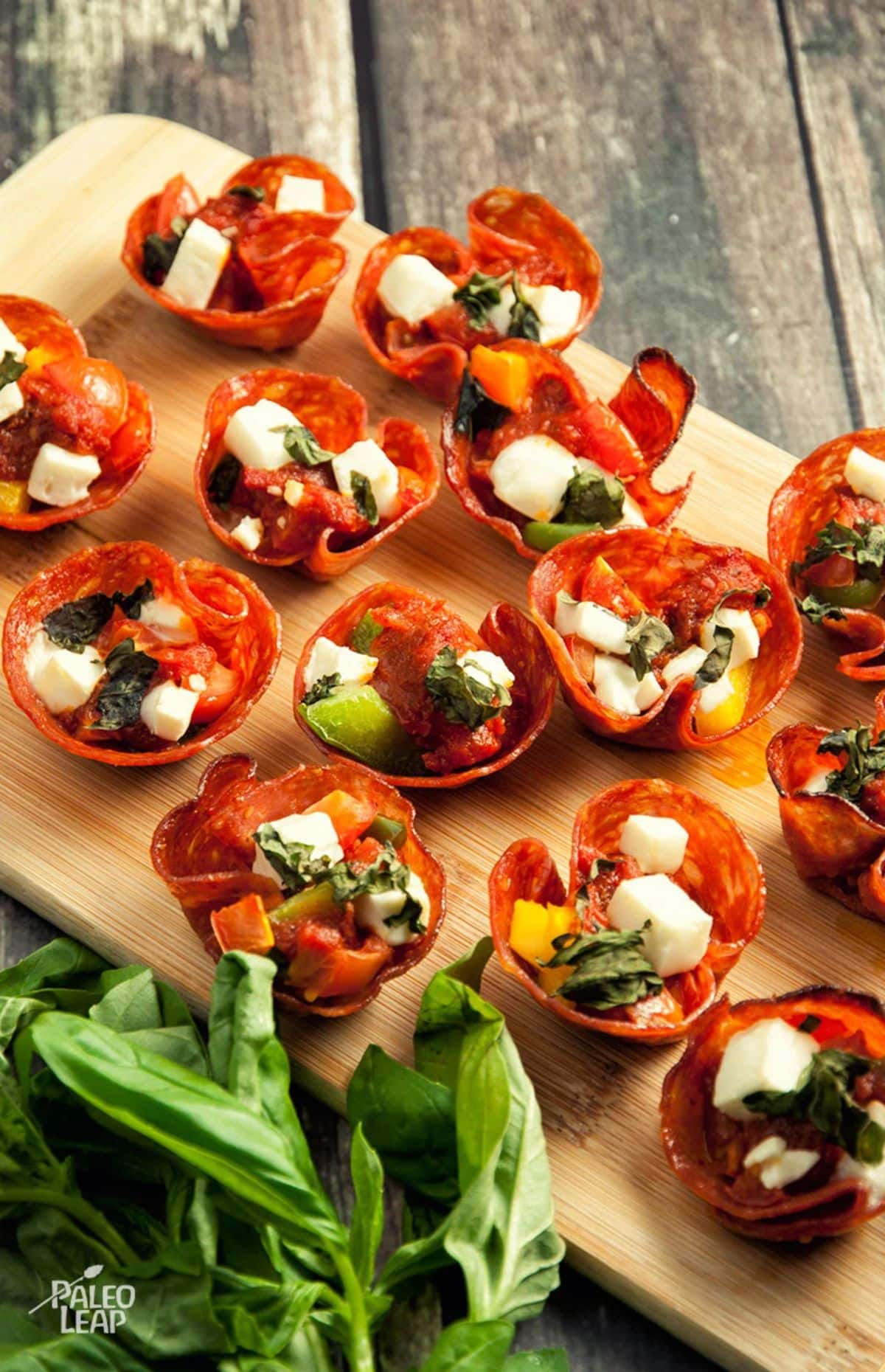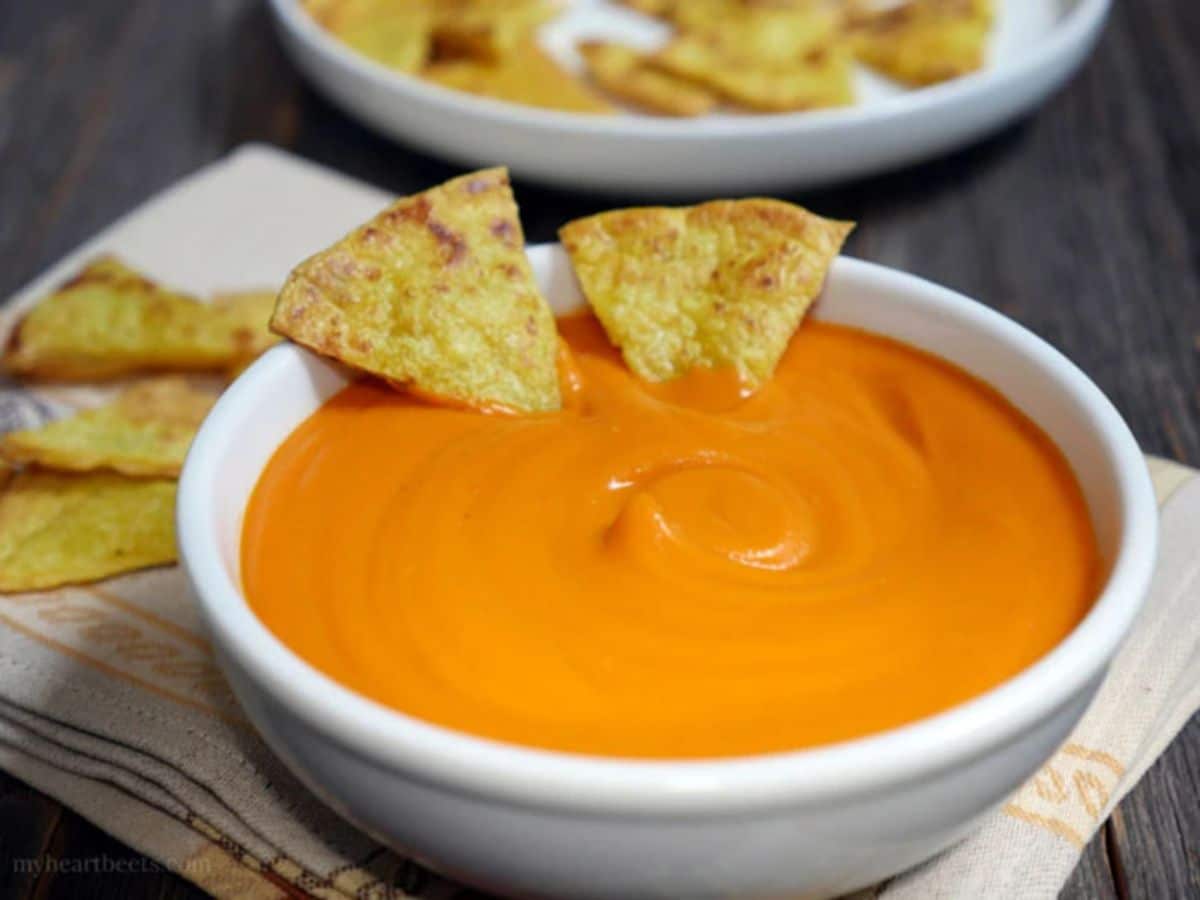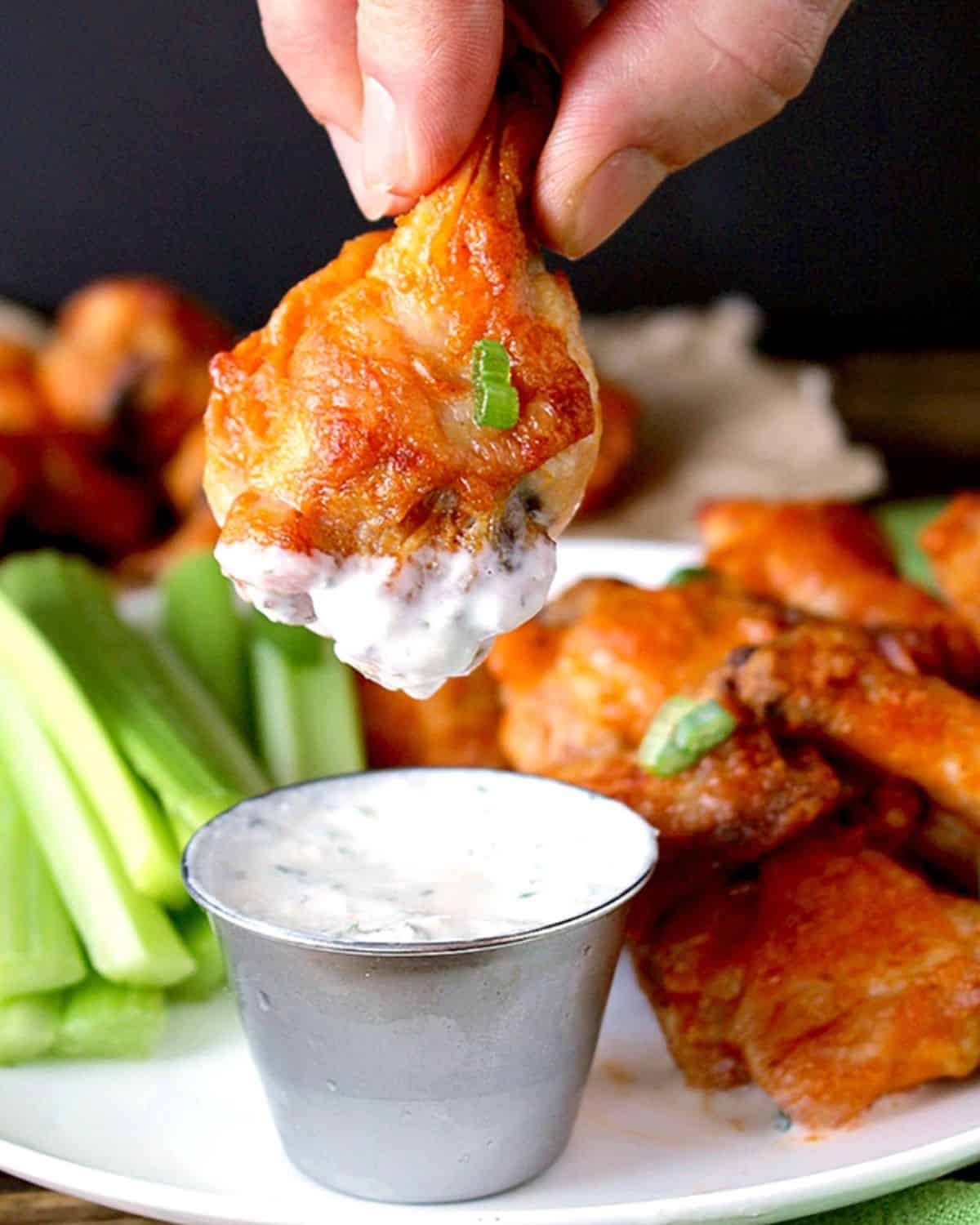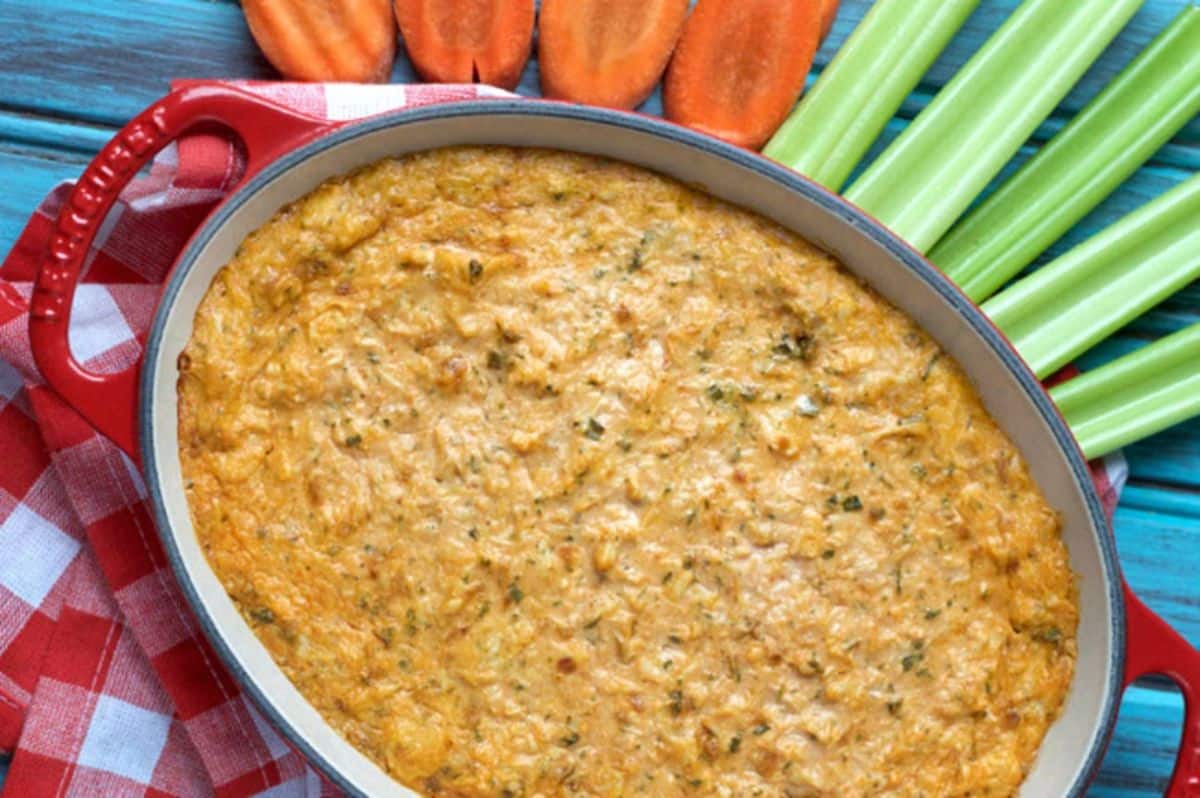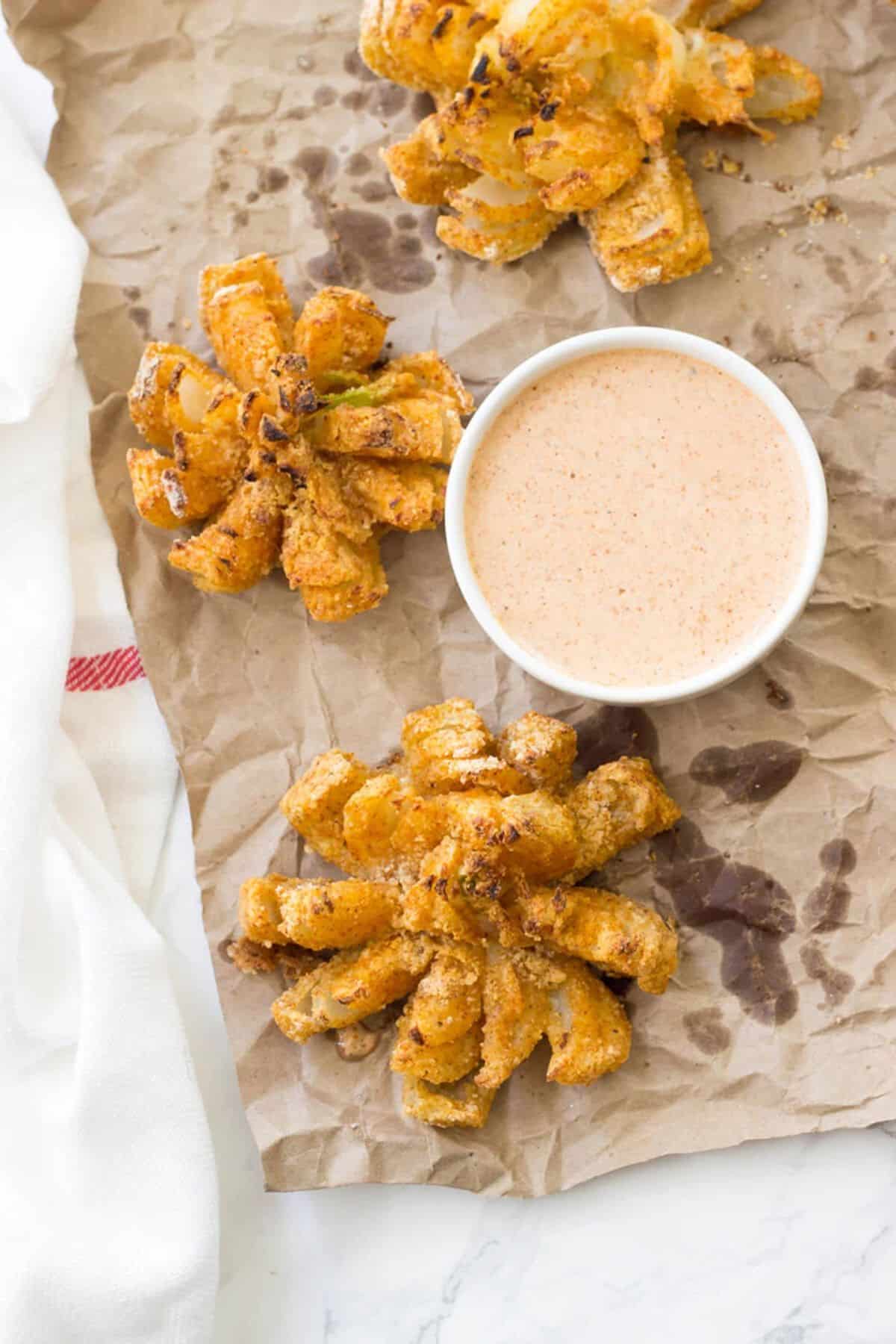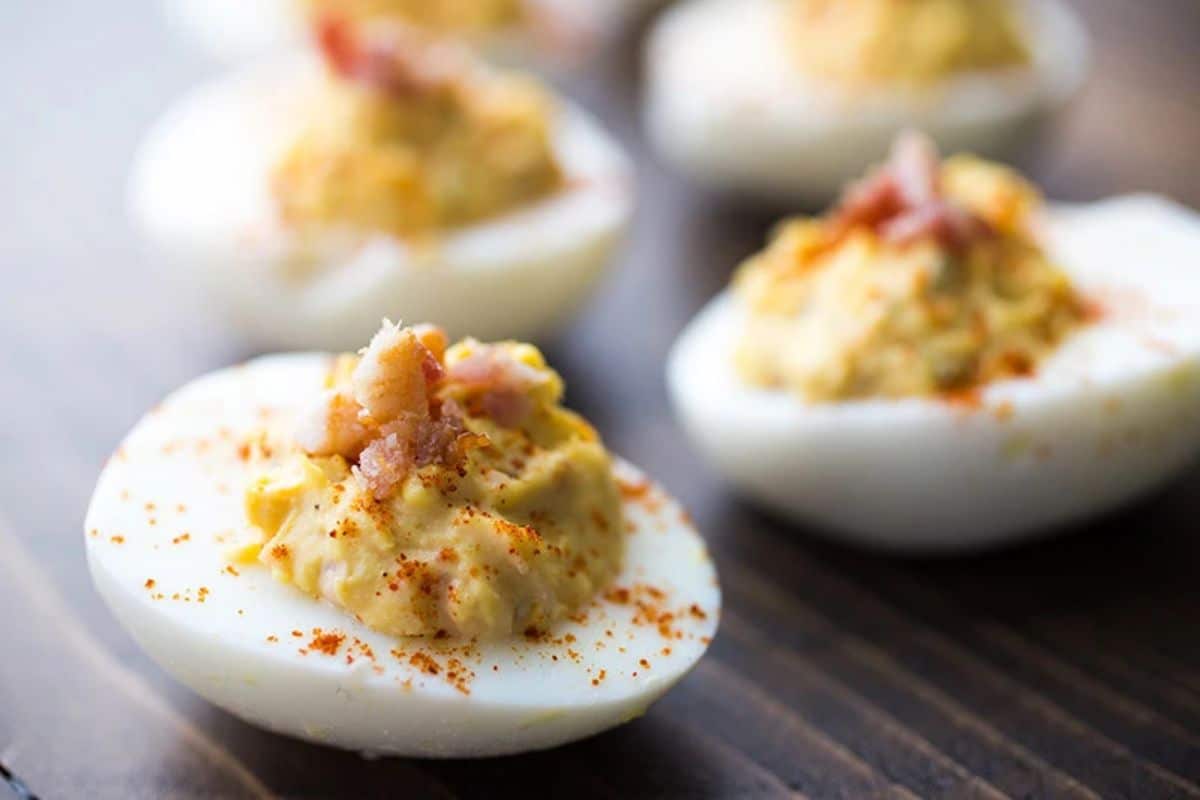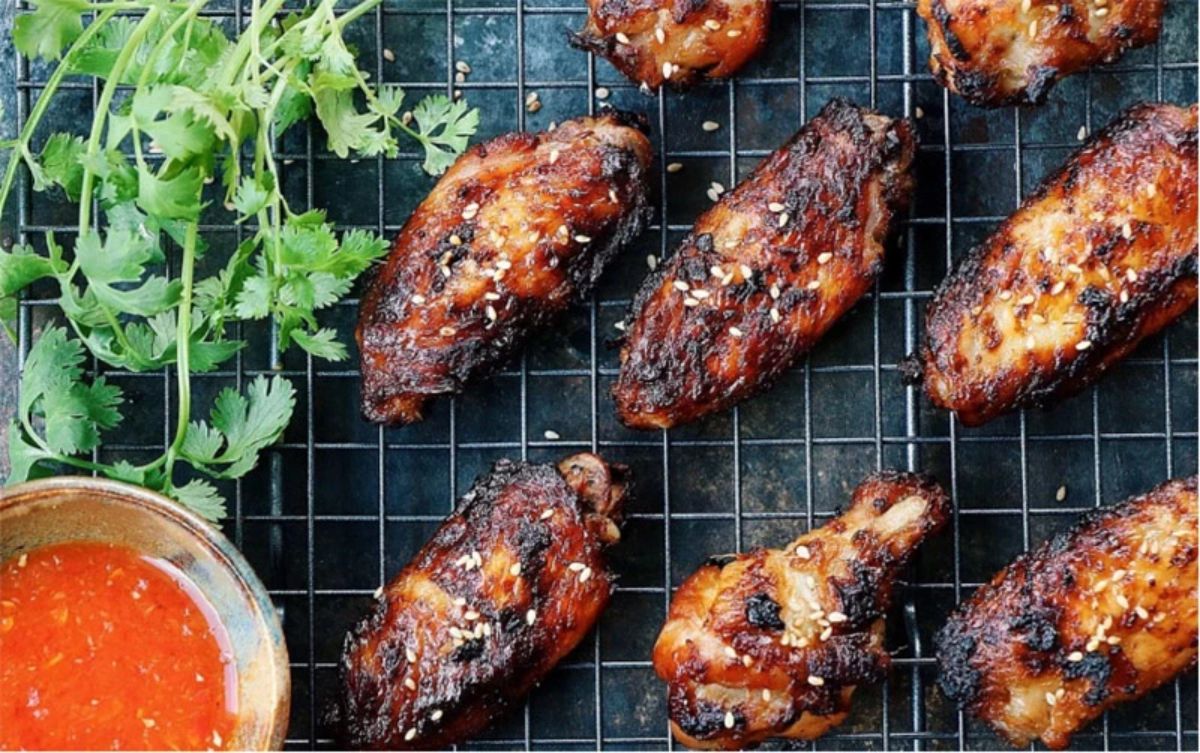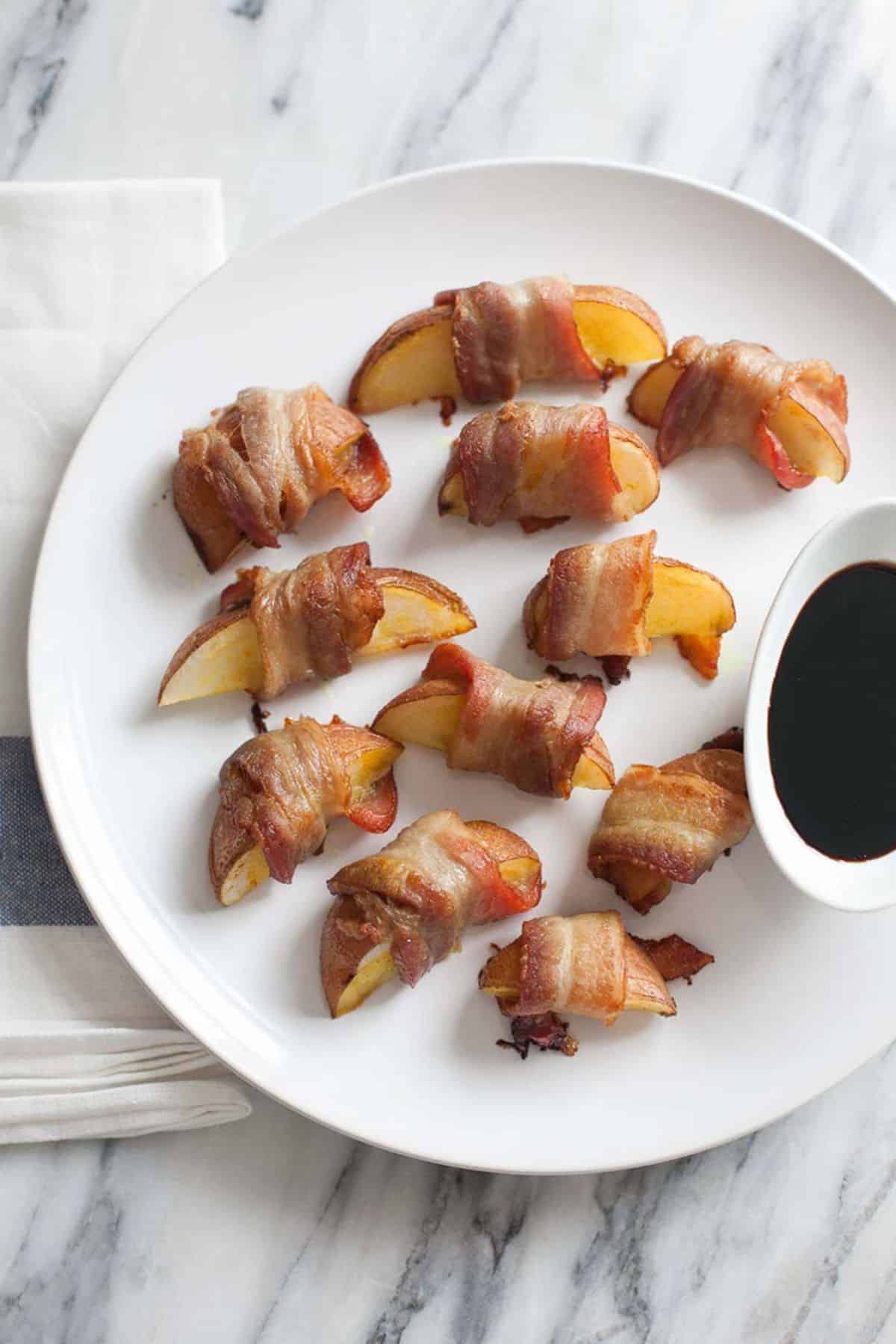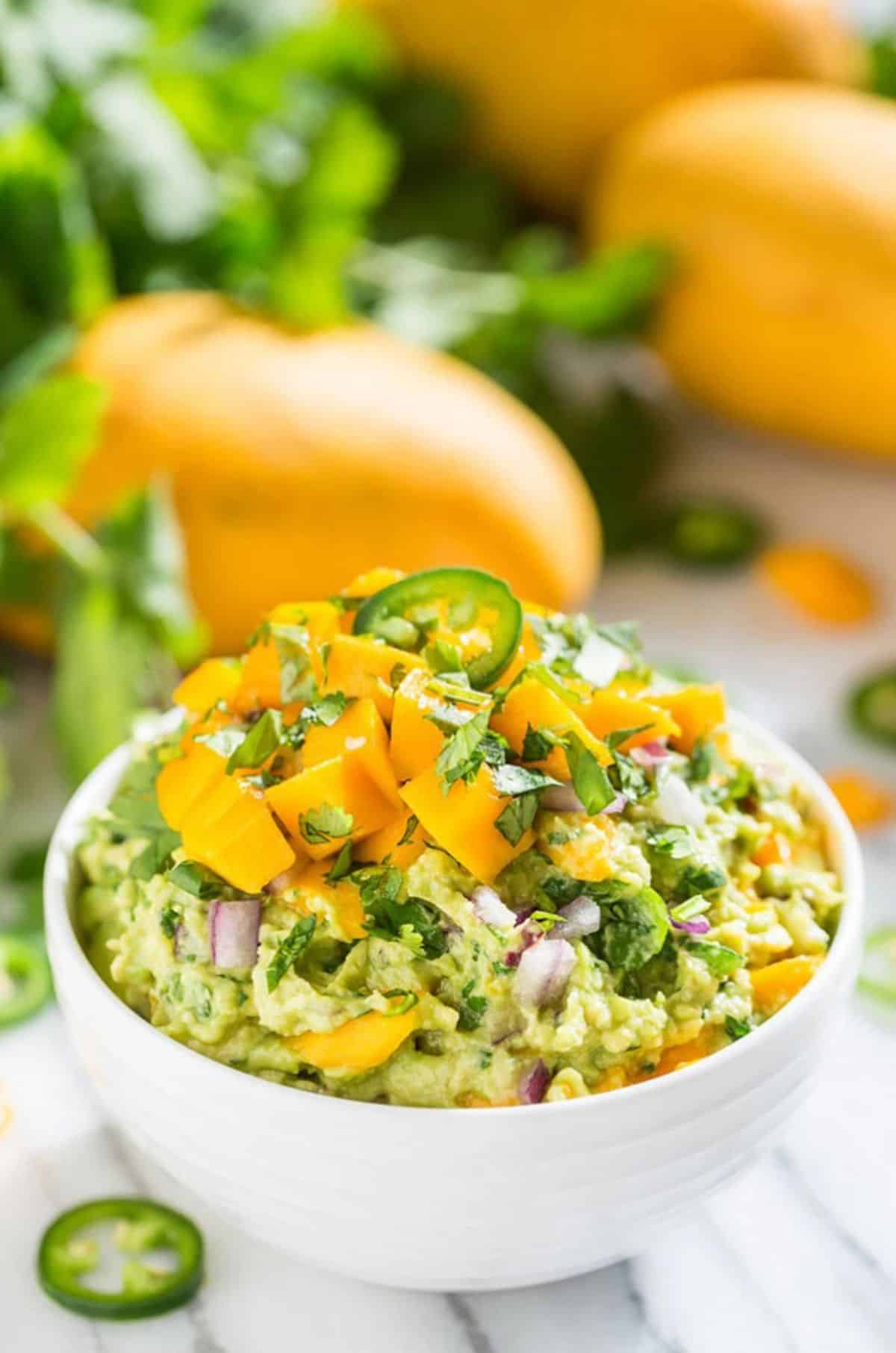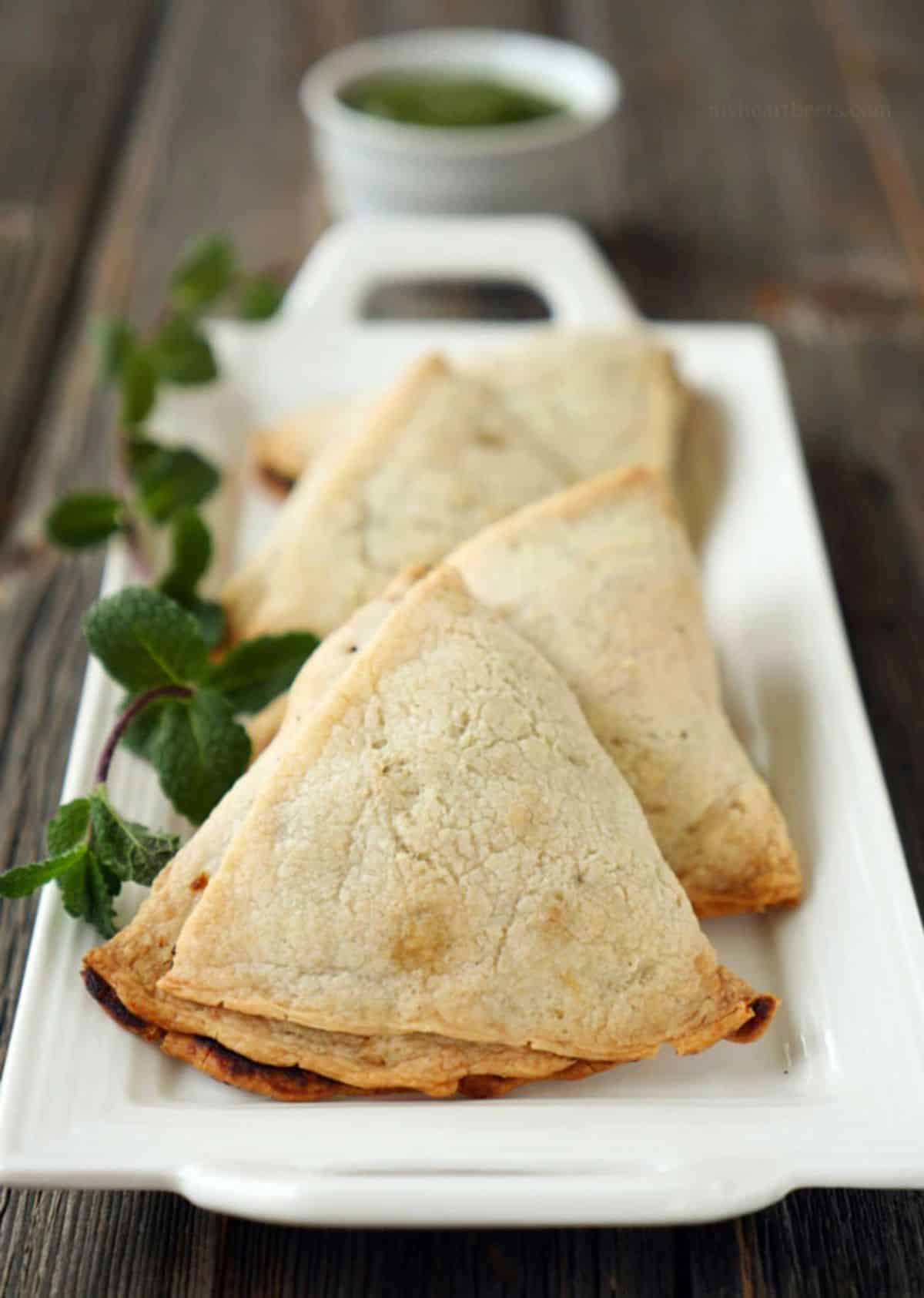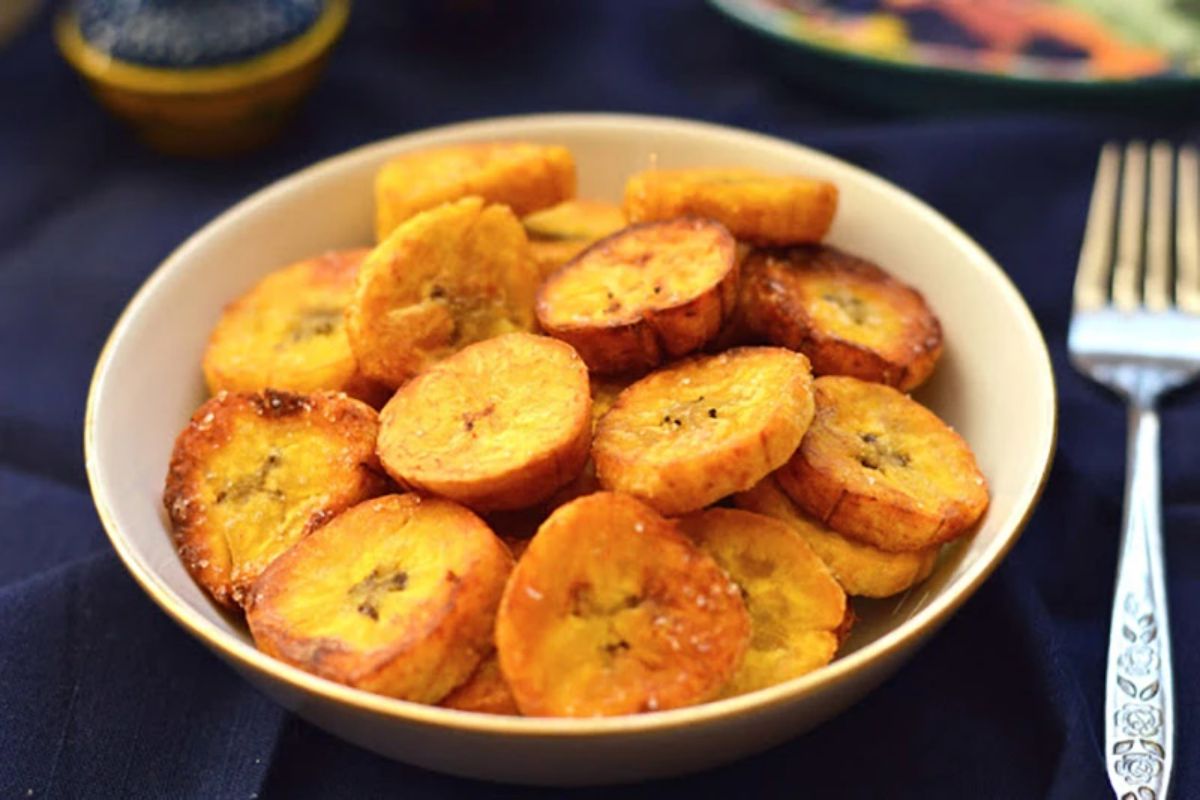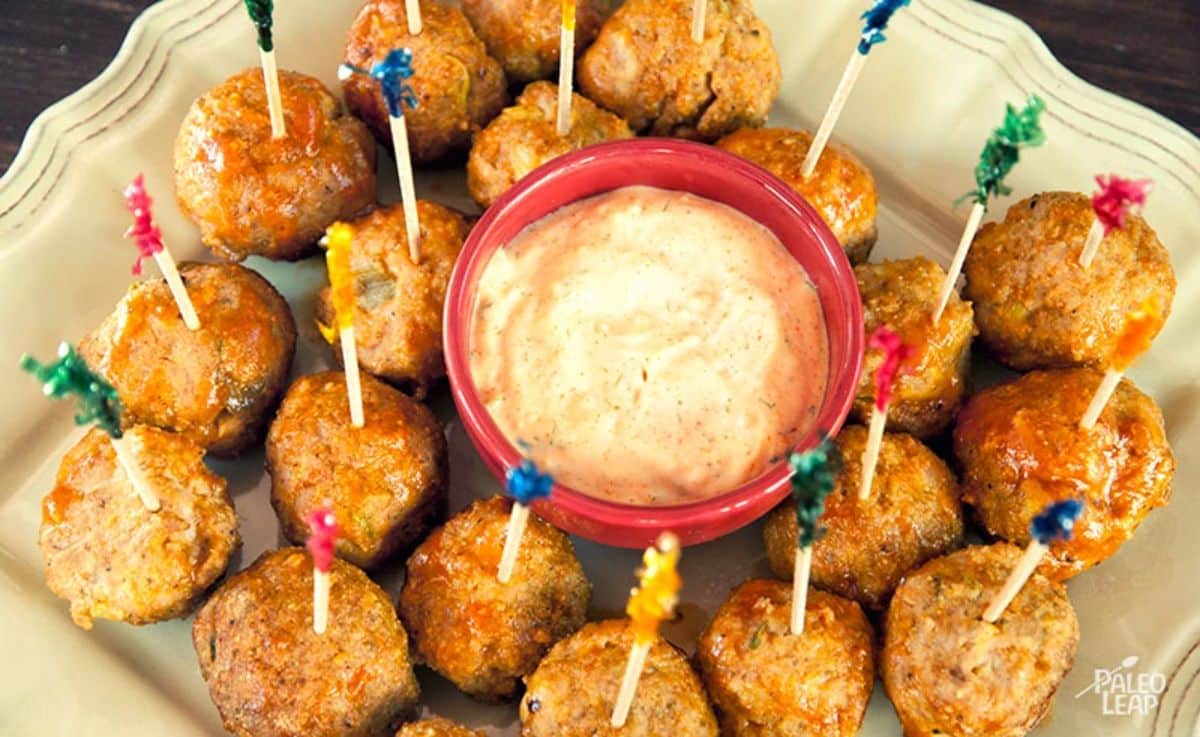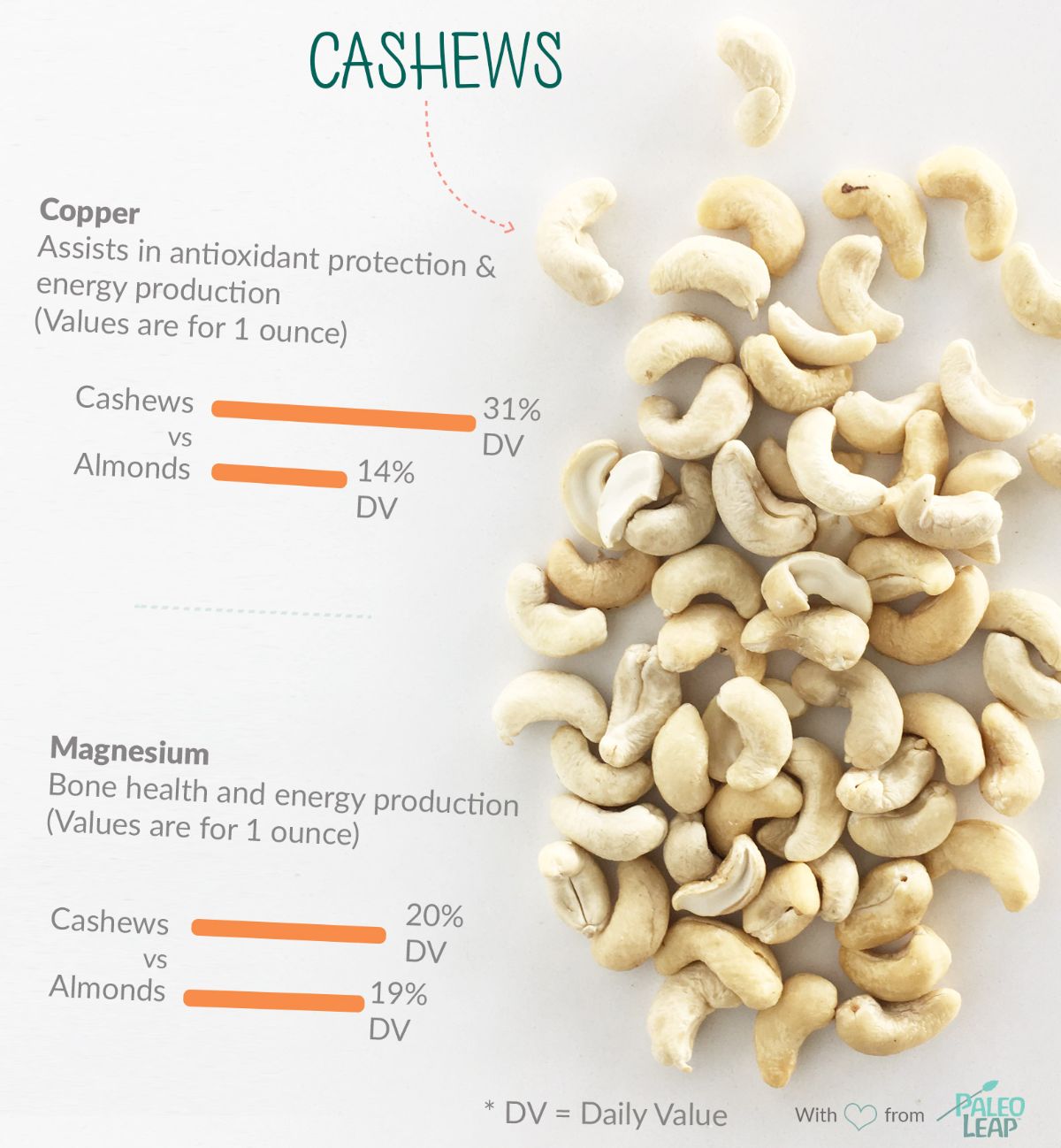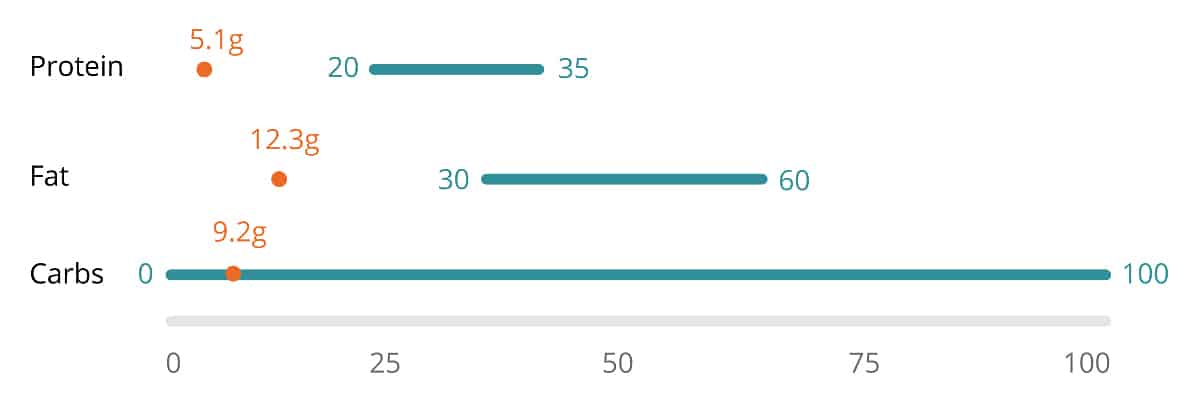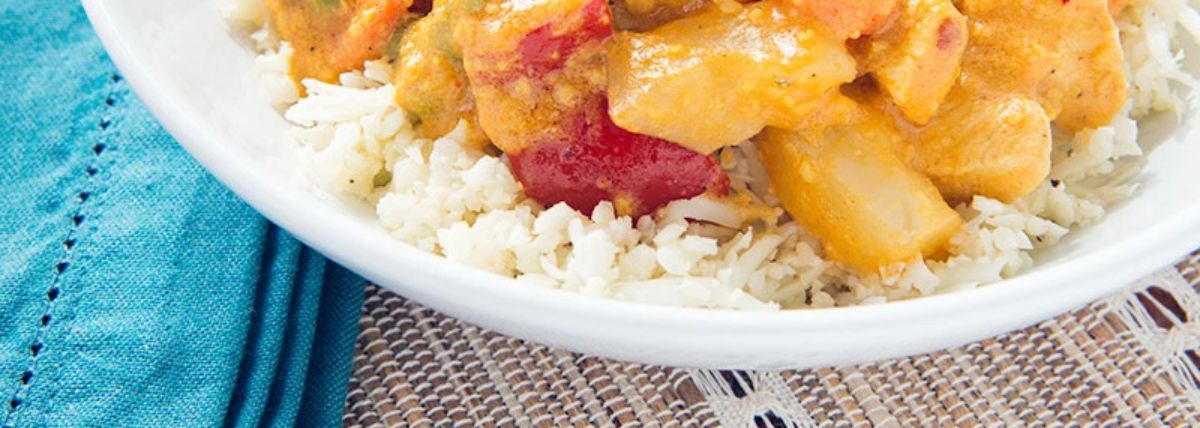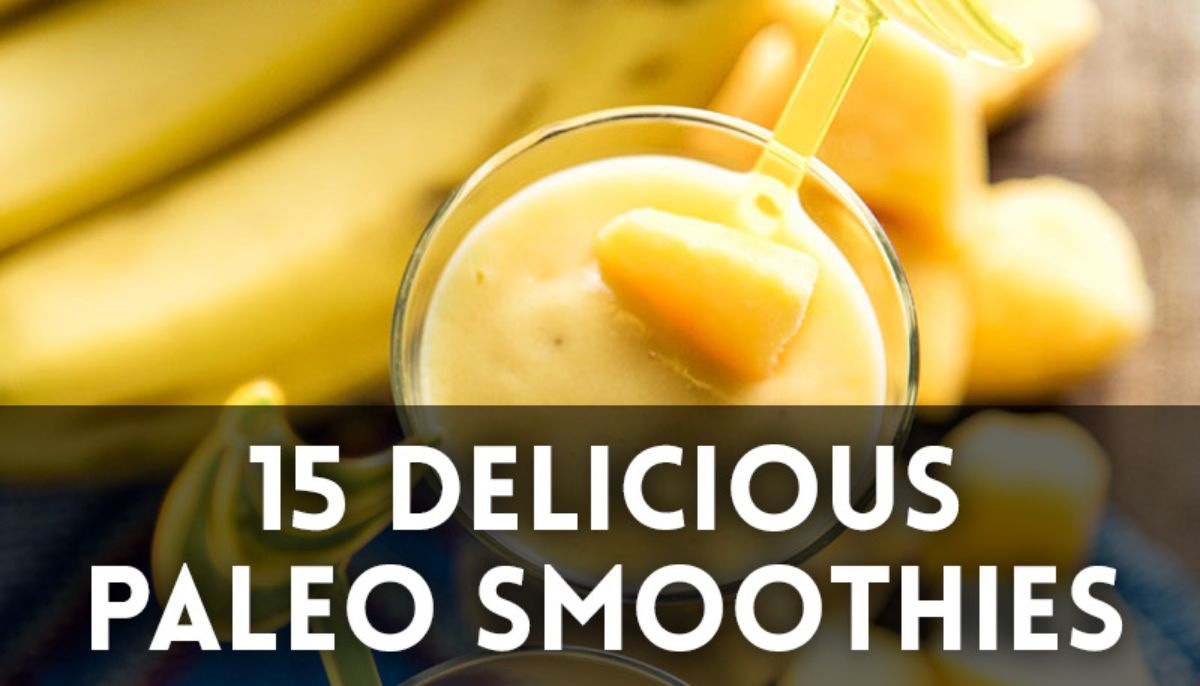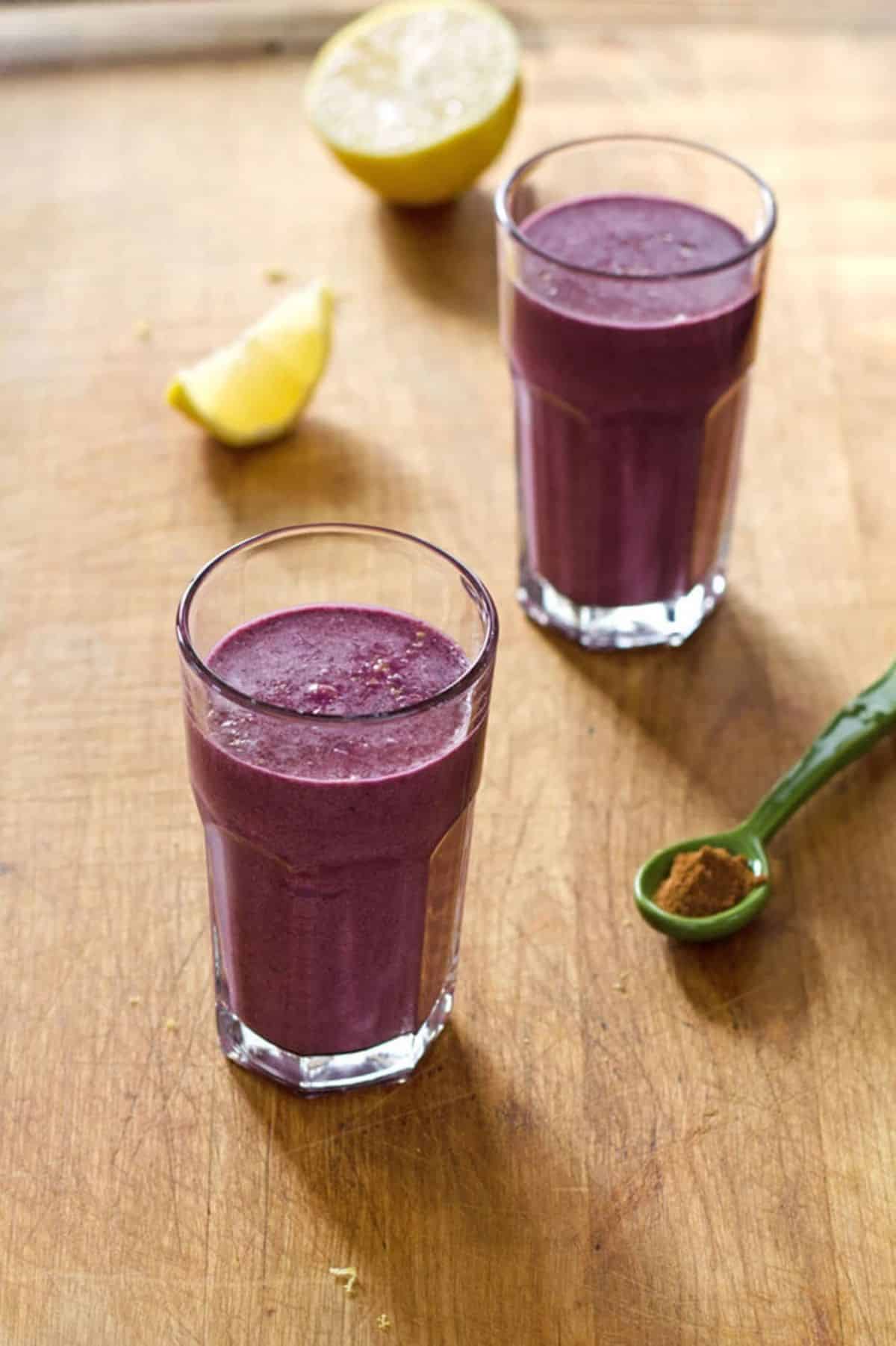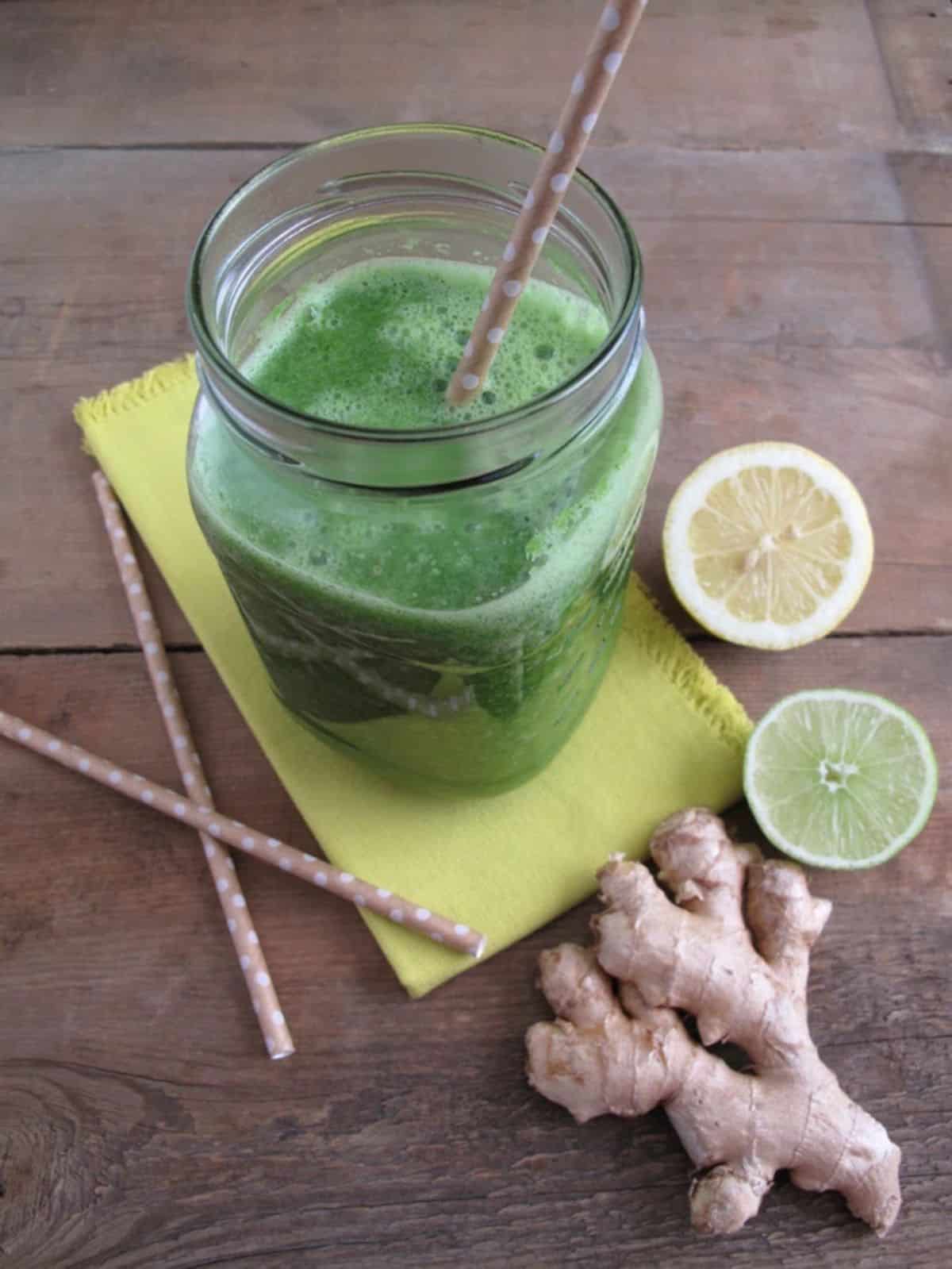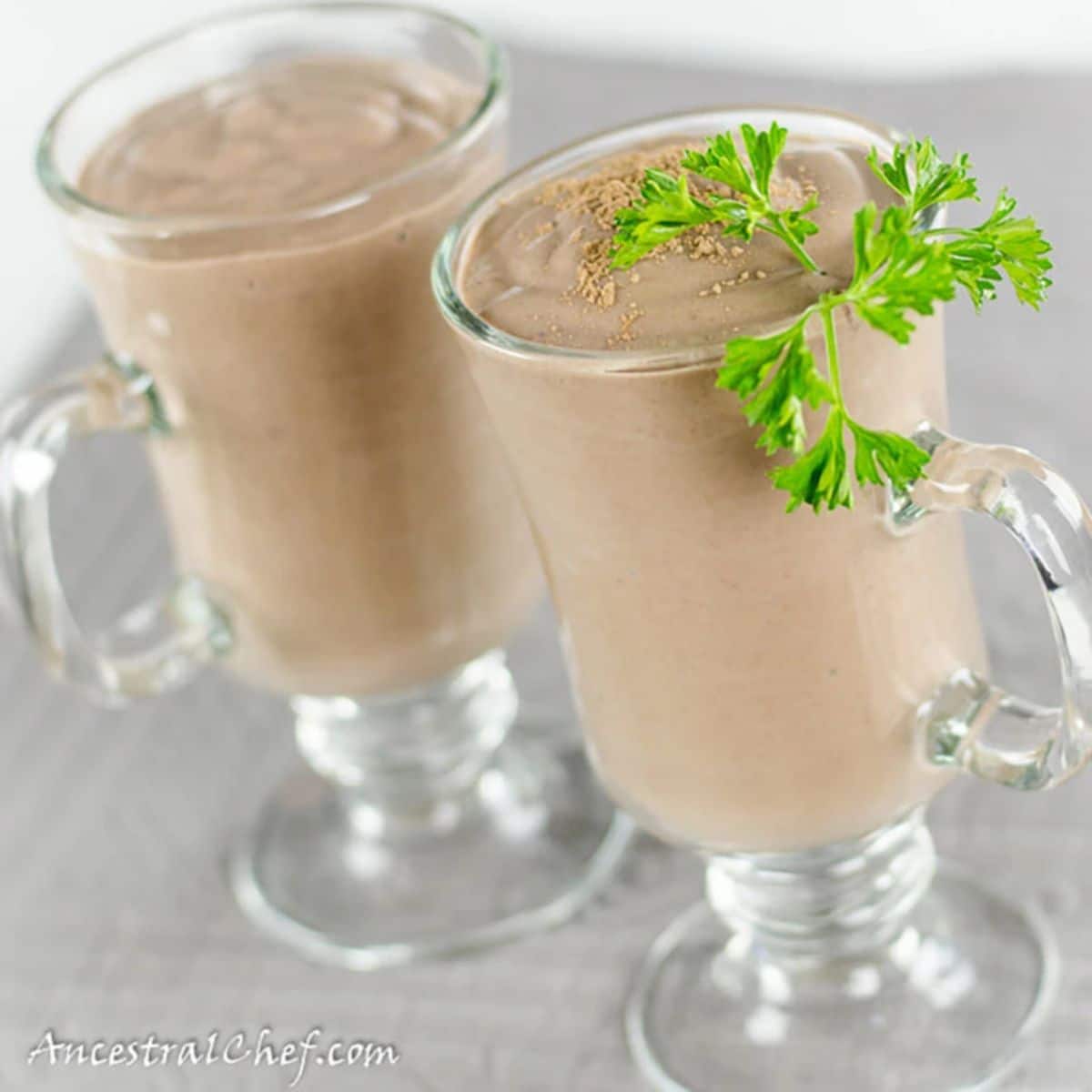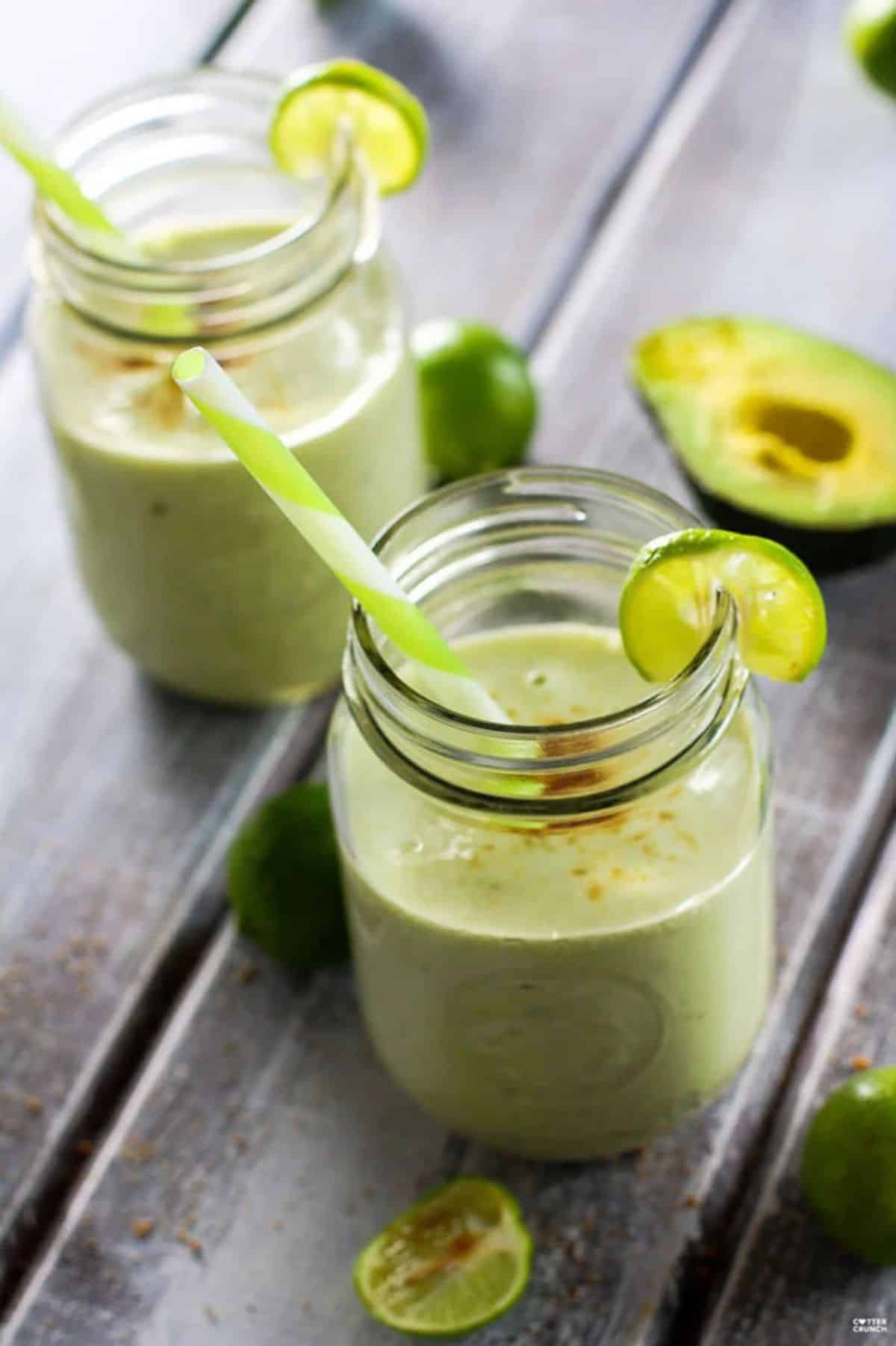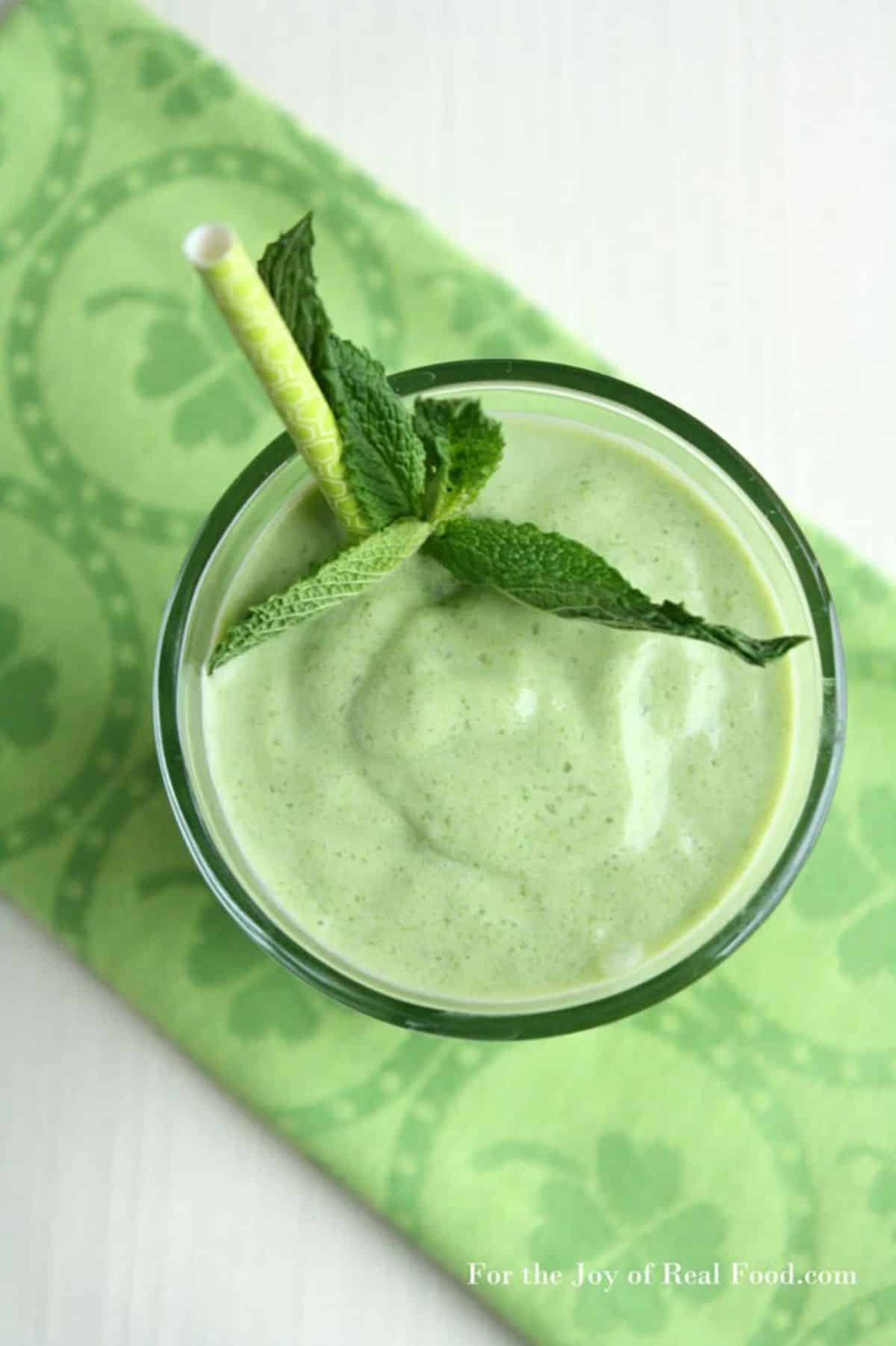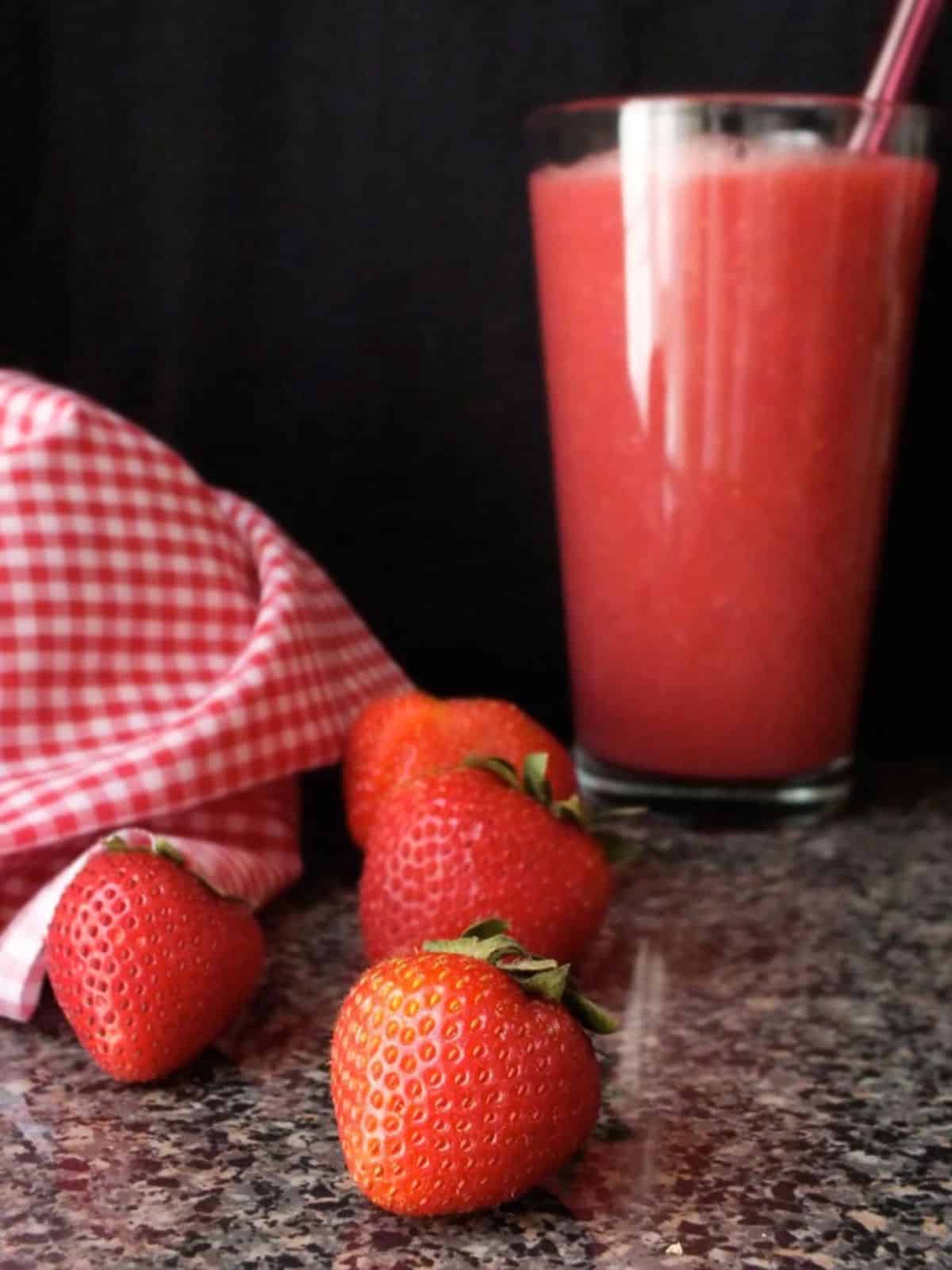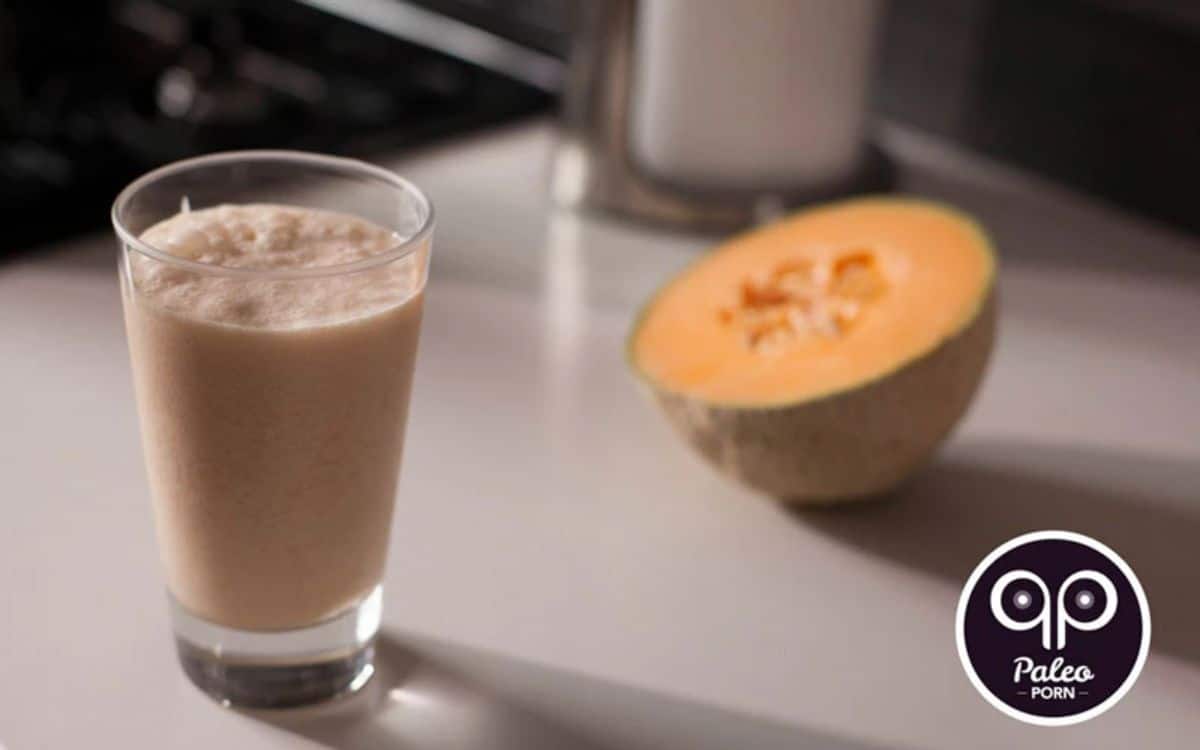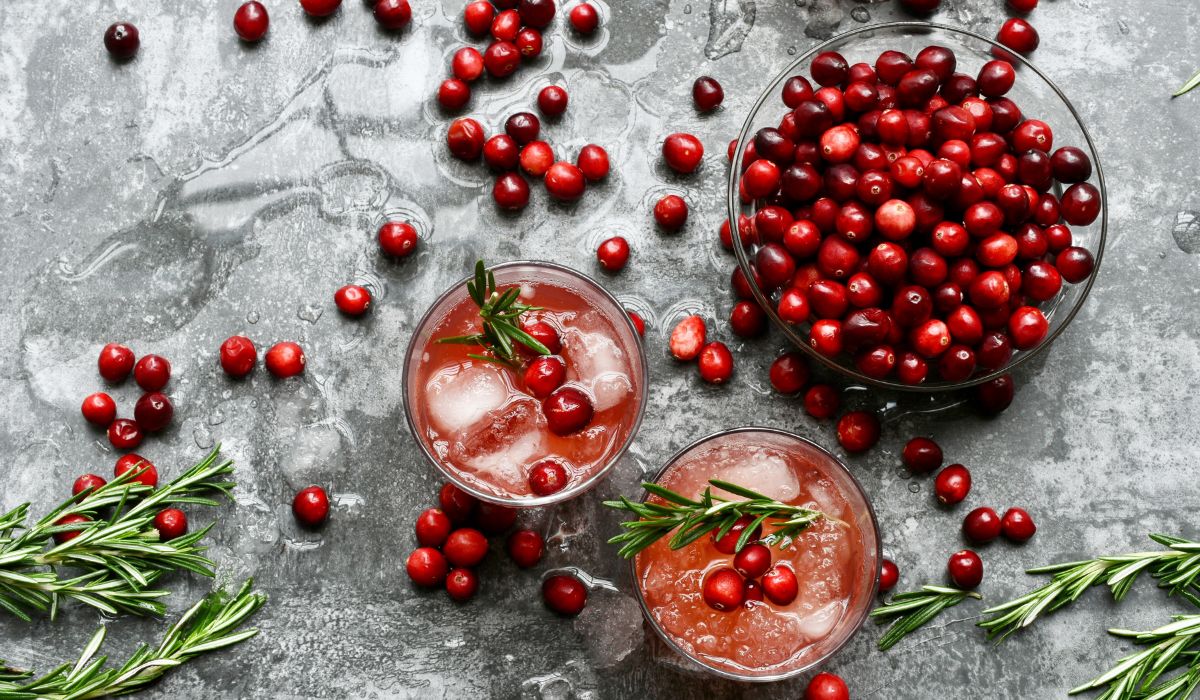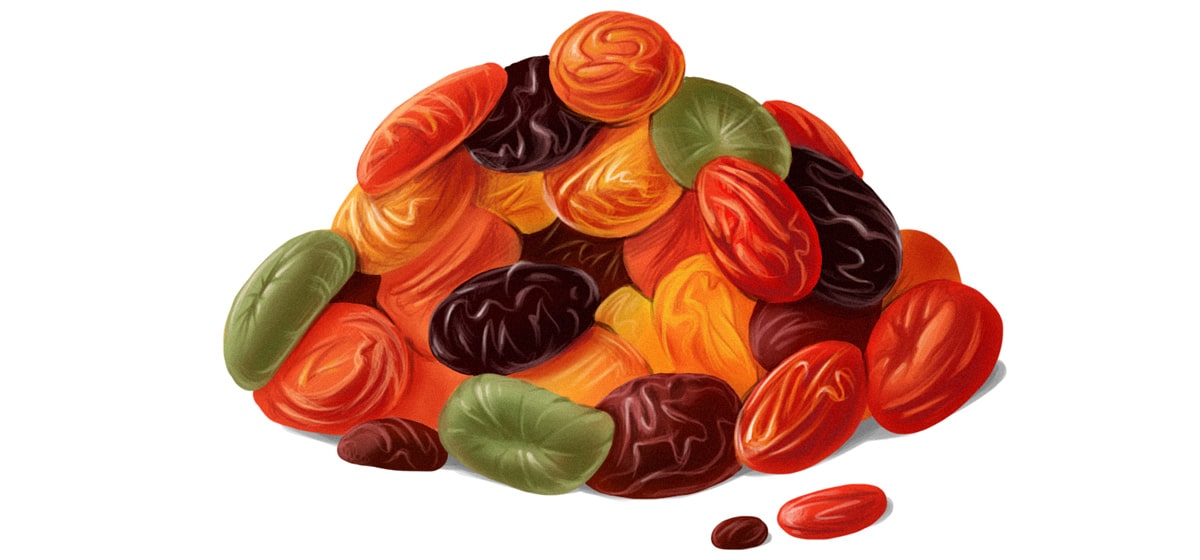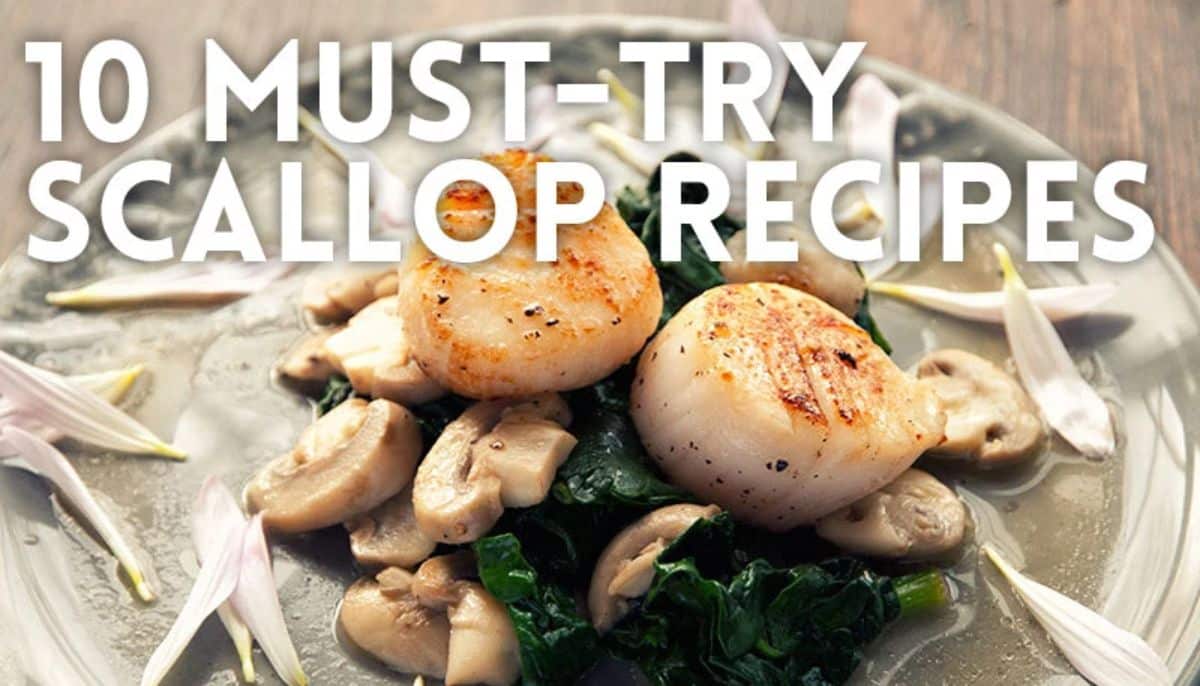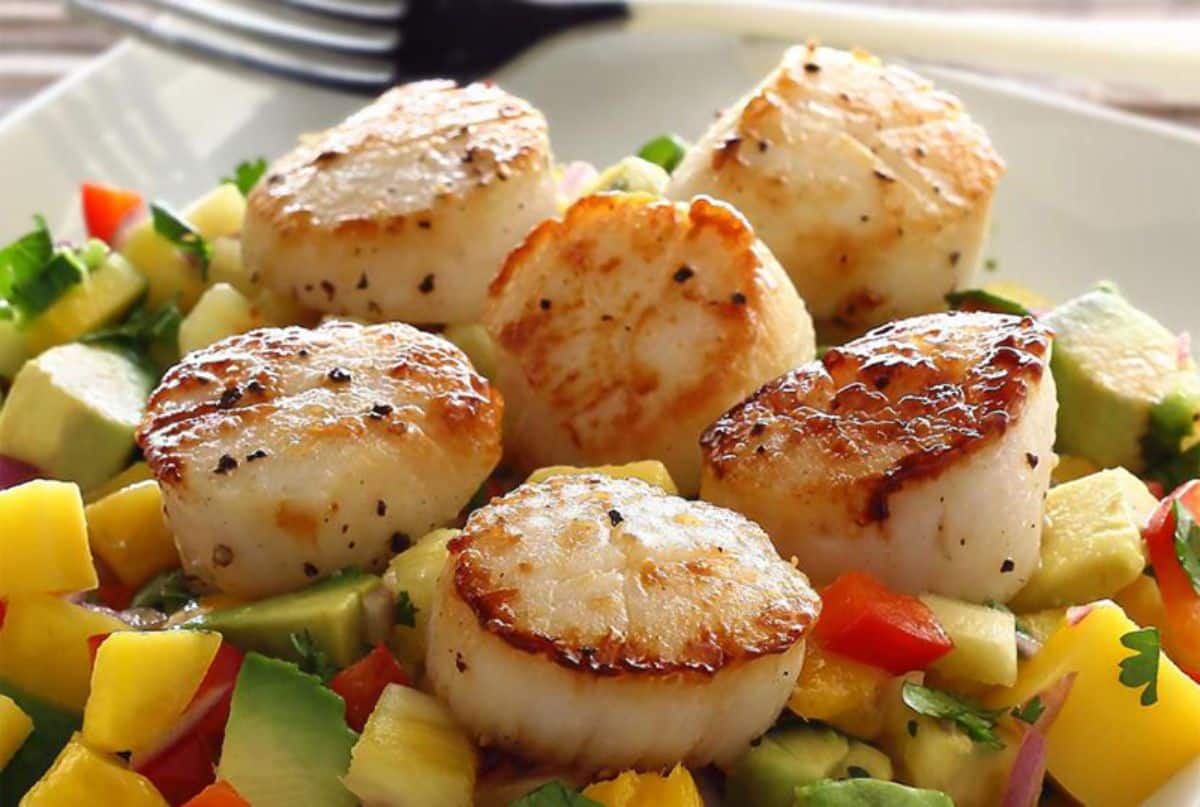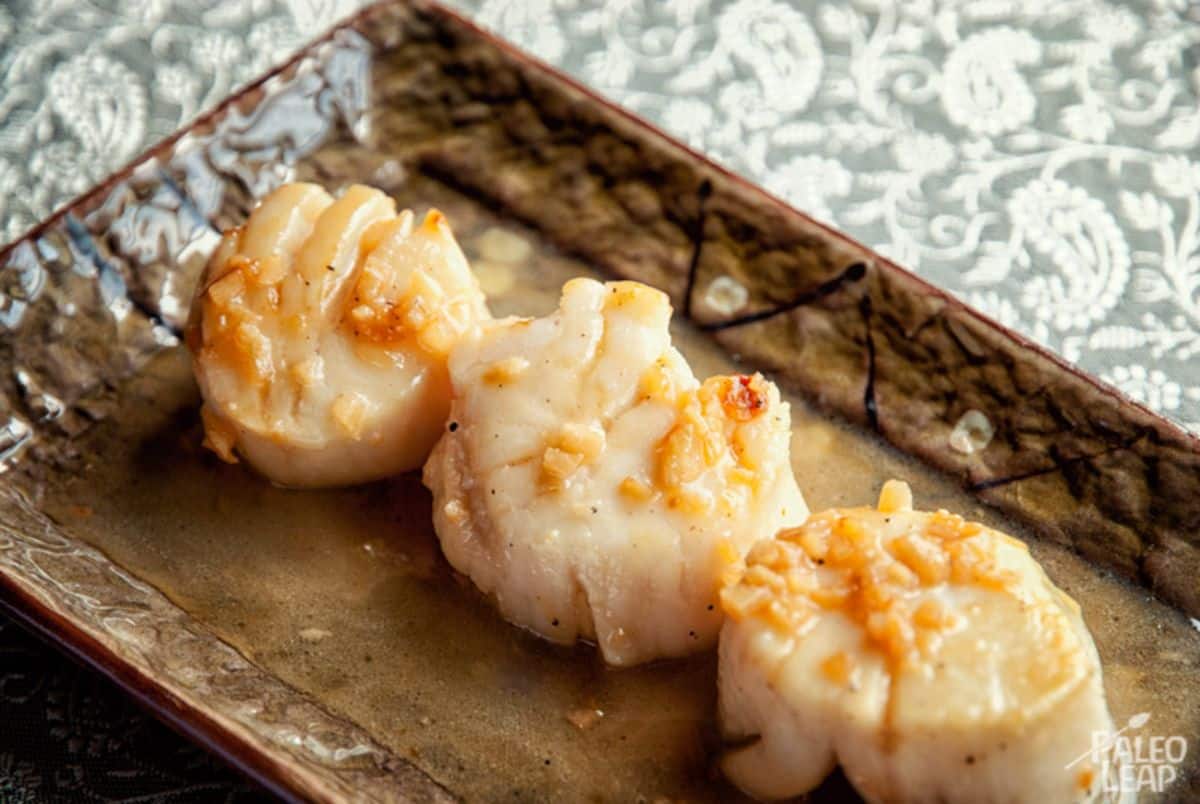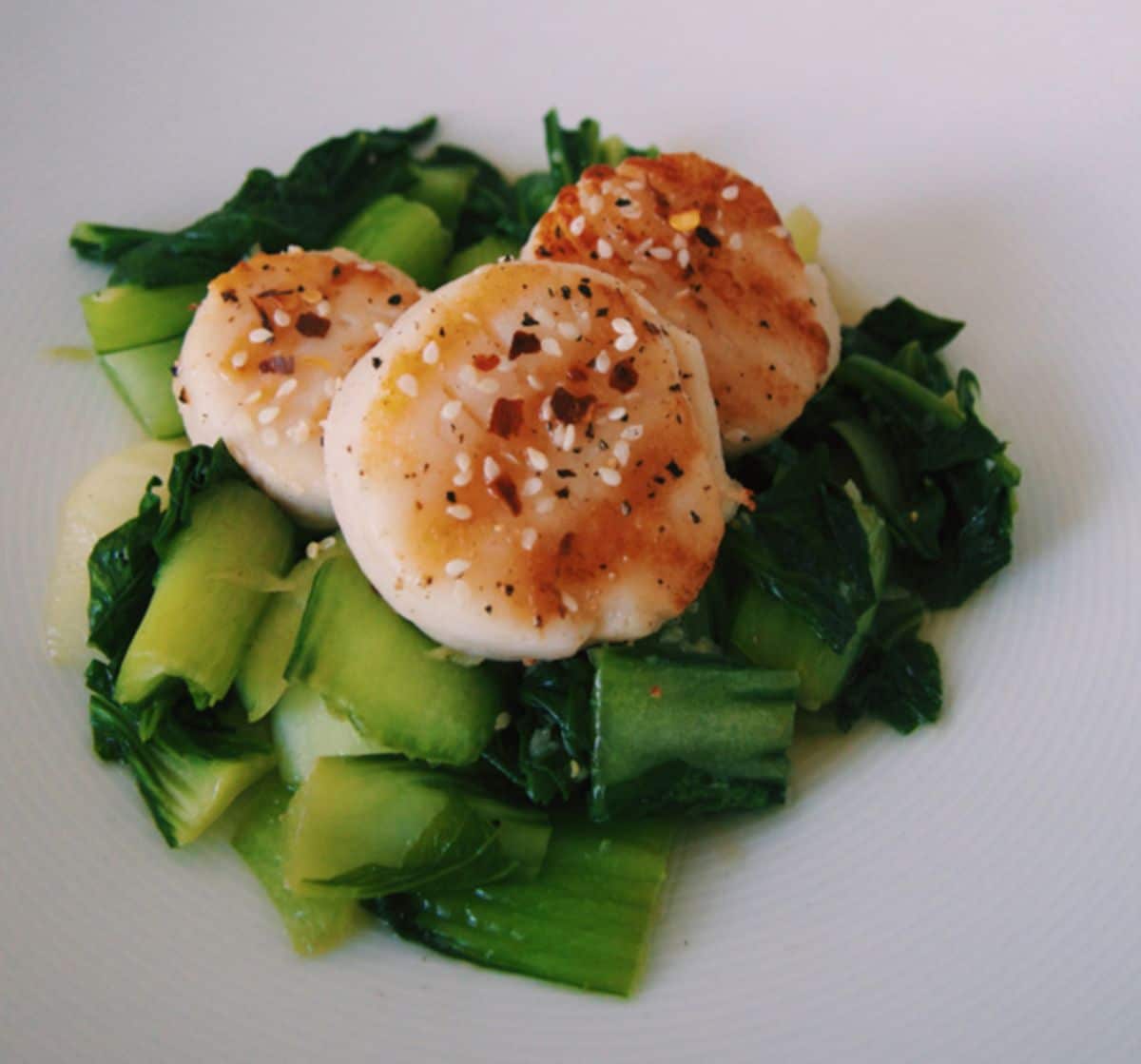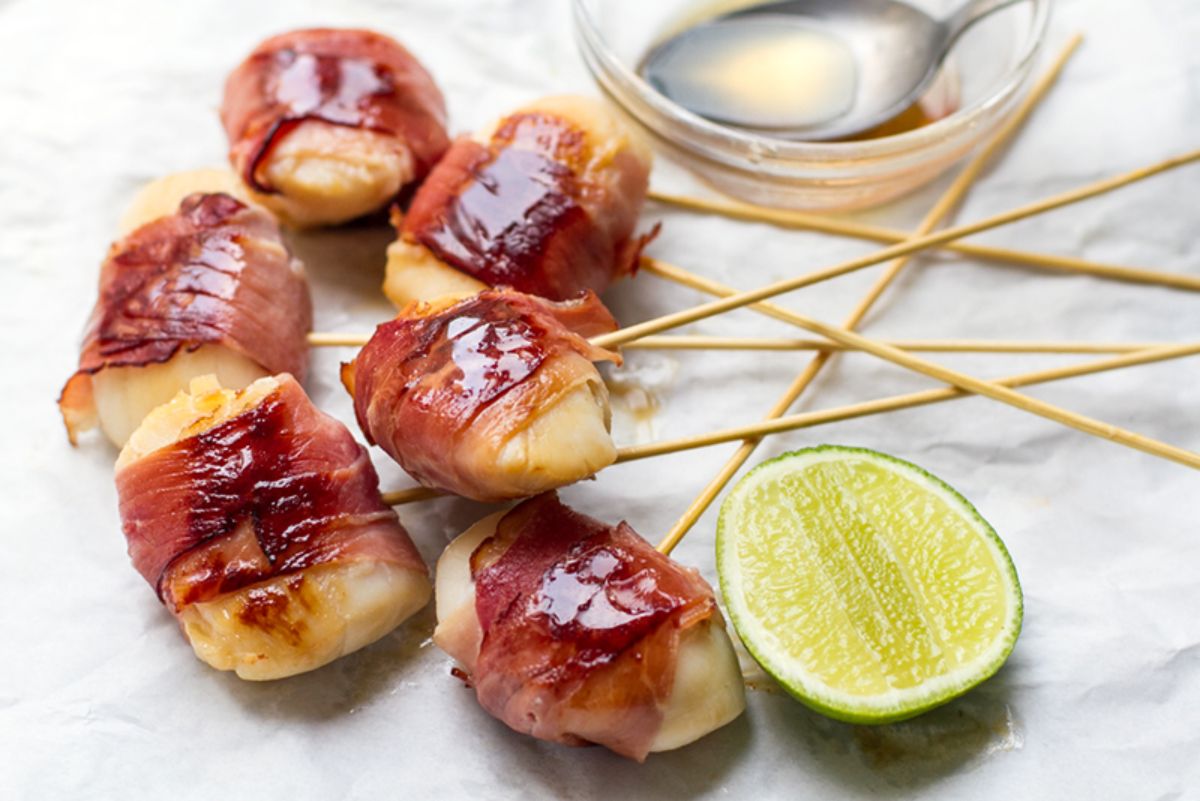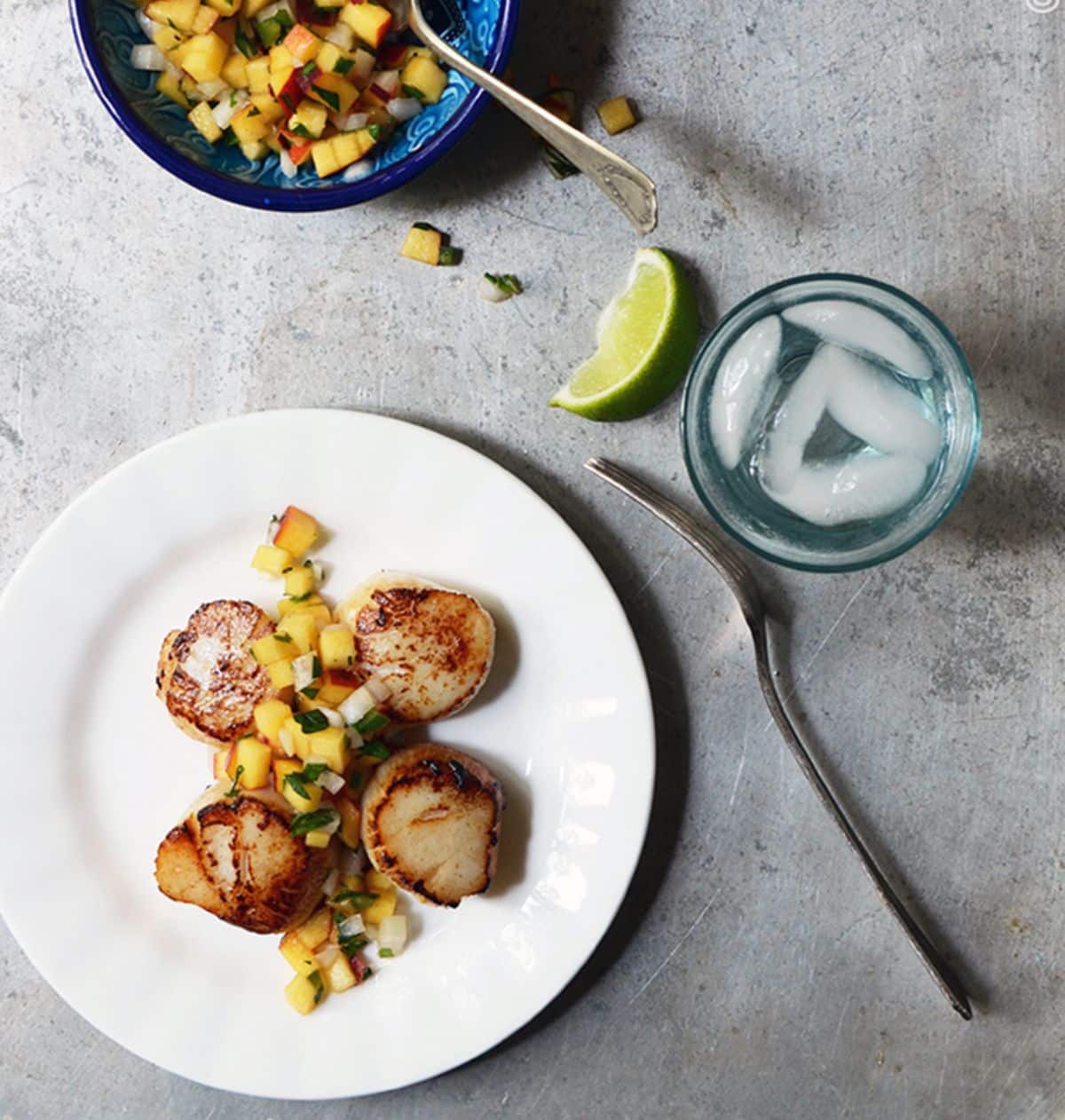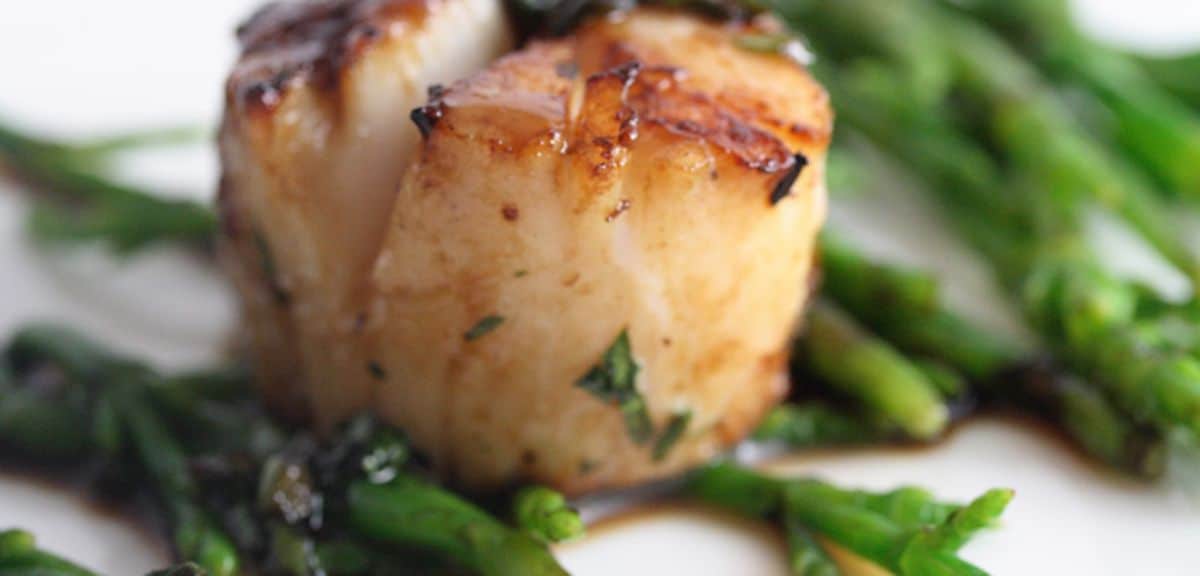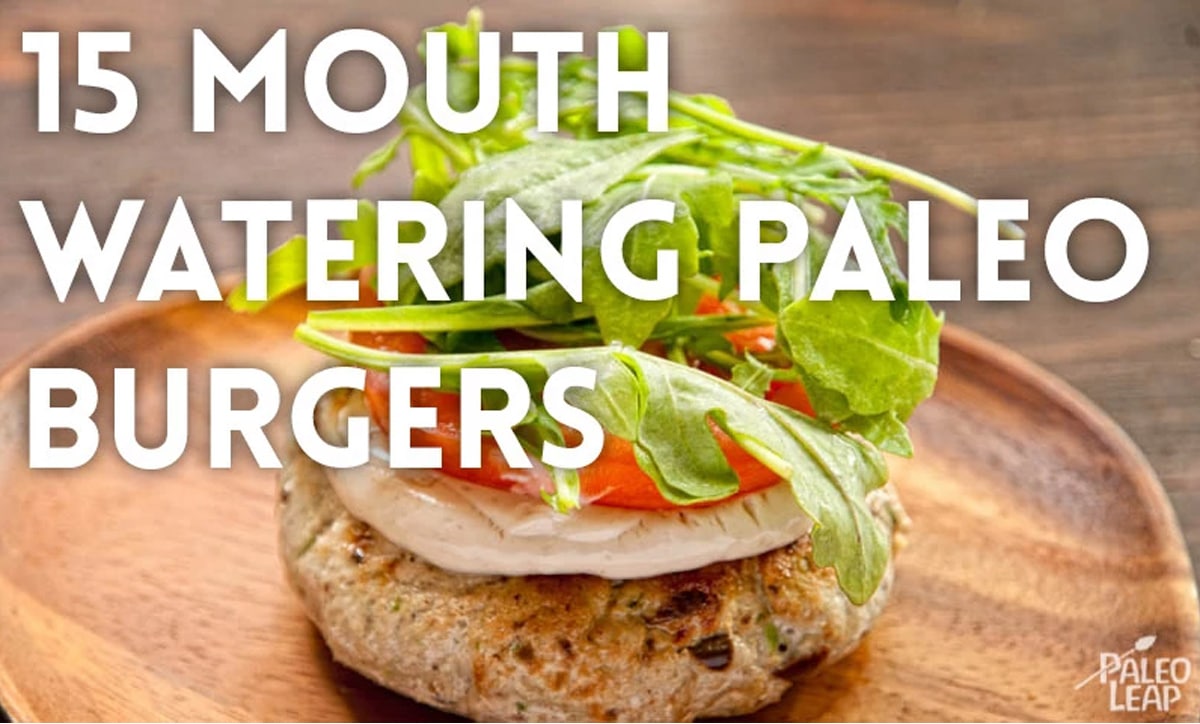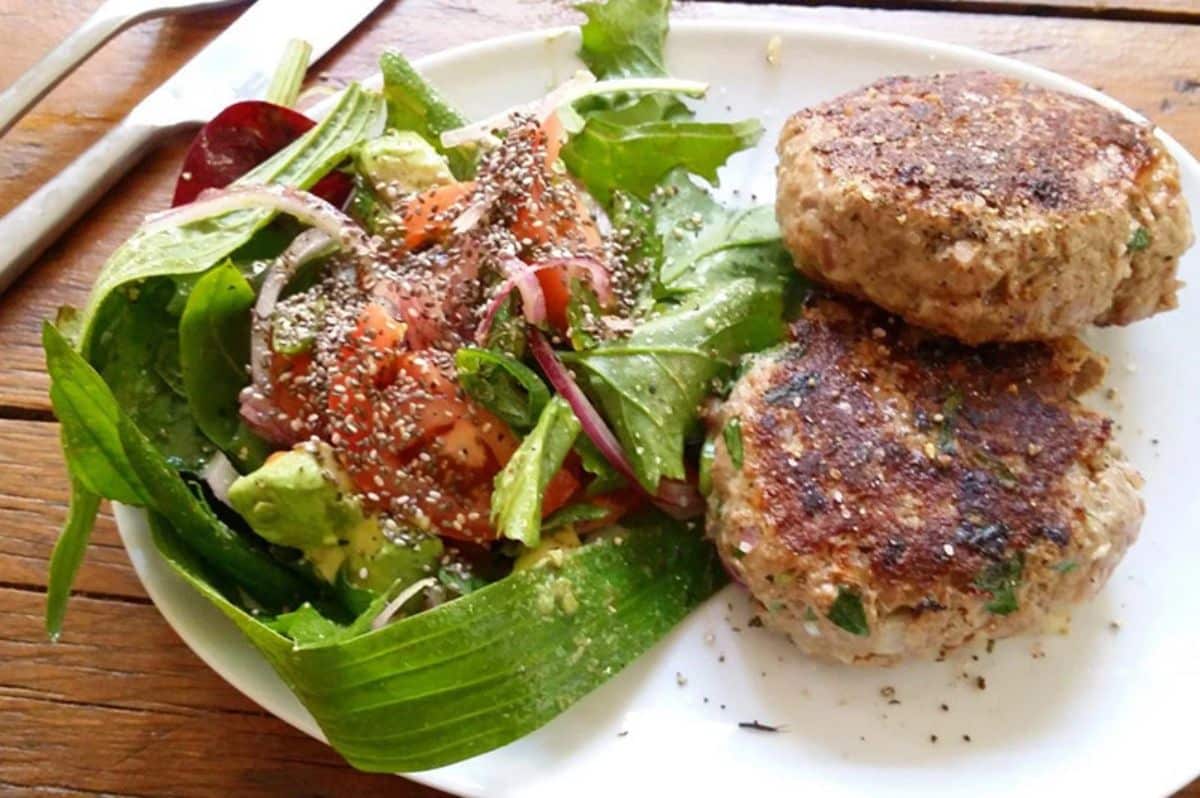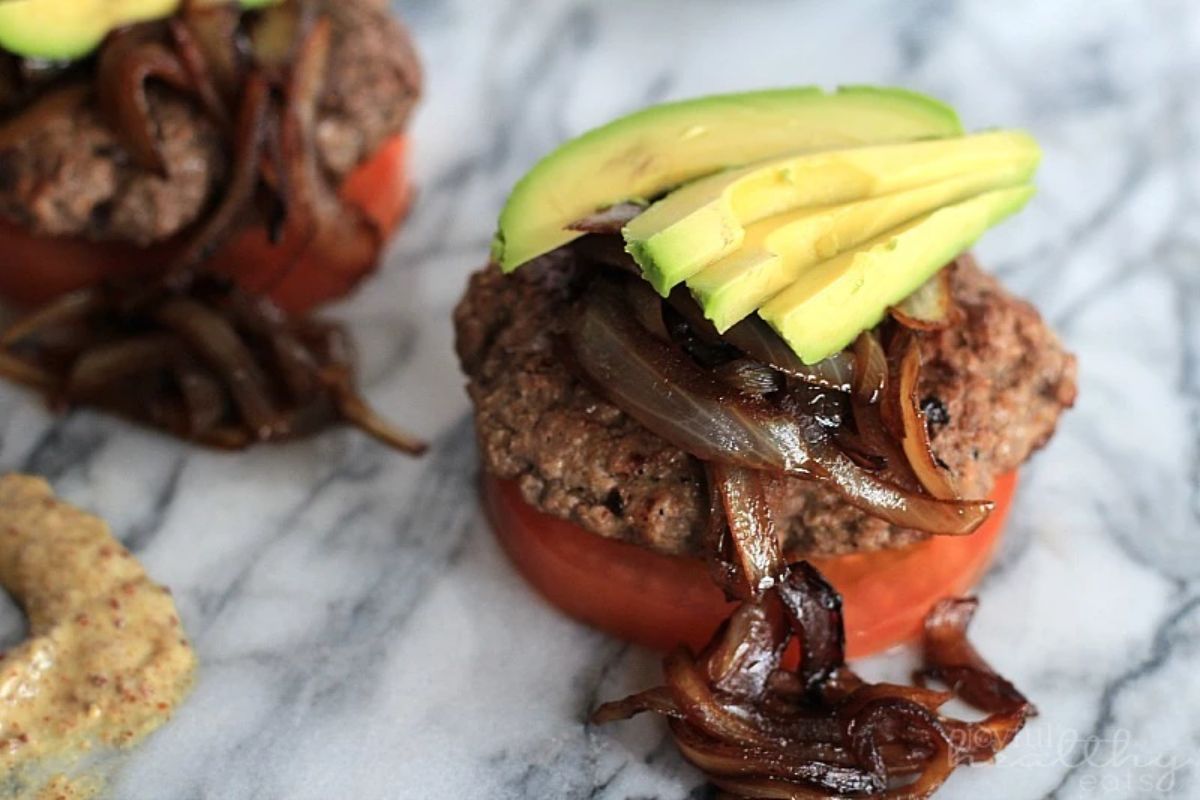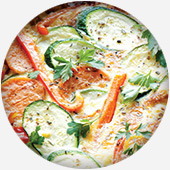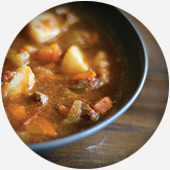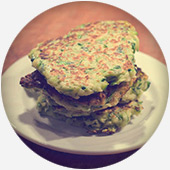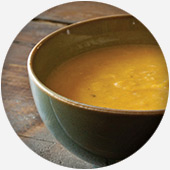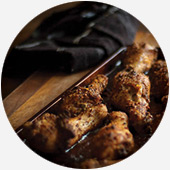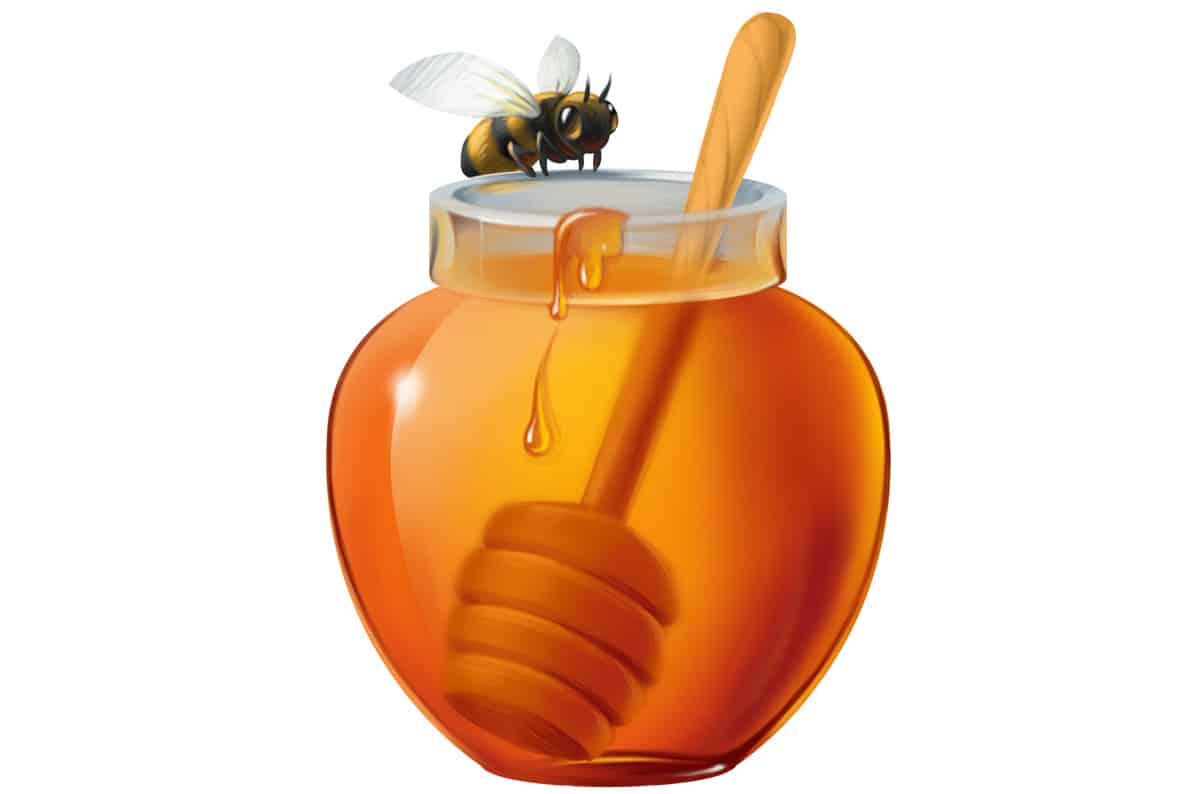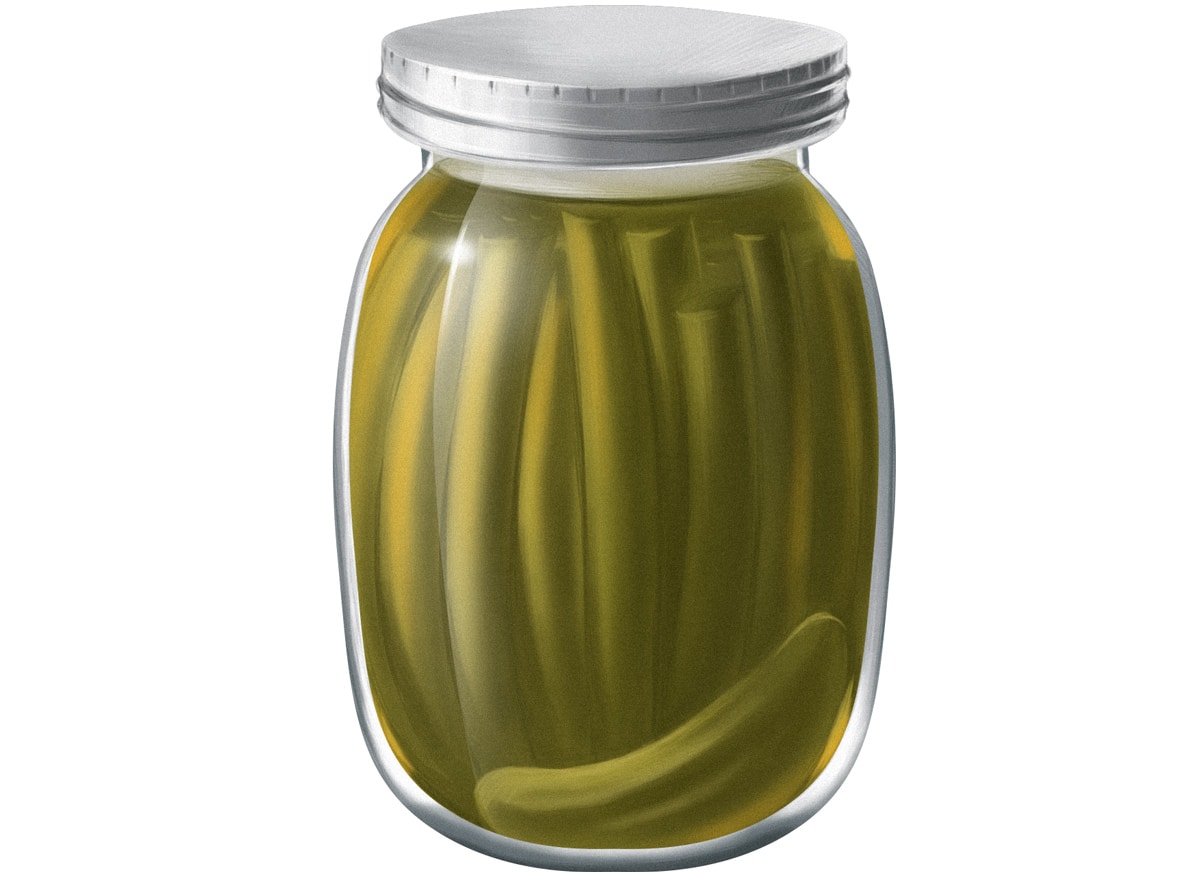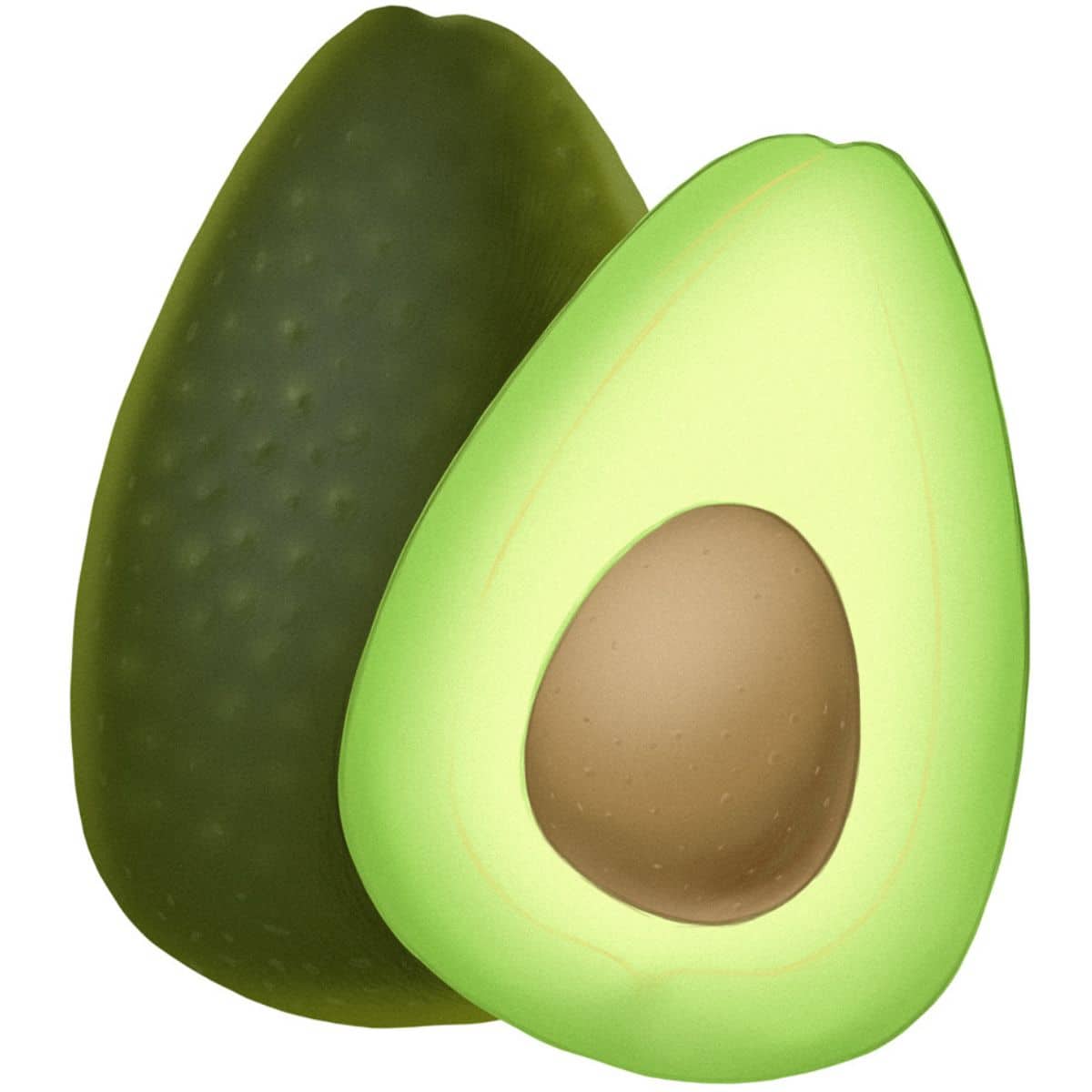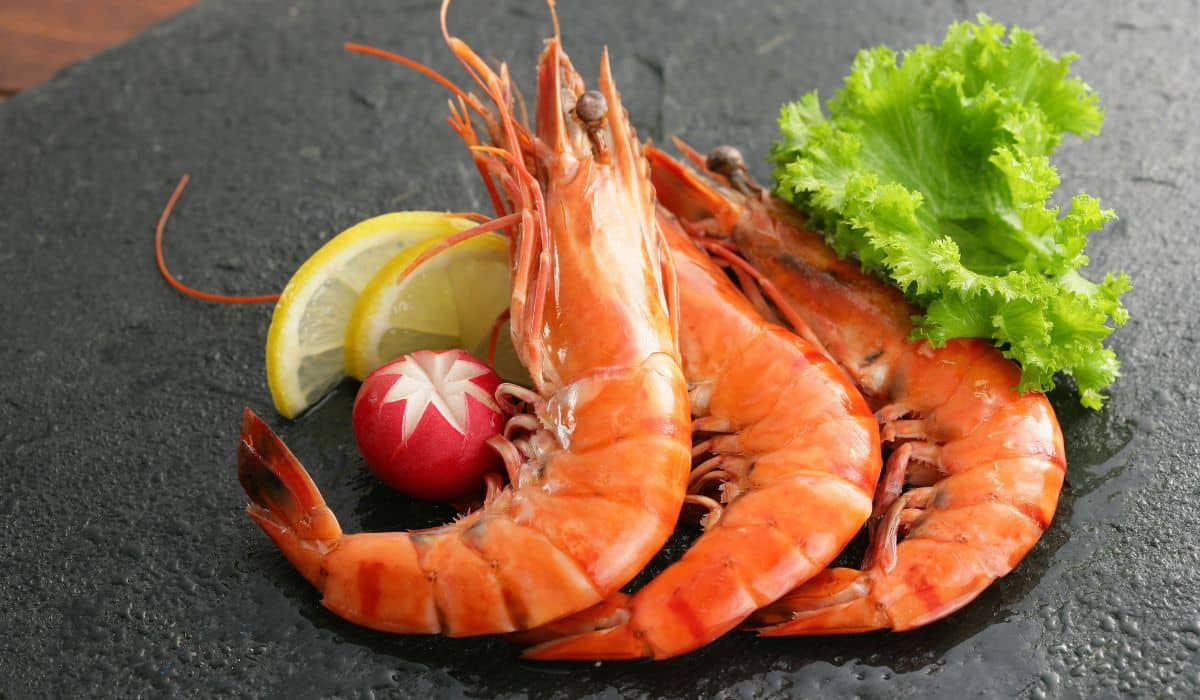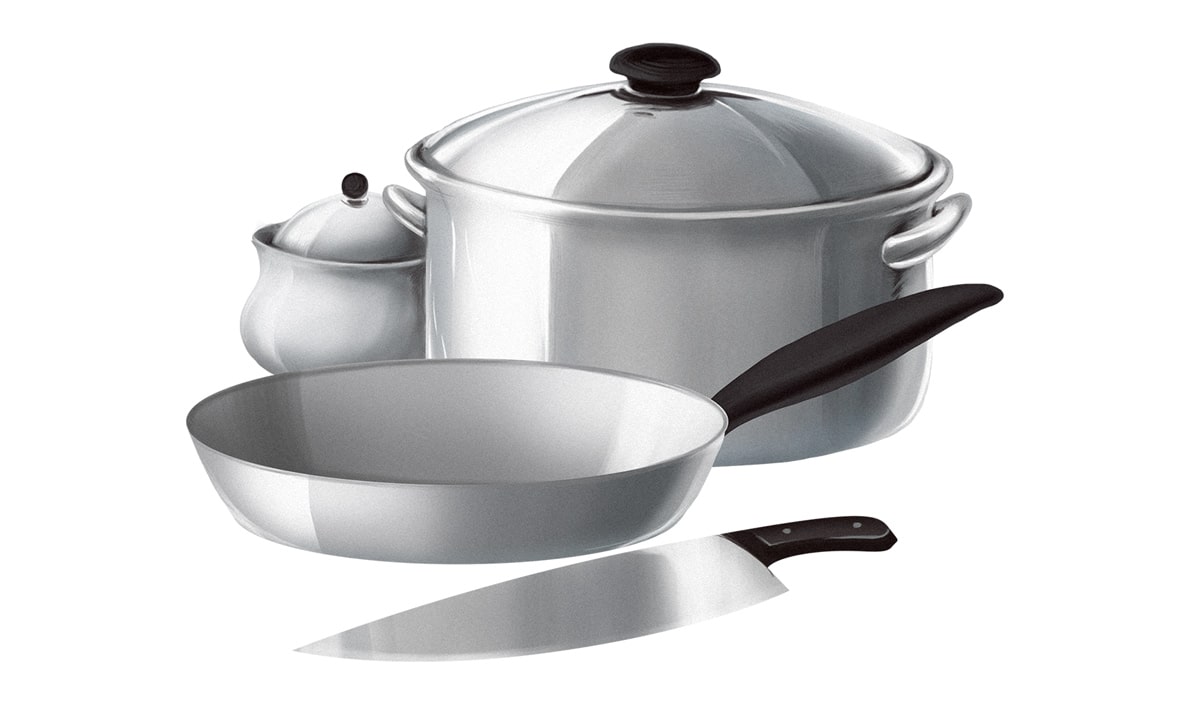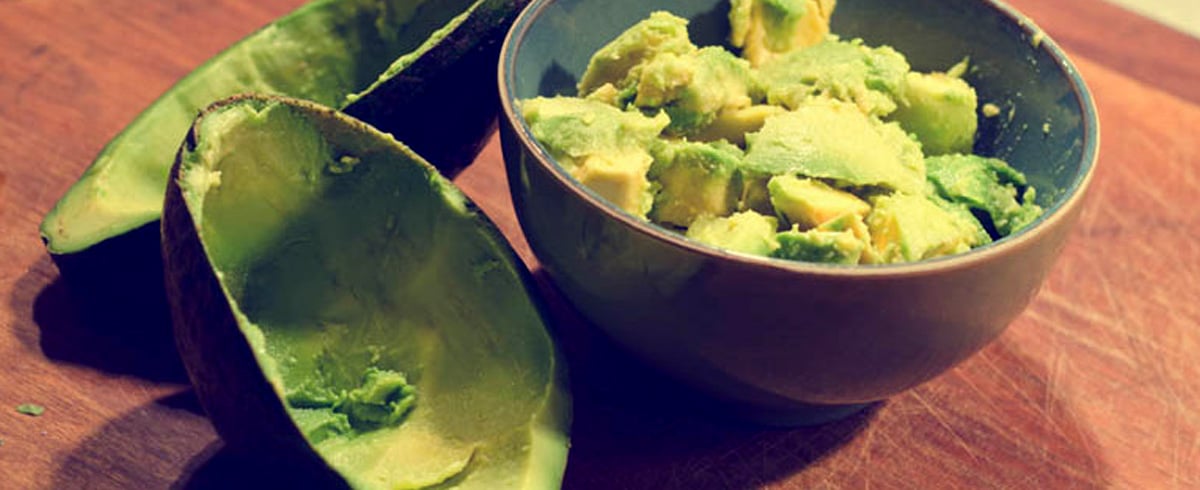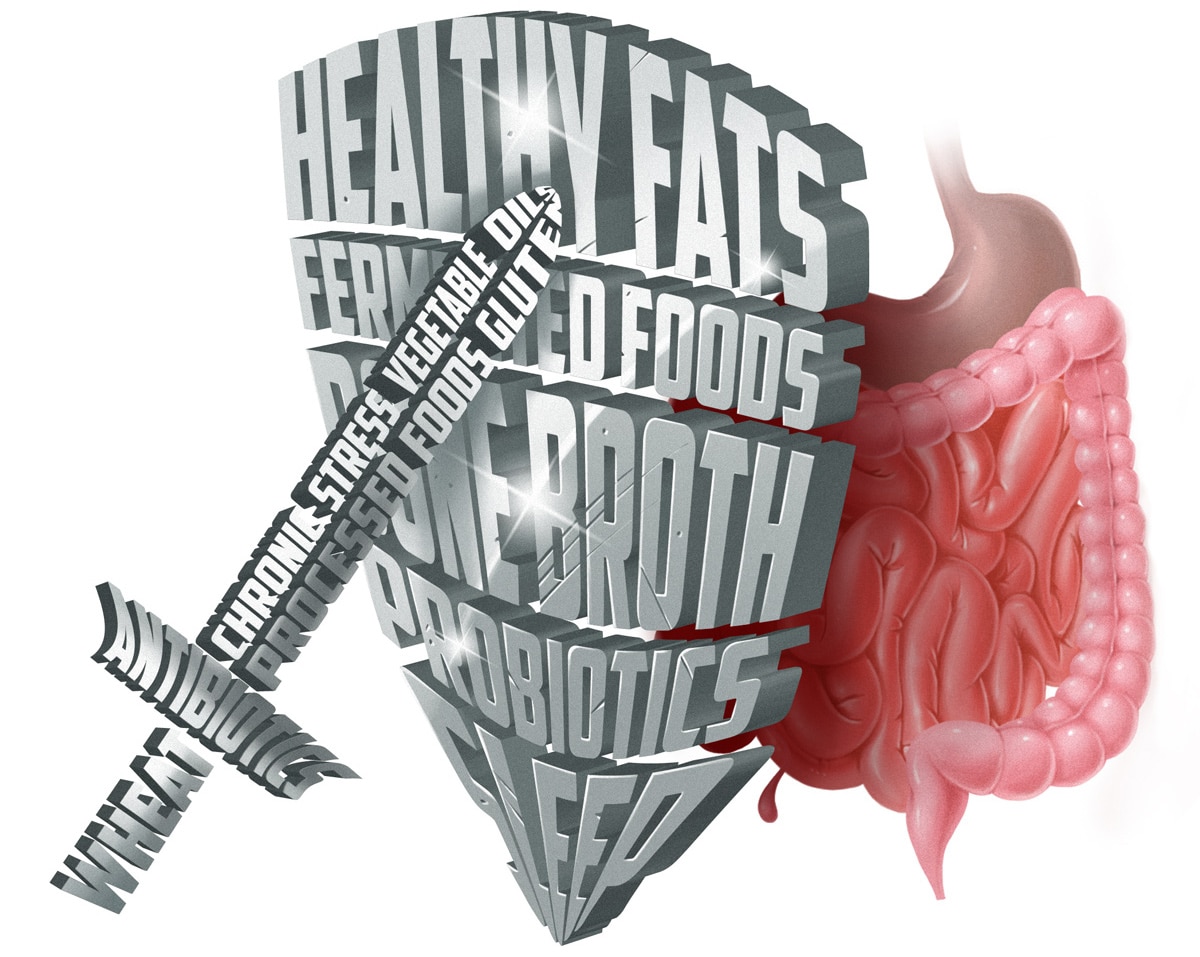Dairy can be keto-friendly and it’s a Paleo gray area, but there are a lot of people who just feel better without it. For those folks, coconut milk is often the first choice of substitutes - but if you’ve never cooked with it, coconut milk can be confusing.
Nutrition basics
Coconut milk is mostly fat, with a little bit of protein and a few carbs. It's pretty keto-friendly in reasonable amounts (unless you’re getting a sweetened type, which you shouldn’t).
| Coconut milk (½ cup) | |
| Protein | 2.3 grams |
| Fat | 24 grams |
| Carbs | 3.2 grams (and also 3.2 net, since there’s no fiber) |
| Other good stuff | Several minerals, most importantly iron and magnesium. |
Unlike cow’s milk, coconut milk has almost no calcium. If you’re hunting for a calcium source, check out these Paleo-friendly, non-dairy meals.
Types of coconut milk (have this part open on your phone at the store)
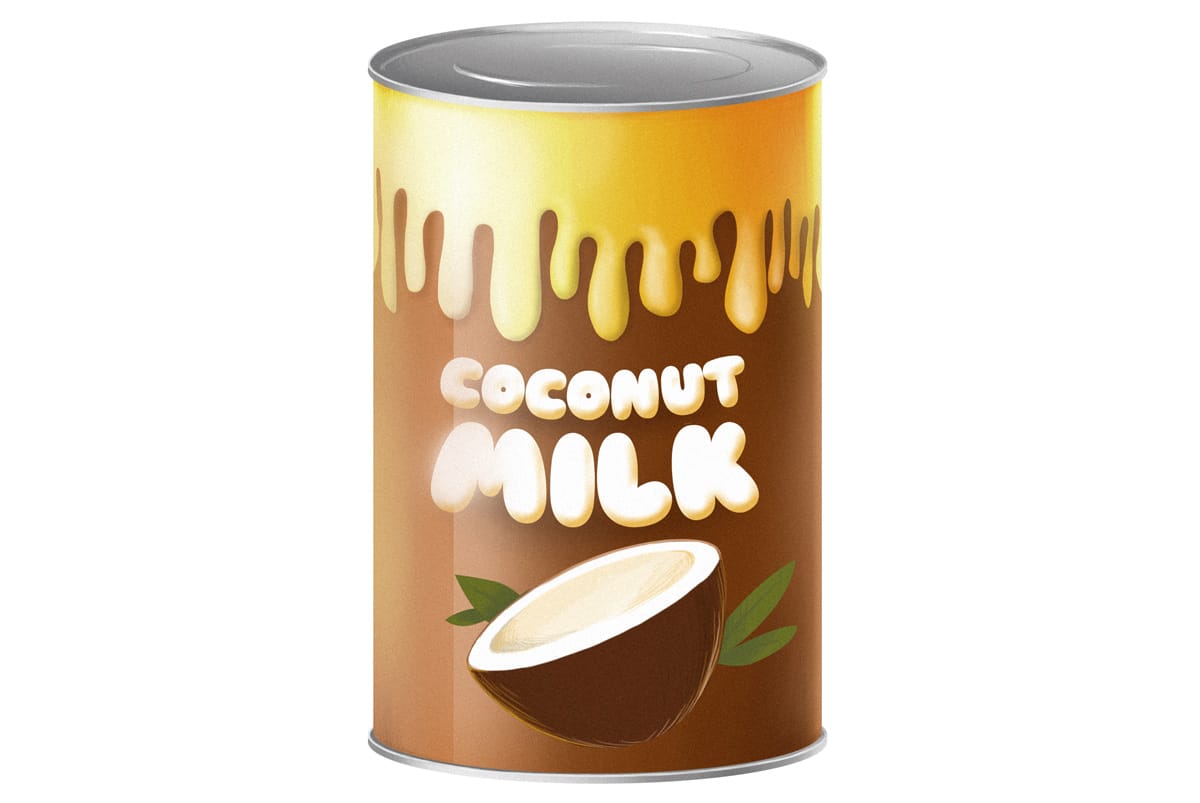
Just like cow’s milk, coconut milk has options. Not quite as many options, luckily for all of our sanity, but there are a couple choices to make.
The short version: get unsweetened, regular (not lite), canned coconut milk unless you have a specific reason to do otherwise.
- Sweetened vs. unsweetened - always get unsweetened. If you need a sweetener, you can add a Paleo one at home.
- Regular vs. lite - always get regular. Lite coconut milk is just regular coconut milk that’s been diluted with water. Usually, it’s the same price per can or only a few cents cheaper, so you’re actually getting less coconut milk for your dollar. If you need your coconut milk diluted, you can add water for free at home. If you don't use the whole can of full-fat coconut milk, you can just freeze whatever's left and then thaw and use it as necessary.
- Canned vs. boxed - in principle, it doesn’t really matter, but in practice, the coconut milk in boxes often have a lot of gross stabilizers and preservatives to make them shelf-stable at room temperature. Check the ingredients list carefully: if the ingredients are all right, then either canned or boxed is equally good, but in practice, you’re more likely to get decent ingredients with the canned.
- Coconut cream vs. coconut milk - get coconut cream if you want more of a whipped cream/heavy cream experience. Usually this would be for a dessert. Get coconut milk for anything else. (e.g., curries, stews, soups, hot chocolate)
Canned coconut milk should be in the middle aisles, sometimes with the powdered/canned milk and sometimes with the Asian food.
Now, how do you cook with it?
Cooking with coconut milk
Unfortunately, you can’t just substitute coconut milk 1:1 for “regular” milk in all recipes. It doesn’t have the same proteins and sugars as cow’s milk, so for finicky things like baking, it just won’t work in exactly the same way. Also, in some applications, it doesn’t taste quite right - you wouldn’t sit down and drink a big glass of it, and most people wouldn’t pour it over cereal. But once you know how to work with it, it’s pretty low-maintenance and extremely delicious.
What can you cook with coconut milk?

Soups, curries, and stews - coconut milk is an amazing base liquid for all kinds of soups - if you want a warmer, richer, creamier taste, just throw in a can of coconut milk and enjoy! Try it in...
- Curries - like this keto-friendly chicken curry or curried cauliflower and kale soup. Or try this coconut curry soup.
- Pureed soups - where you might normally use cream or milk, just throw in coconut milk instead. Try it in this zucchini soup with sweet potato scoops of creamy asparagus soup.
- "Cream of _____ soup” - if you’re missing cream of broccoli or cream of spinach soup, go right ahead and make some, no dairy required.
Coconut milk has a mild, creamy flavor that adds a rich undertone to any kind of soup or stew you put it in. And it’s super easy to use.
Almost any cut of meat - coconut milk is a great cooking liquid for meat because it adds a great flavor and goes with almost any type of seasoning. Try using it to braise lean cuts like pork loin. Or use coconut milk as a combination cooking liquid and flavor delivery vehicle for chicken drumsticks, coconut cajun pork chops, slow-cooker coconut-ginger chicken, or even coconut curry shrimp.
Sauces and dressings - it’s easy to under-appreciate the dressings aisle of the grocery store until you go Paleo and suddenly your options narrow down dramatically. Even with the explosion of “real food” condiments in recent years, it’s still sometimes hard to find what you need, especially at an affordable price.
Coconut milk can substitute for dairy ingredients in all kinds of sauces and dressings. Check out some recipes:
- This grilled chicken recipe, featuring a buttermilk dressing made with coconut milk
- Chicken with coconut-mango sauce
- AIP grilled salmon with avocado-coconut sauce
- Mediterranean-style chicken with coconut dill sauce
- The coconut dressing for this chicken butternut salad
Desserts - who doesn’t love a good Paleo dessert. Paleo baking doesn’t use coconut milk the same way that “regular” baking uses cow’s milk, but there’s no reason to miss out on that delicious richness in all kinds of desserts, like...
- Coconut milk hot chocolate
- Coconut tapioca pudding
- Paleo eggnog
- Paleo carrot cake (for this one, you’d want to buy coconut cream instead of coconut milk).
- Caramel apple chia parfaits
Coconut cream also makes a great topping for Paleo cake, scones, or other delicacies.
Miscellaneous cooking notes
A few extra tips and tricks:
- It's normal for coconut milk to separate into two layers, with a thicker layer of cream at the top of the can and a thinner layer of watery coconut milk below. If you want the cream separately, this is perfect; if you don't, just shake the can before opening or stir it after opening to re-mix the two halves.
- Coconut milk freezes well. If you only use half a can, go ahead and freeze the leftovers.
- Not everyone reacts well to coconut milk. Some people are allergic to coconut; other people just don't tolerate it. If you're in this camp, check out other dairy alternatives like almond milk - no point in forcing the coconut issue if your body isn't happy with it.
How do you use coconut milk?
Got a favorite recipe? A tip for cooking with coconut milk/coconut cream? Share on Facebook or Twitter!

